PHOTOS: Snowy Riversides and Magical Mountains of Croatia in January 2022
January 28, 2022 – The snowy riversides and magical mountains of Croatia in January 2022 show a spectacular and all-natural winter wonderland.
Snow finally stuck to the streets of central Zagreb for a couple of days this week. Early morning temperatures dropped to the lowest yet of this winter. Despite the chill, clear skies and sunshine days were enough to see the snow soon melt away.
But, far from the city, the snowy riversides and magical mountains of Croatia in January 2022 have kept their white blanket for longer. These all-natural landscapes look epic after the snowfall. For winter walkers and climbers – or even just lovers of photography – these images are way more spectacular than the bright lights and theatre of the Advent season.
Let's take a closer look at the winter wonderland of snowy riversides and magical mountains of Croatia in January 2022.
Gorski Kotar
Delnice, Lokve, Fužine, Stara Sušica, Ravna Gora
 © Turistička zajednica Gorskog kotara
© Turistička zajednica Gorskog kotara
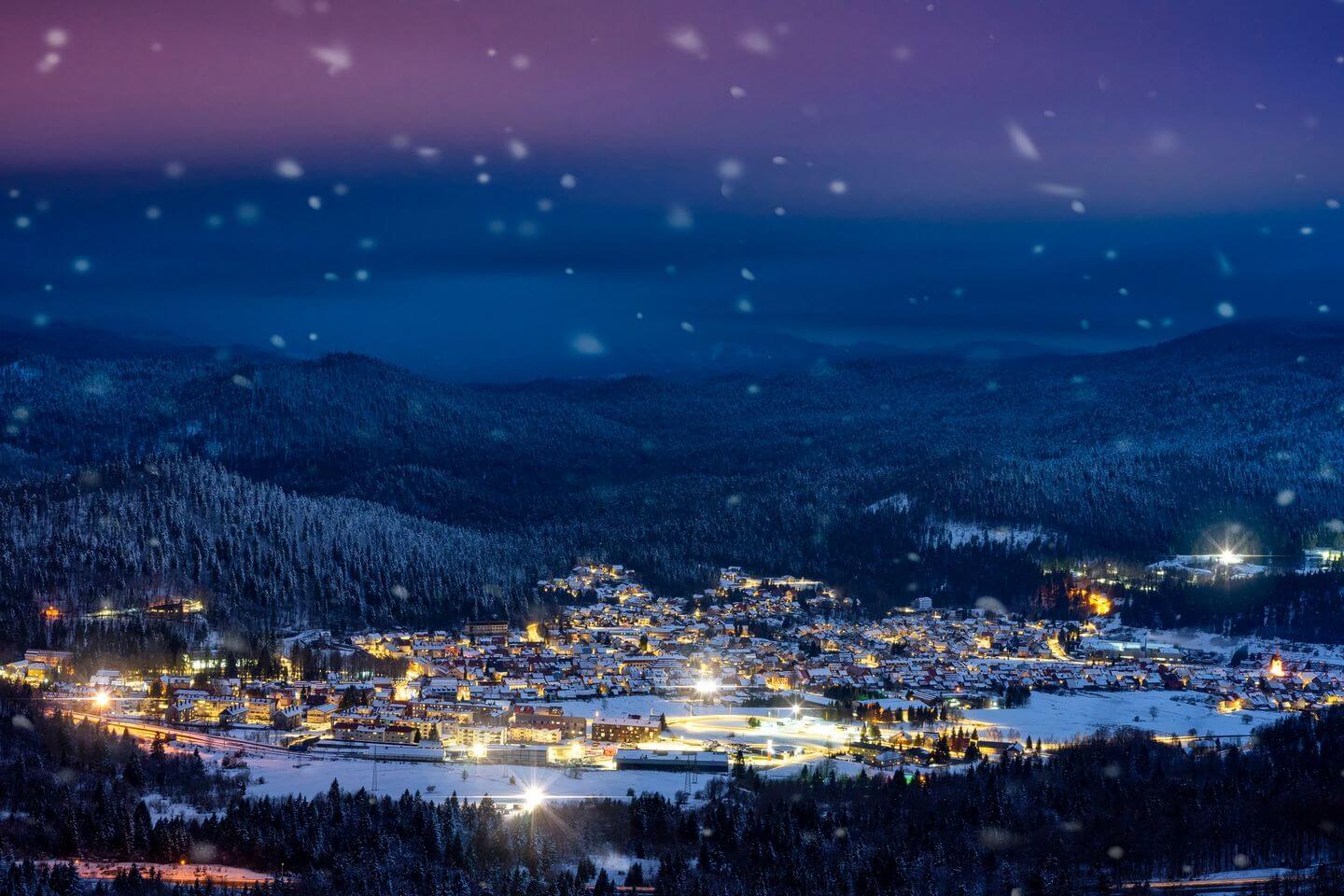 © Turistička zajednica Gorskog kotara
© Turistička zajednica Gorskog kotara
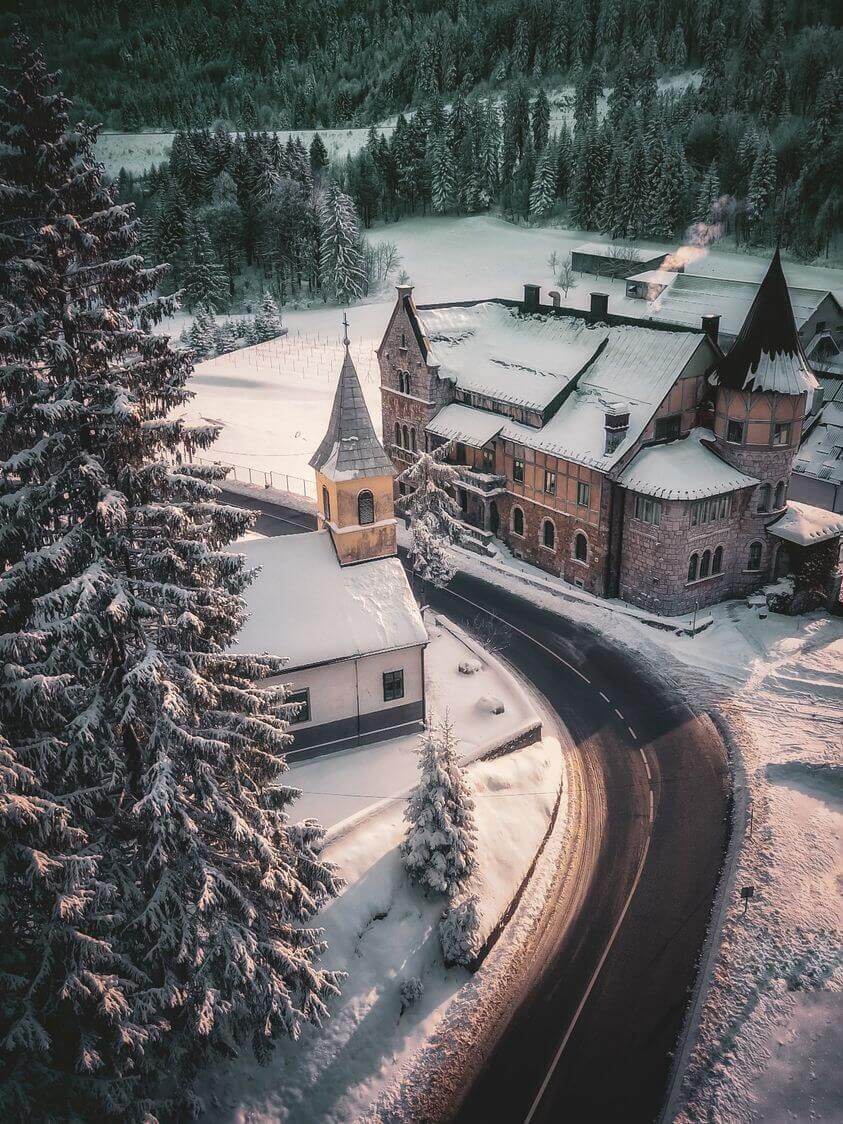 From above, Dvorac Stara Sušica © Vladimir Franolić
From above, Dvorac Stara Sušica © Vladimir Franolić
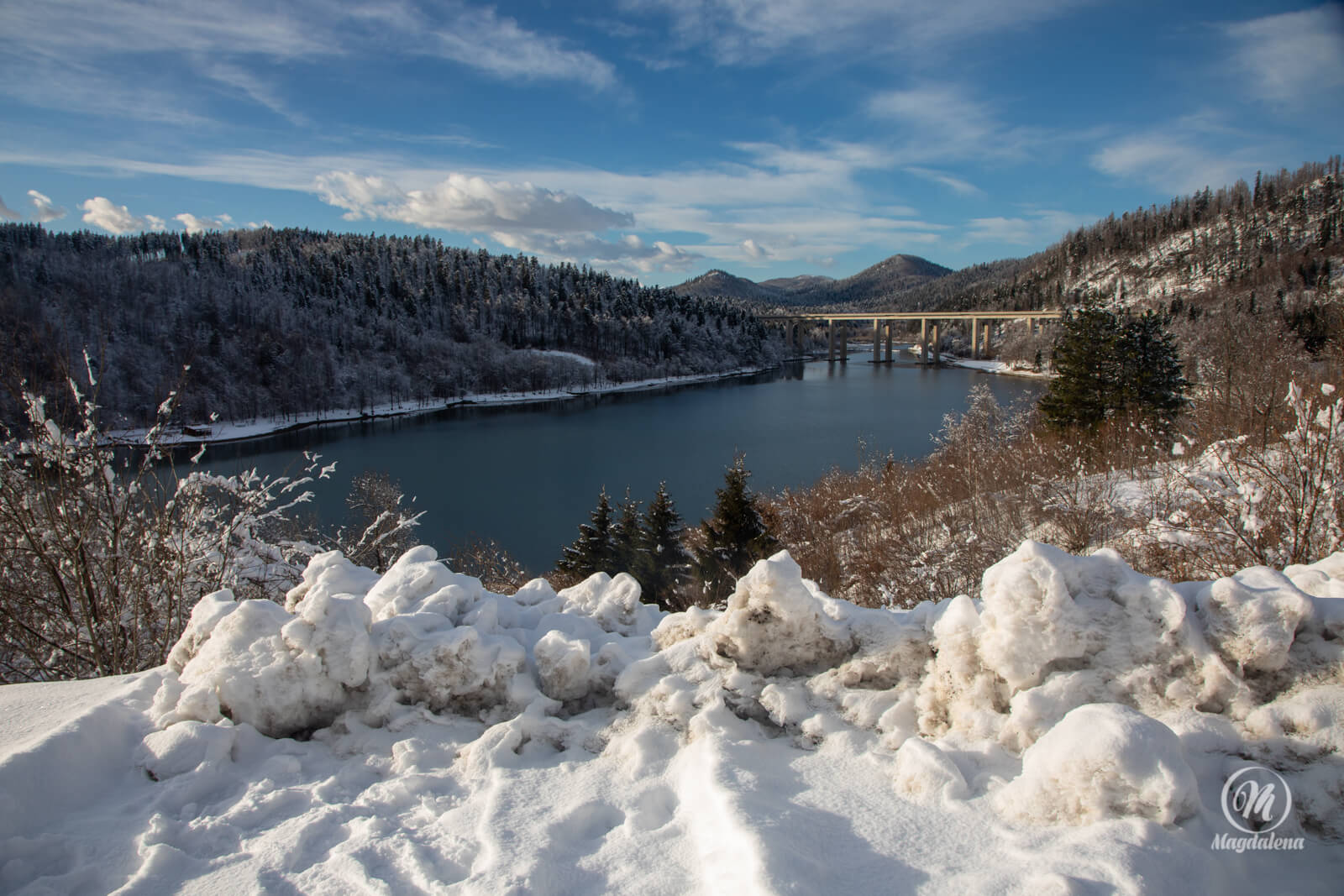 © Branko Lautar & Višnja Bolf
© Branko Lautar & Višnja Bolf
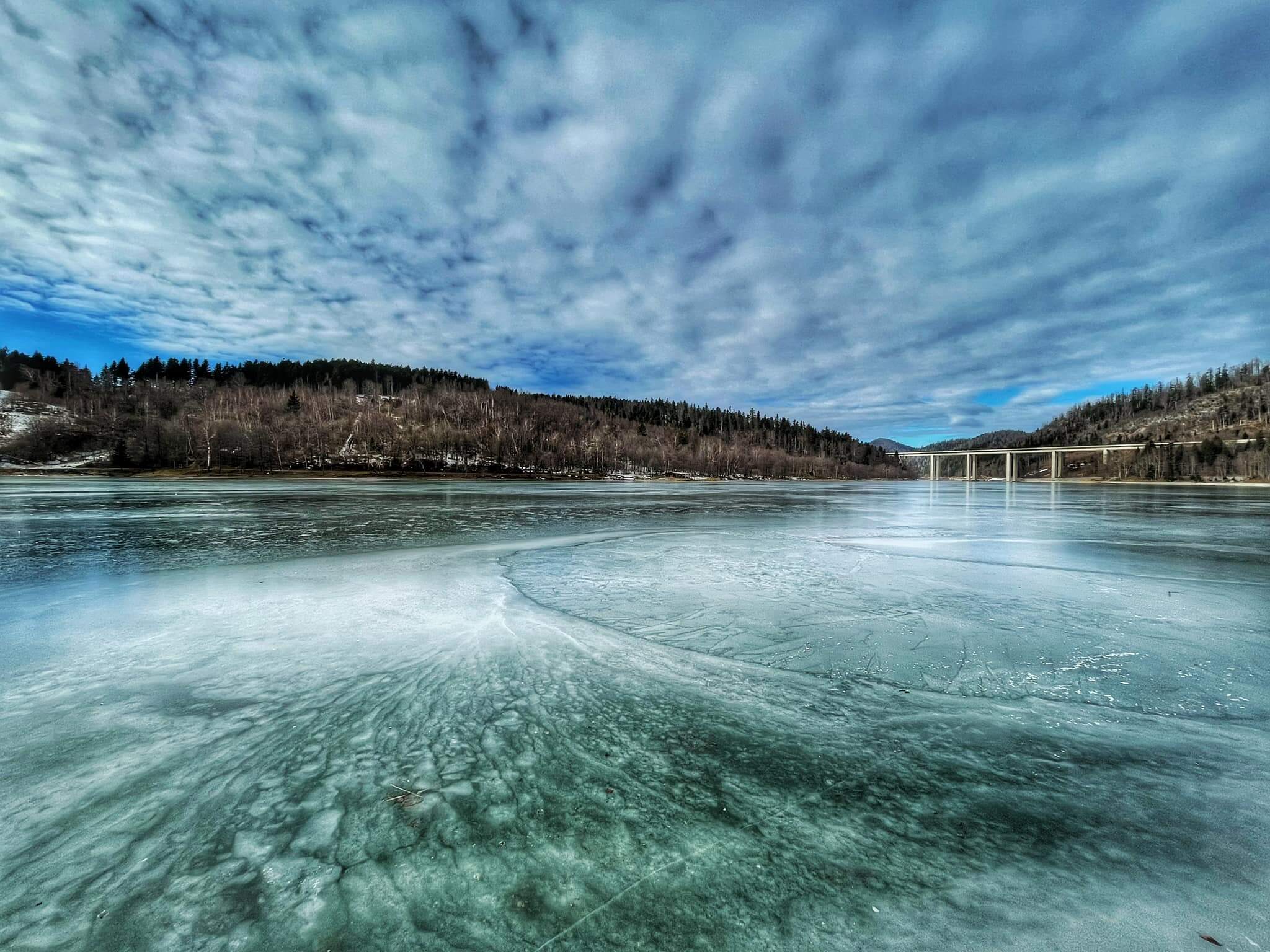 Jezero Bajer near Fužine © Marino Kirinčić
Jezero Bajer near Fužine © Marino Kirinčić
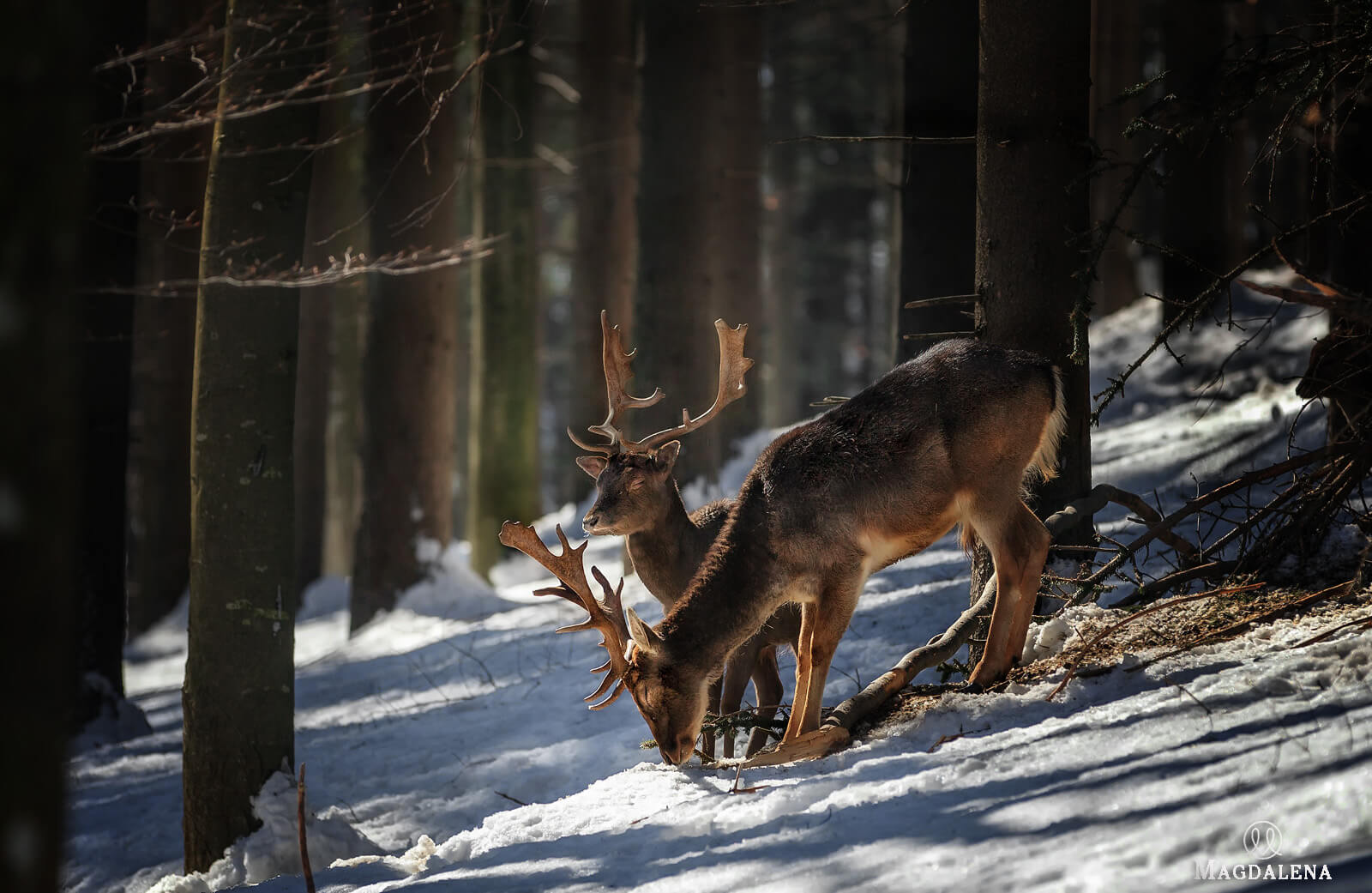 © Branko Lautar & Višnja Bolf
© Branko Lautar & Višnja Bolf
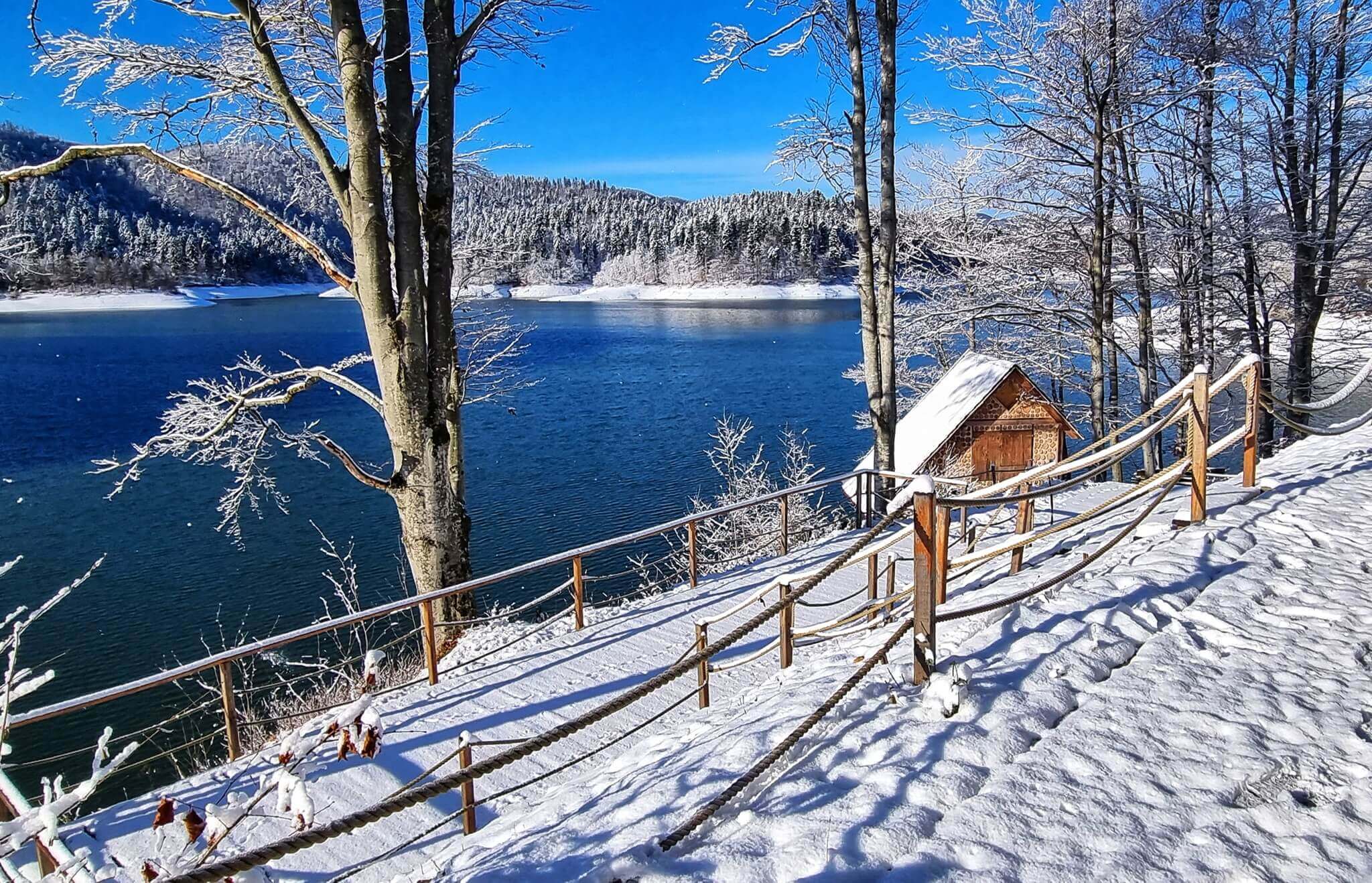 © Turistička zajednica Gorskog kotara
© Turistička zajednica Gorskog kotara
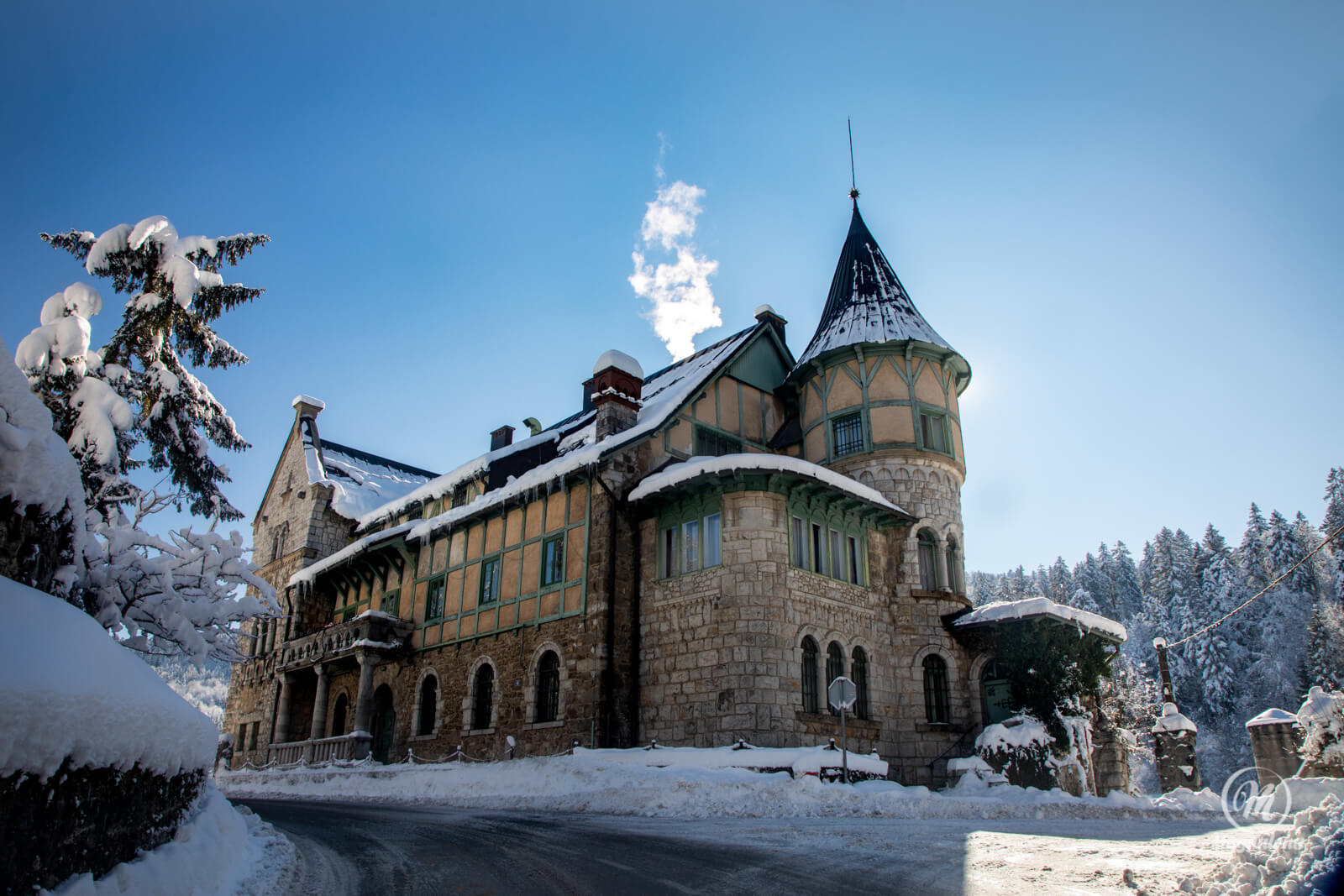 Another view of Dvorac Stara Sušica © Branko Lautar & Višnja Bolf
Another view of Dvorac Stara Sušica © Branko Lautar & Višnja Bolf
Risnjak National Park and Snježnik Hrvatski
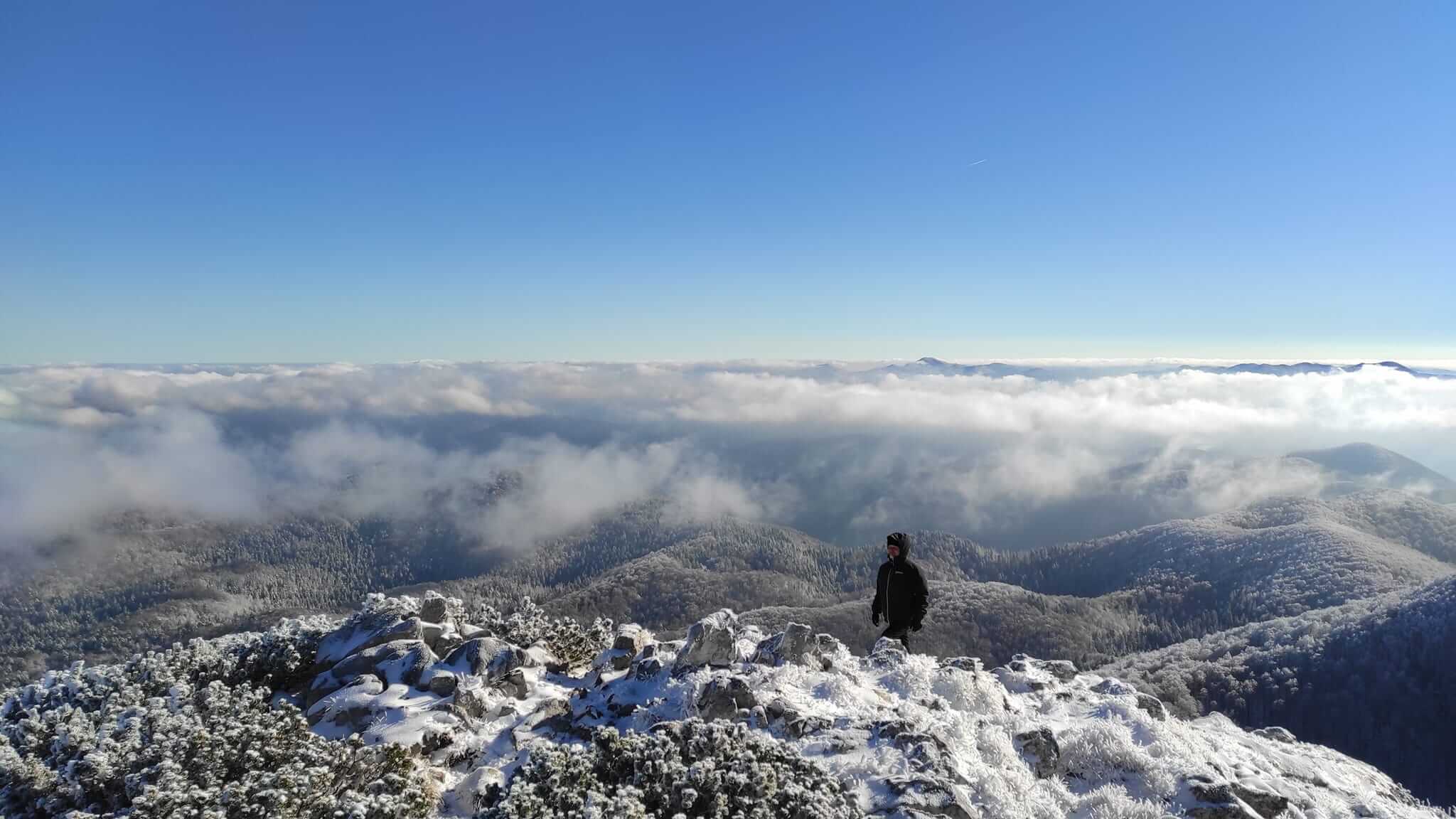 © Risnjak National Park
© Risnjak National Park
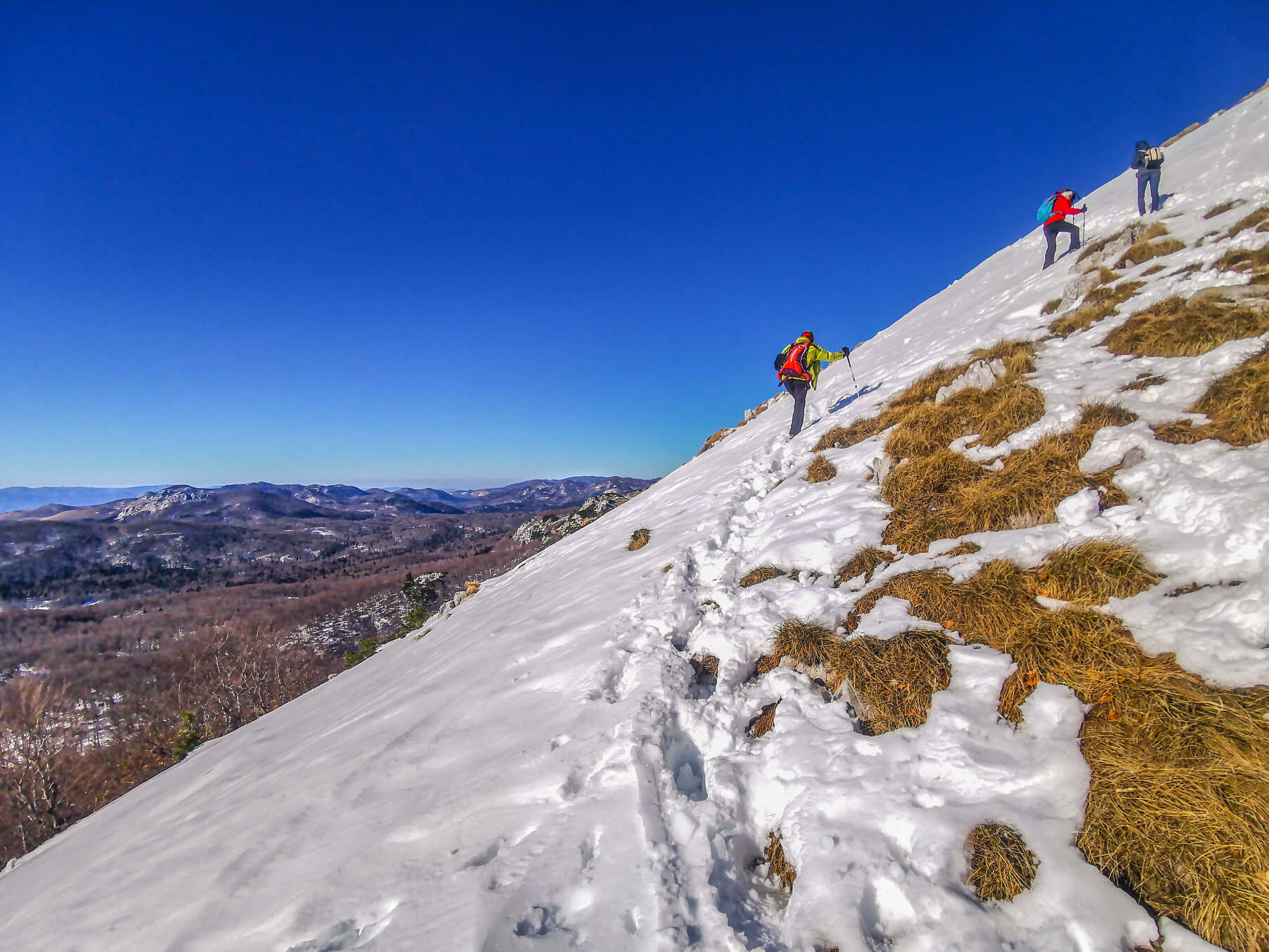 Snježnik hrvatski © Ivan Ćuća-Žentil
Snježnik hrvatski © Ivan Ćuća-Žentil
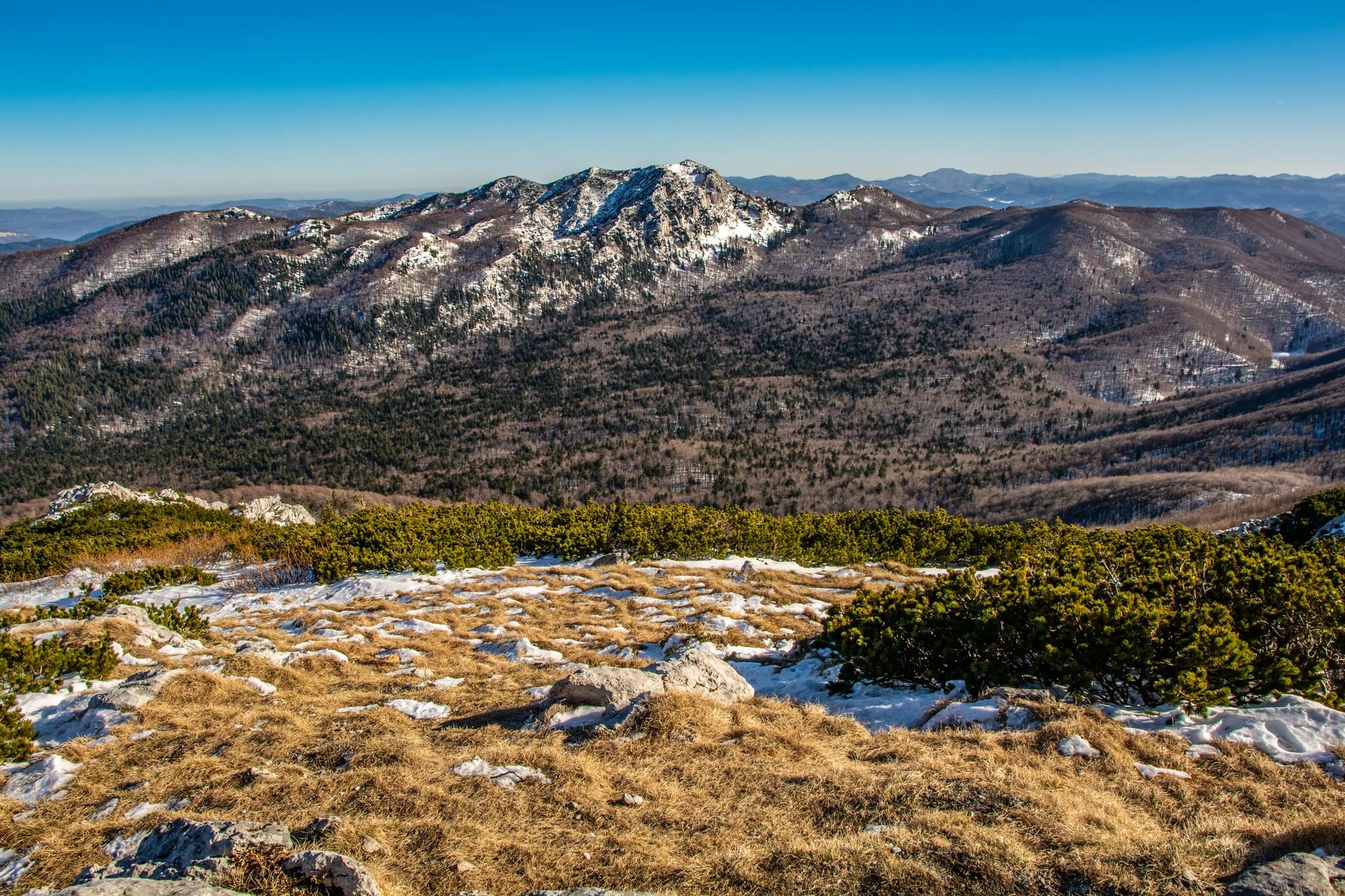 Snježnik hrvatski © Ivan Ćuća-Žentil
Snježnik hrvatski © Ivan Ćuća-Žentil
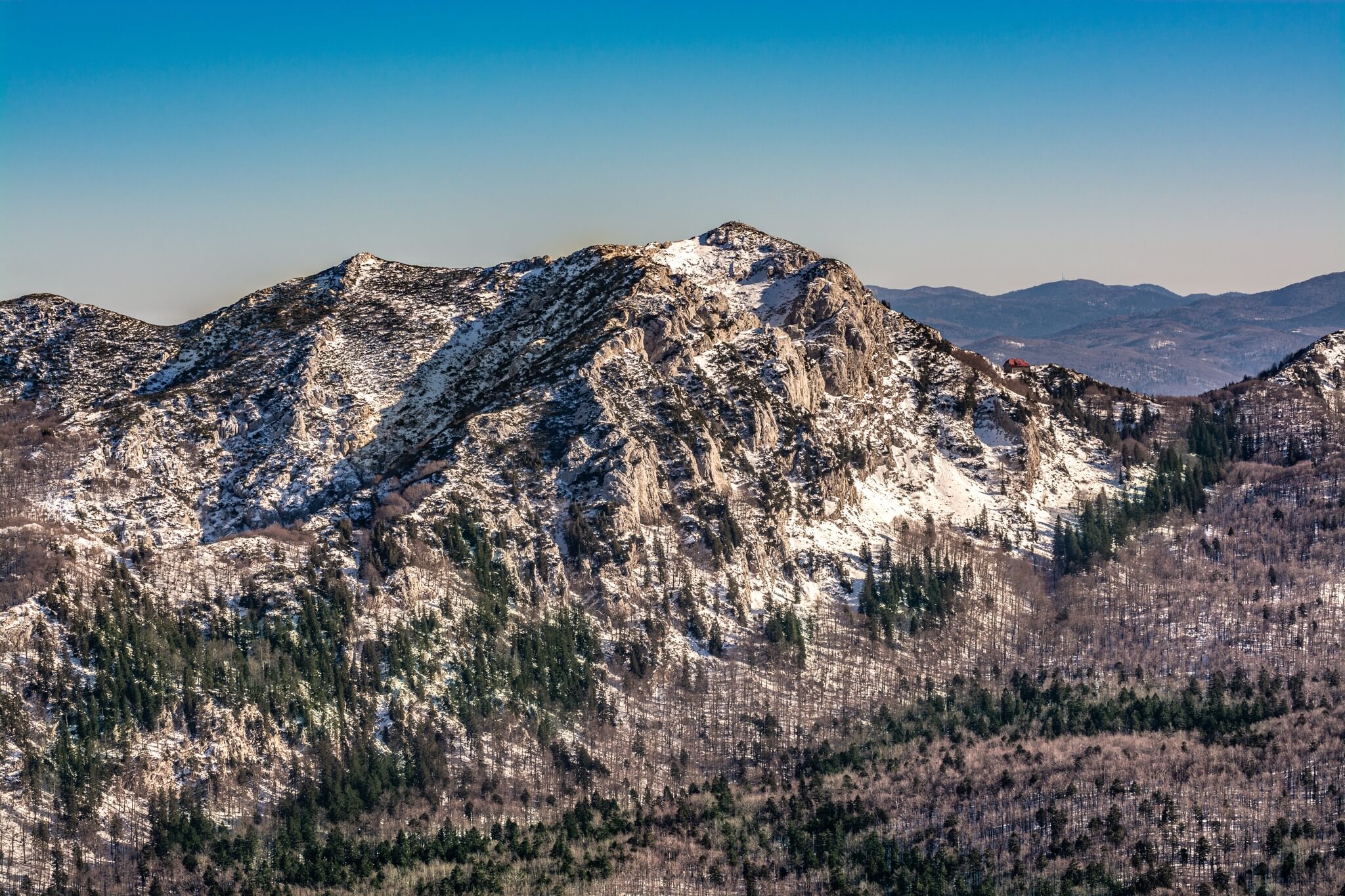 Snježnik hrvatski © Ivan Ćuća-Žentil
Snježnik hrvatski © Ivan Ćuća-Žentil
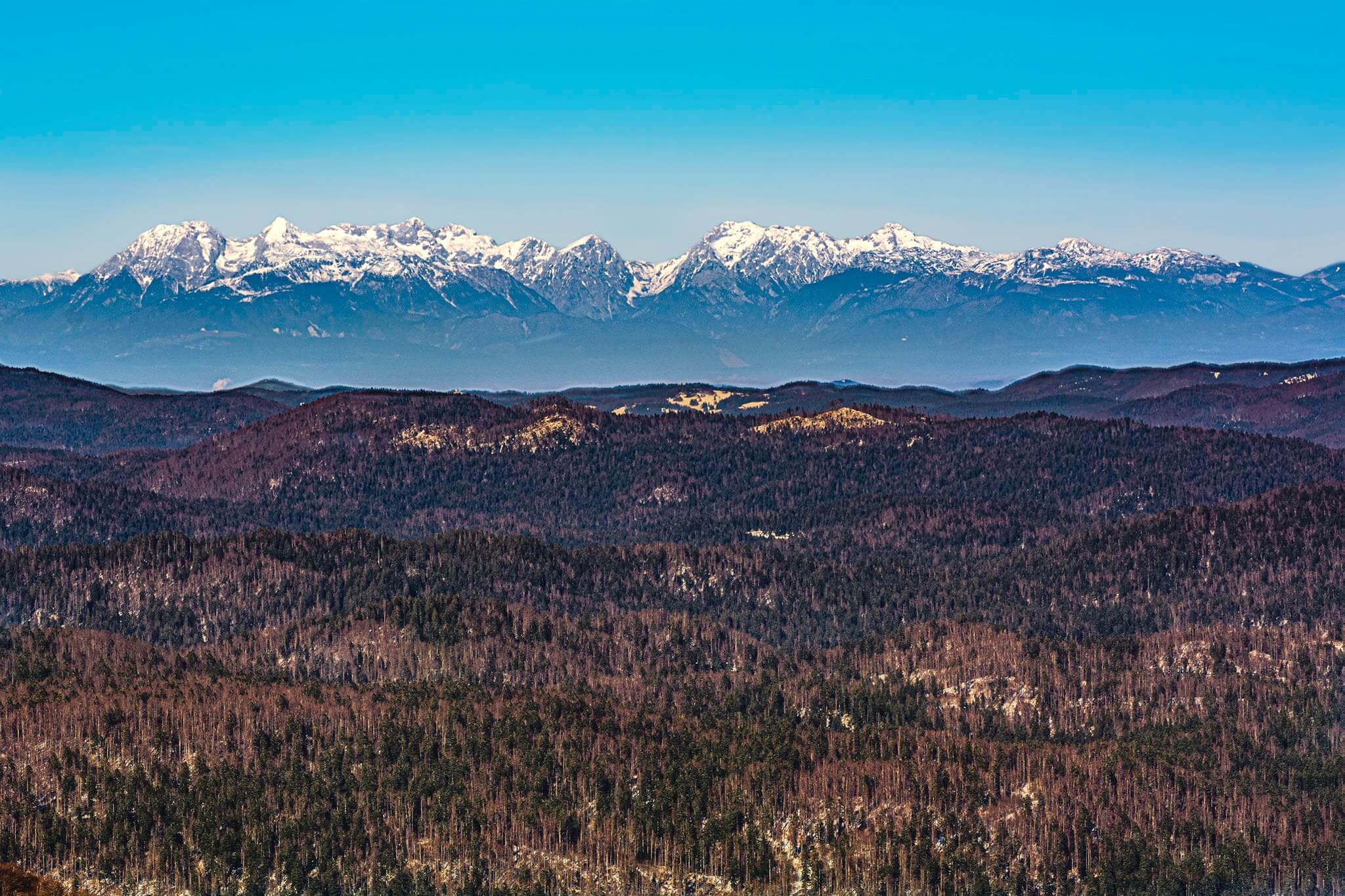 Snježnik hrvatski © Ivan Ćuća-Žentil
Snježnik hrvatski © Ivan Ćuća-Žentil
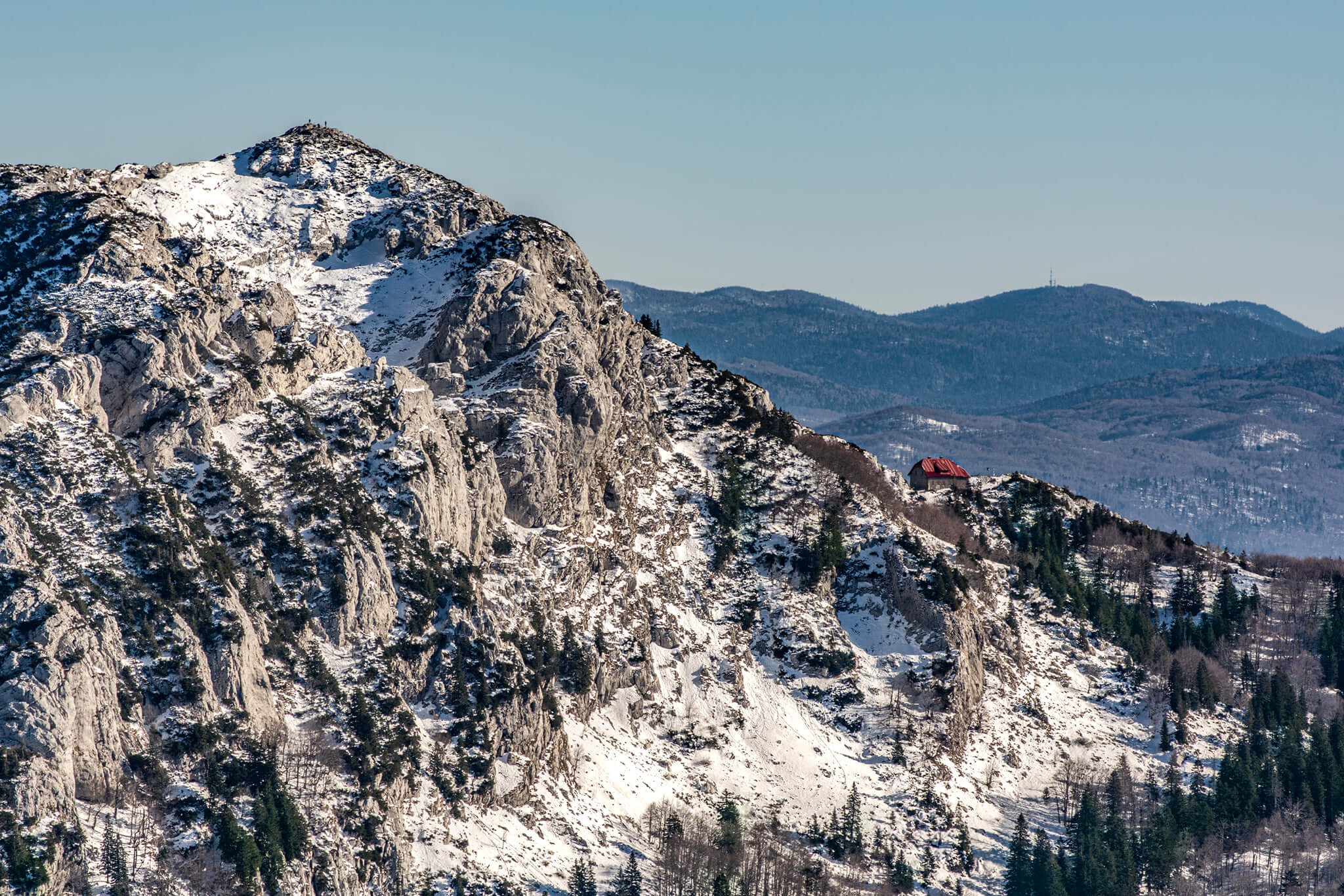 Snježnik hrvatski © Ivan Ćuća-Žentil
Snježnik hrvatski © Ivan Ćuća-Žentil
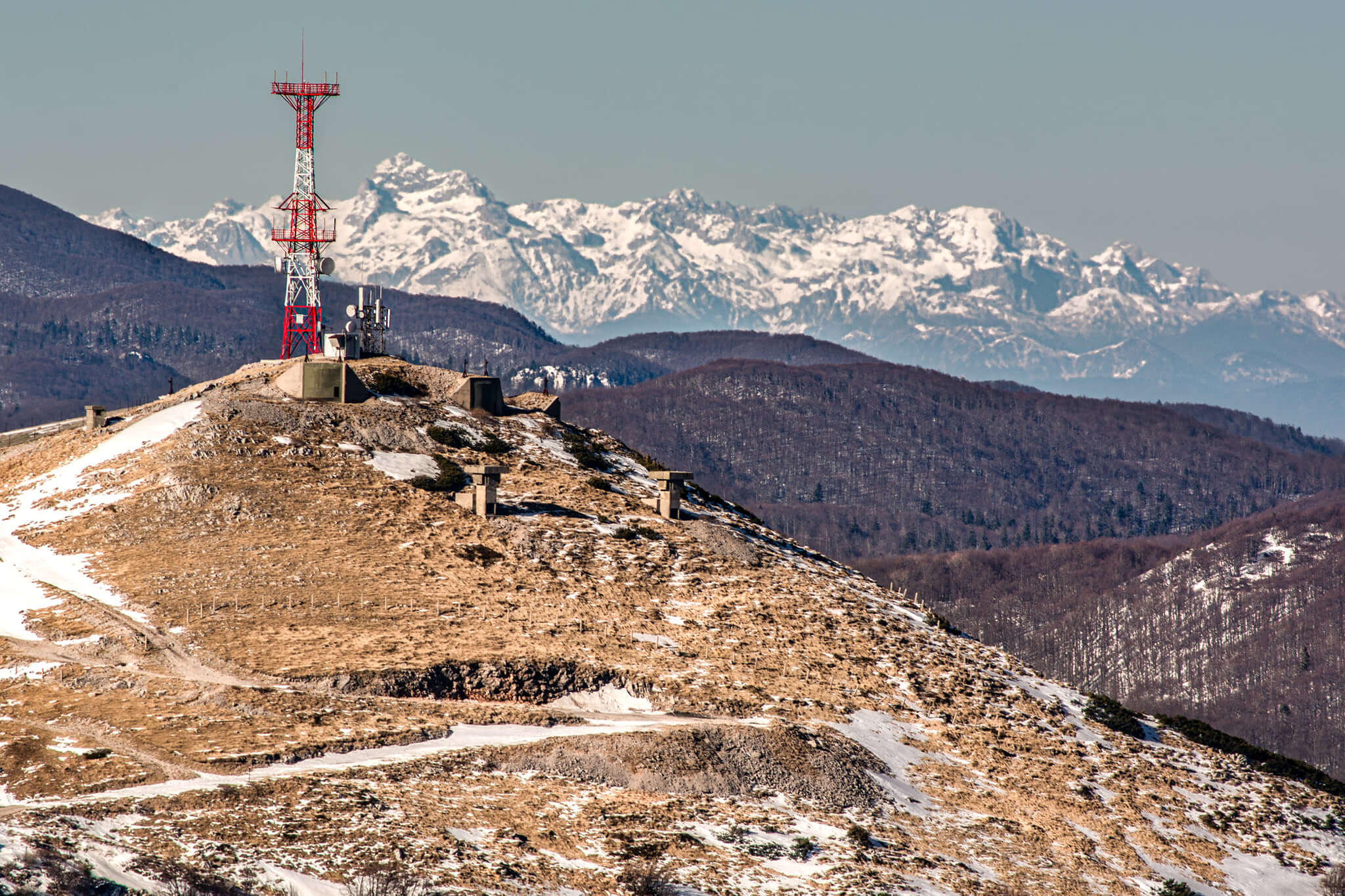 Snježnik hrvatski © Ivan Ćuća-Žentil
Snježnik hrvatski © Ivan Ćuća-Žentil
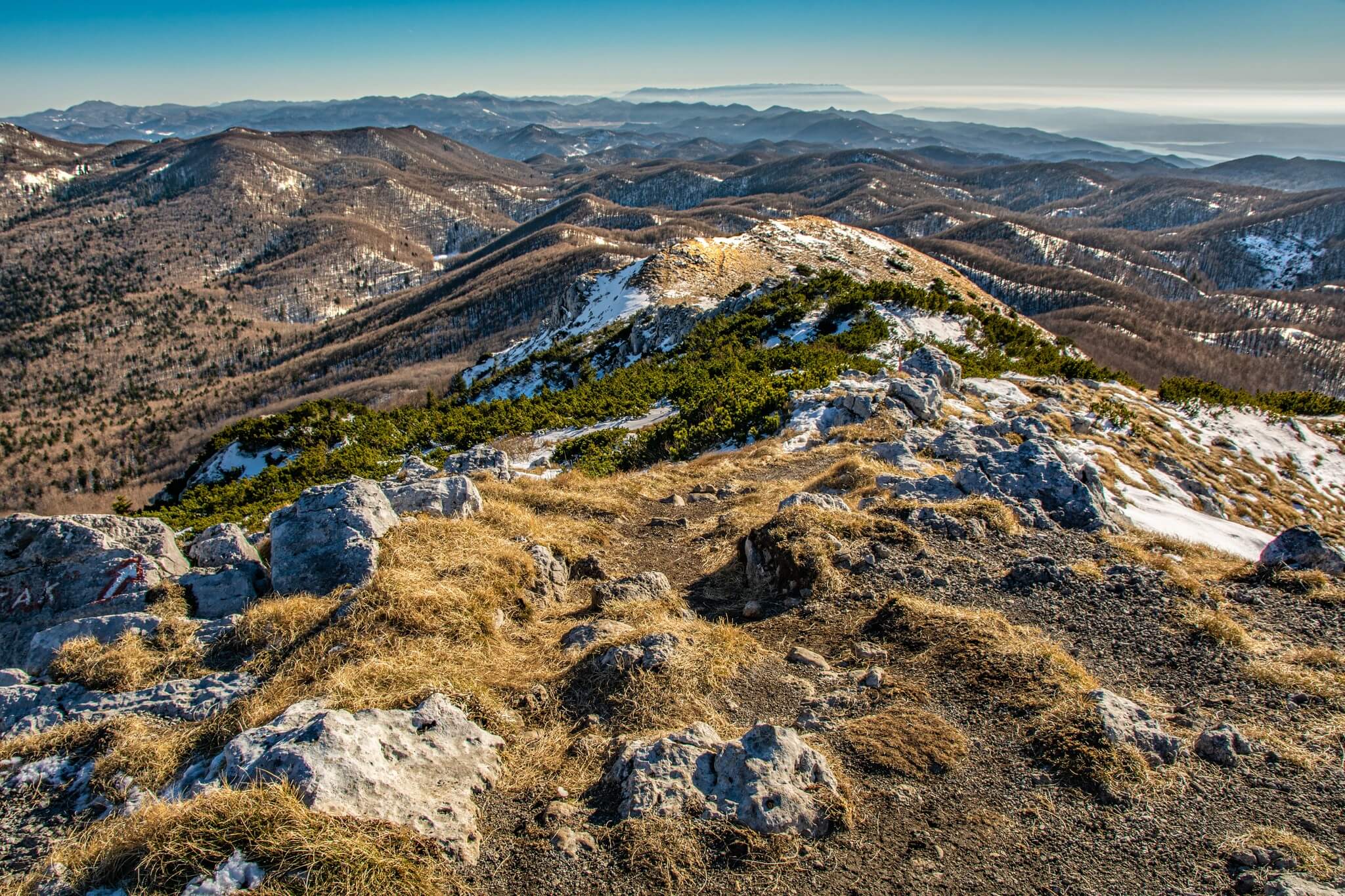 Snježnik hrvatski © Ivan Ćuća-Žentil
Snježnik hrvatski © Ivan Ćuća-Žentil
For more about Risnjak National Park, look here
Velebit
Northern Velebit National Park
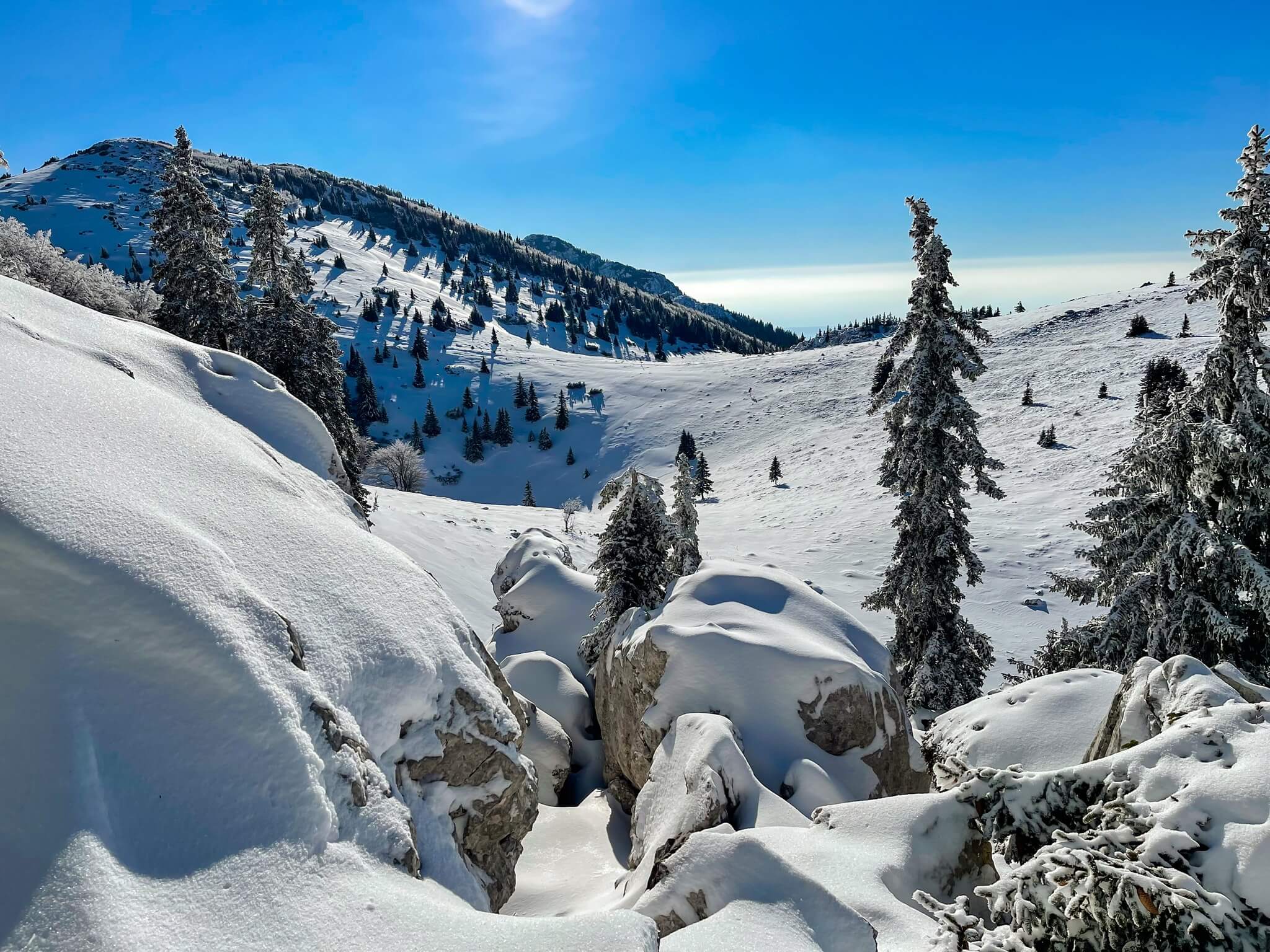 © Dejan Delač
© Dejan Delač
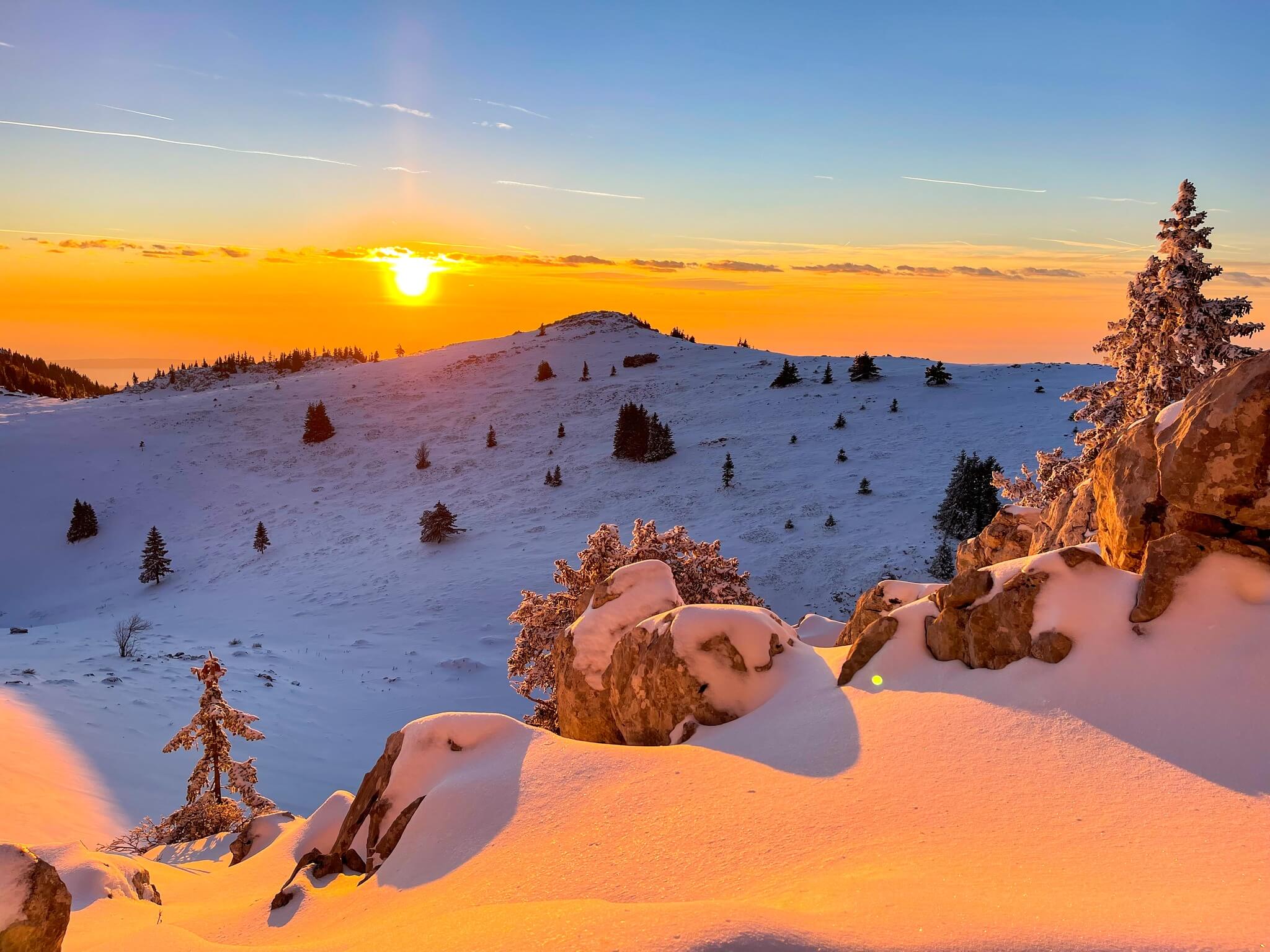 © Dejan Delač
© Dejan Delač
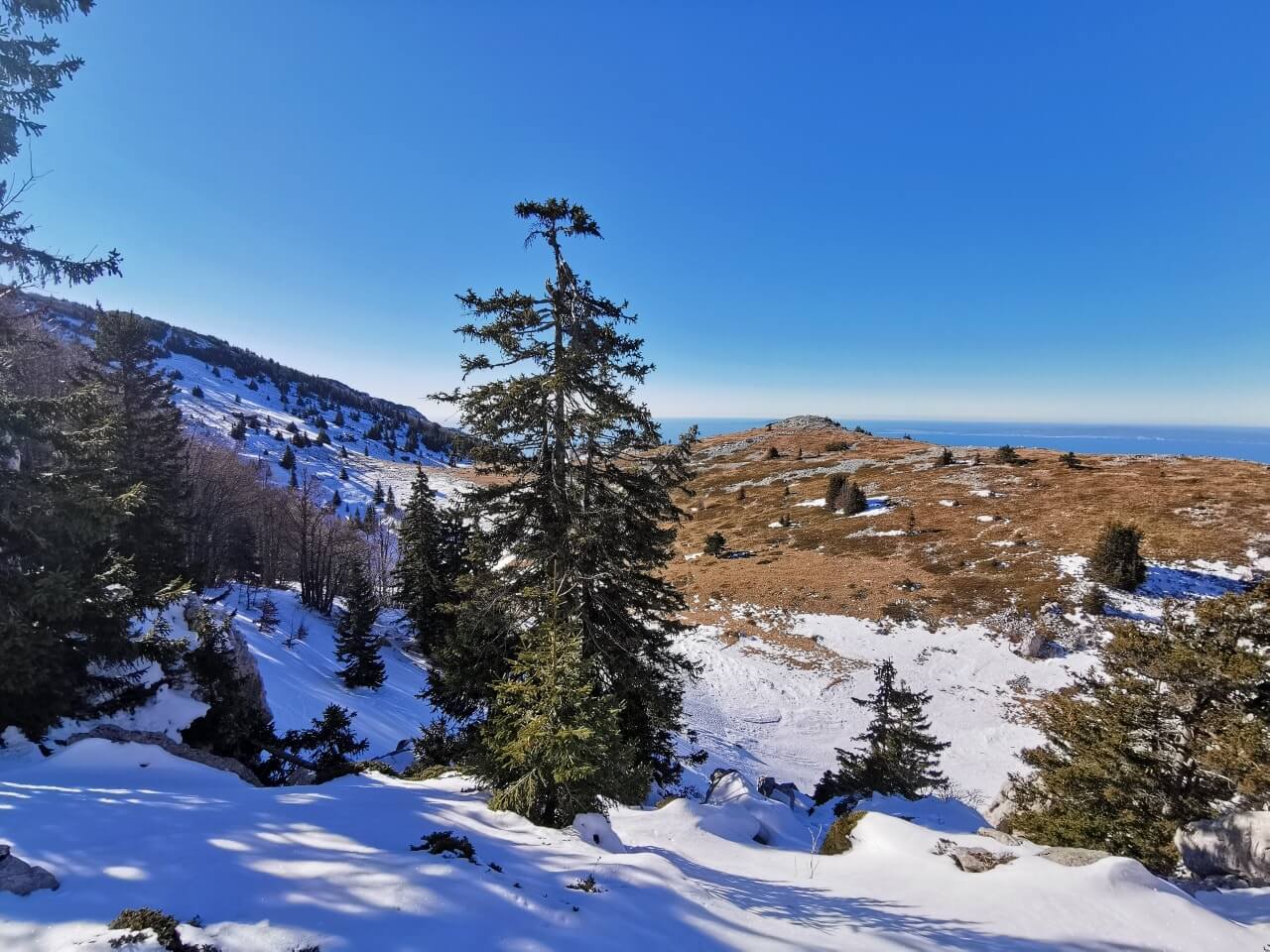 © Vedran Katalinić
© Vedran Katalinić
For more about Northern Velebit National Park, look here
Velebit Nature Park
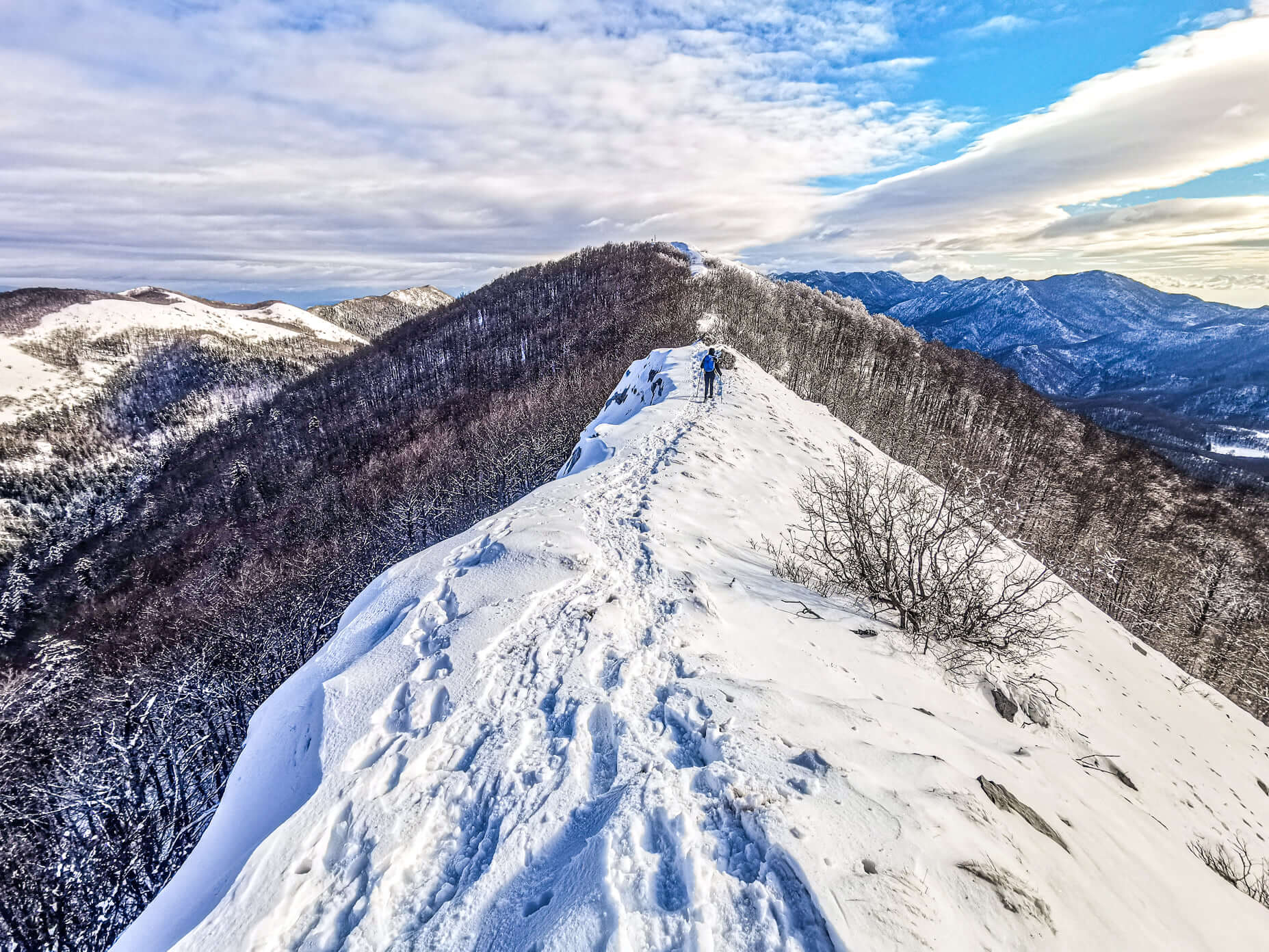 Ljubičko Brdo © Ivan Ćuća-Žentil
Ljubičko Brdo © Ivan Ćuća-Žentil
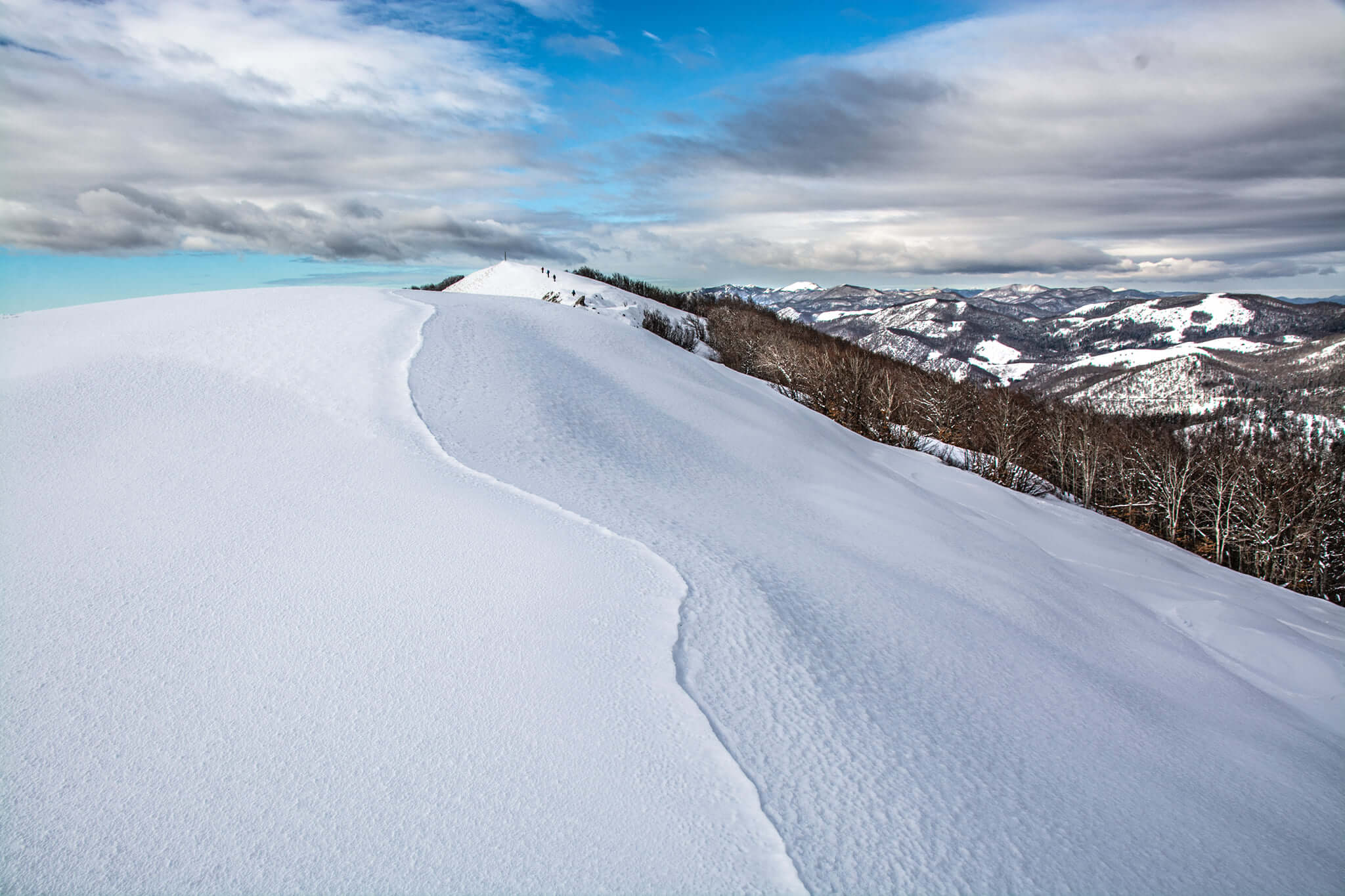 Ljubičko Brdo © Ivan Ćuća-Žentil
Ljubičko Brdo © Ivan Ćuća-Žentil
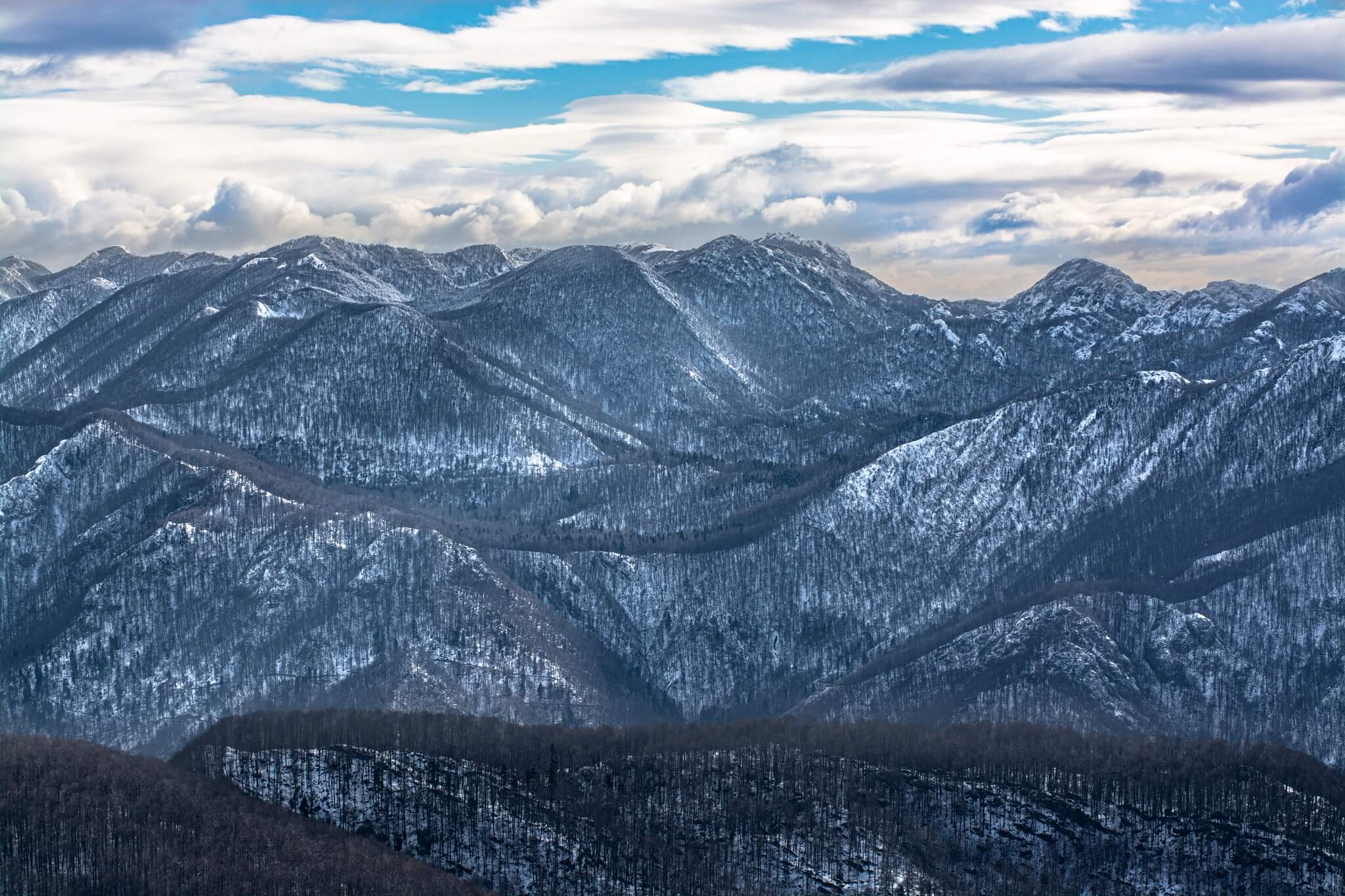 Ljubičko Brdo © Ivan Ćuća-Žentil
Ljubičko Brdo © Ivan Ćuća-Žentil
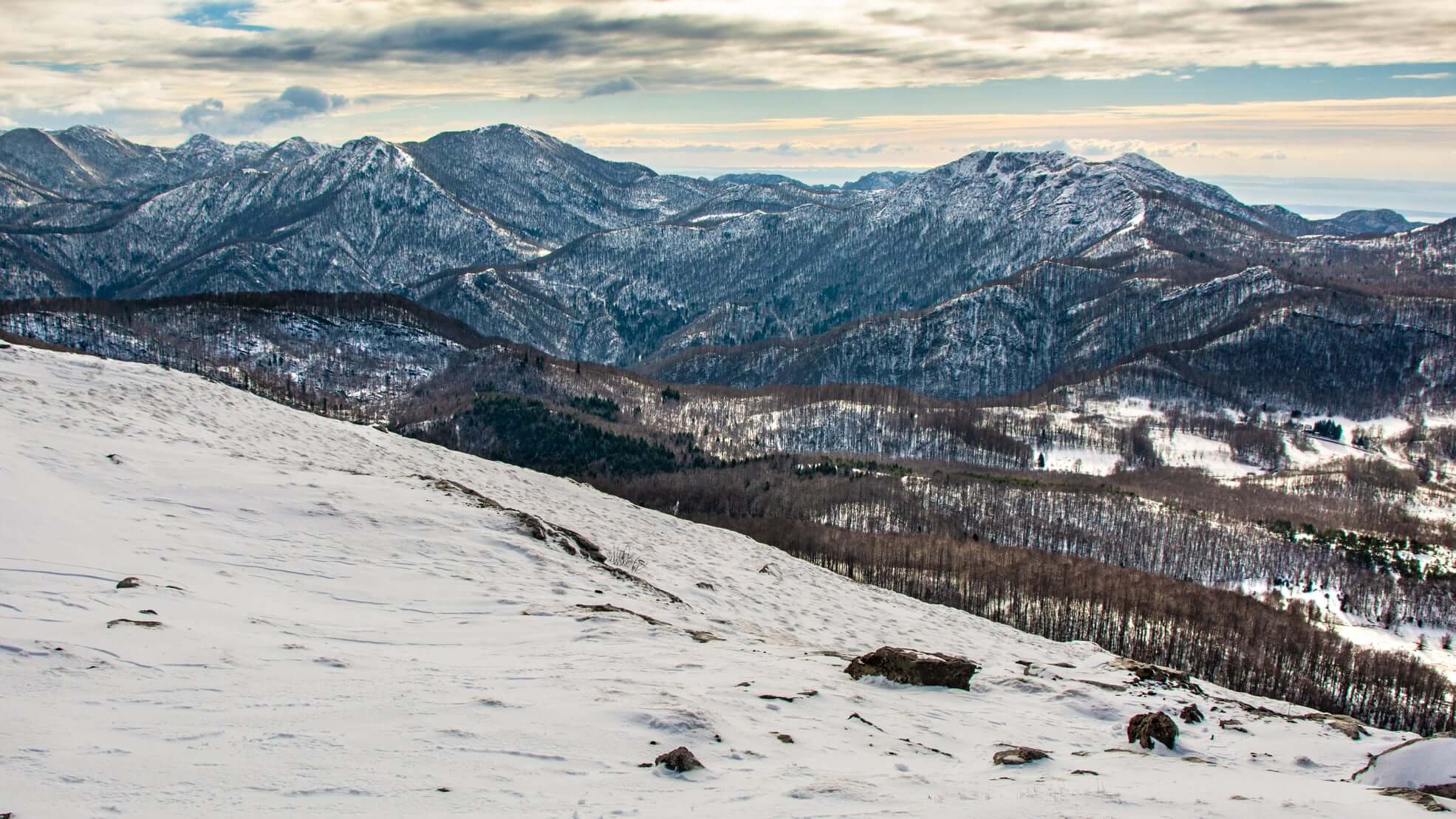 Ljubičko Brdo © Ivan Ćuća-Žentil
Ljubičko Brdo © Ivan Ćuća-Žentil
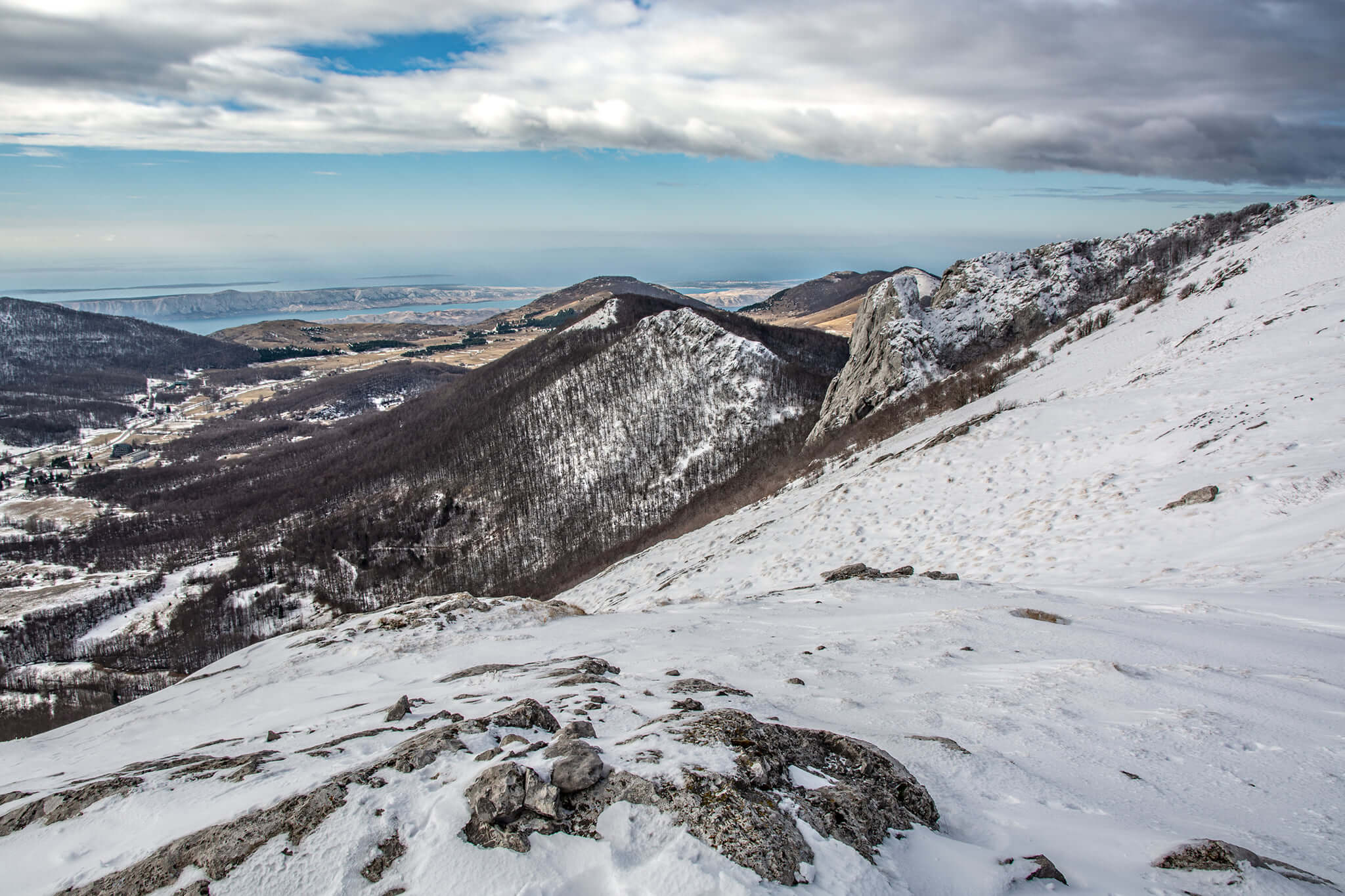 Ljubičko Brdo © Ivan Ćuća-Žentil
Ljubičko Brdo © Ivan Ćuća-Žentil
Paklenica National Park
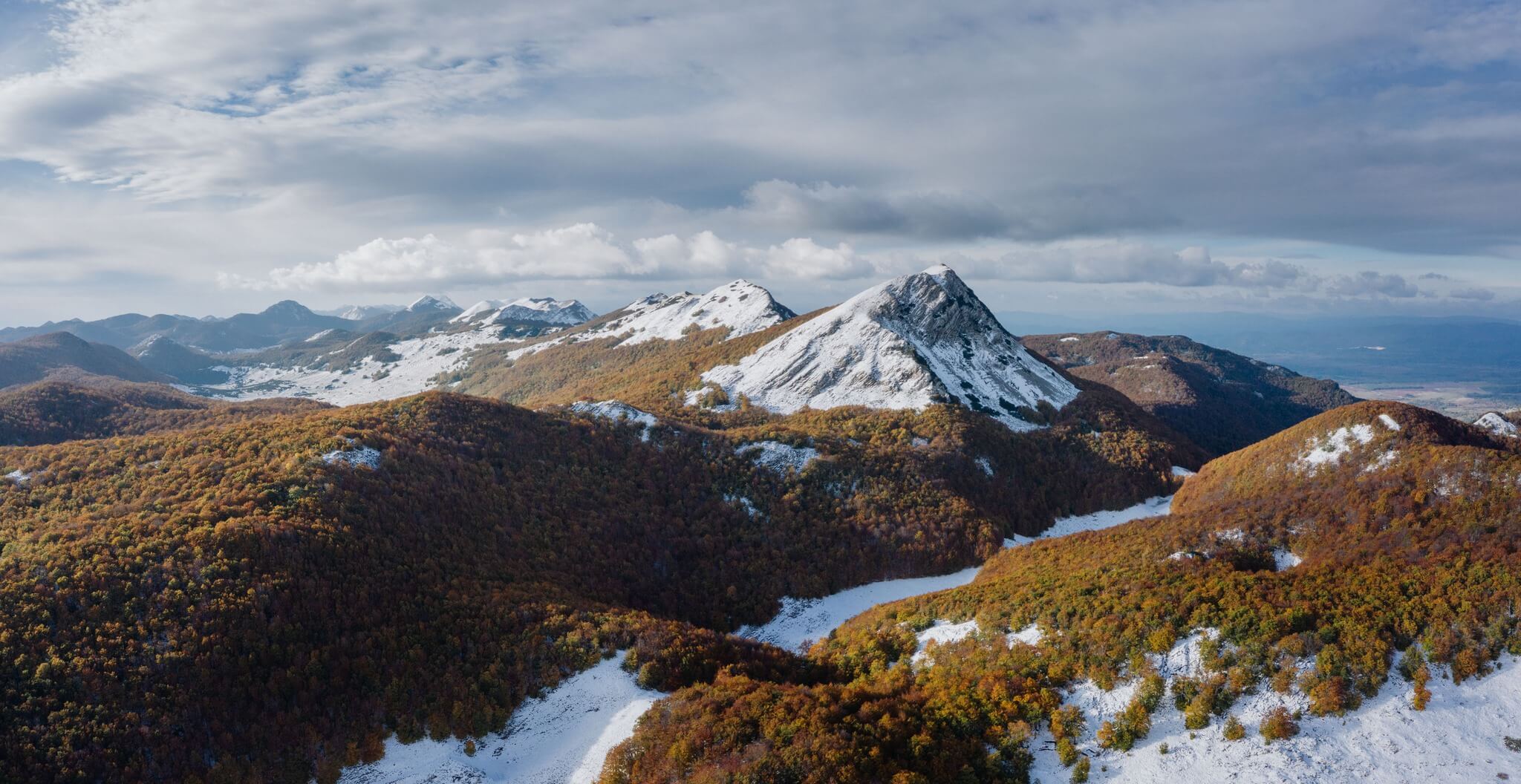 © Mario Jurina
© Mario Jurina
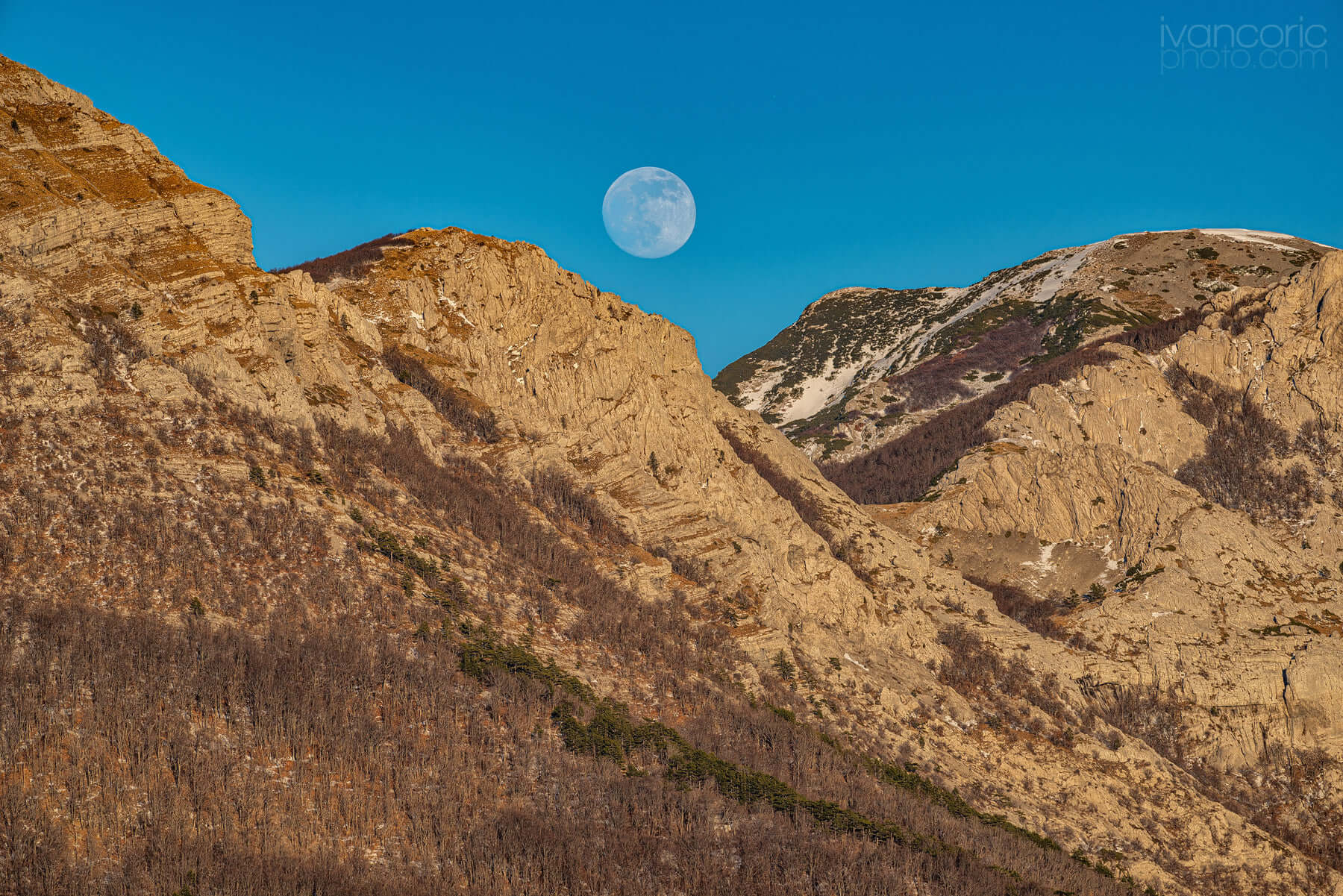 Bojinac © Ivan Coric Photography
Bojinac © Ivan Coric Photography
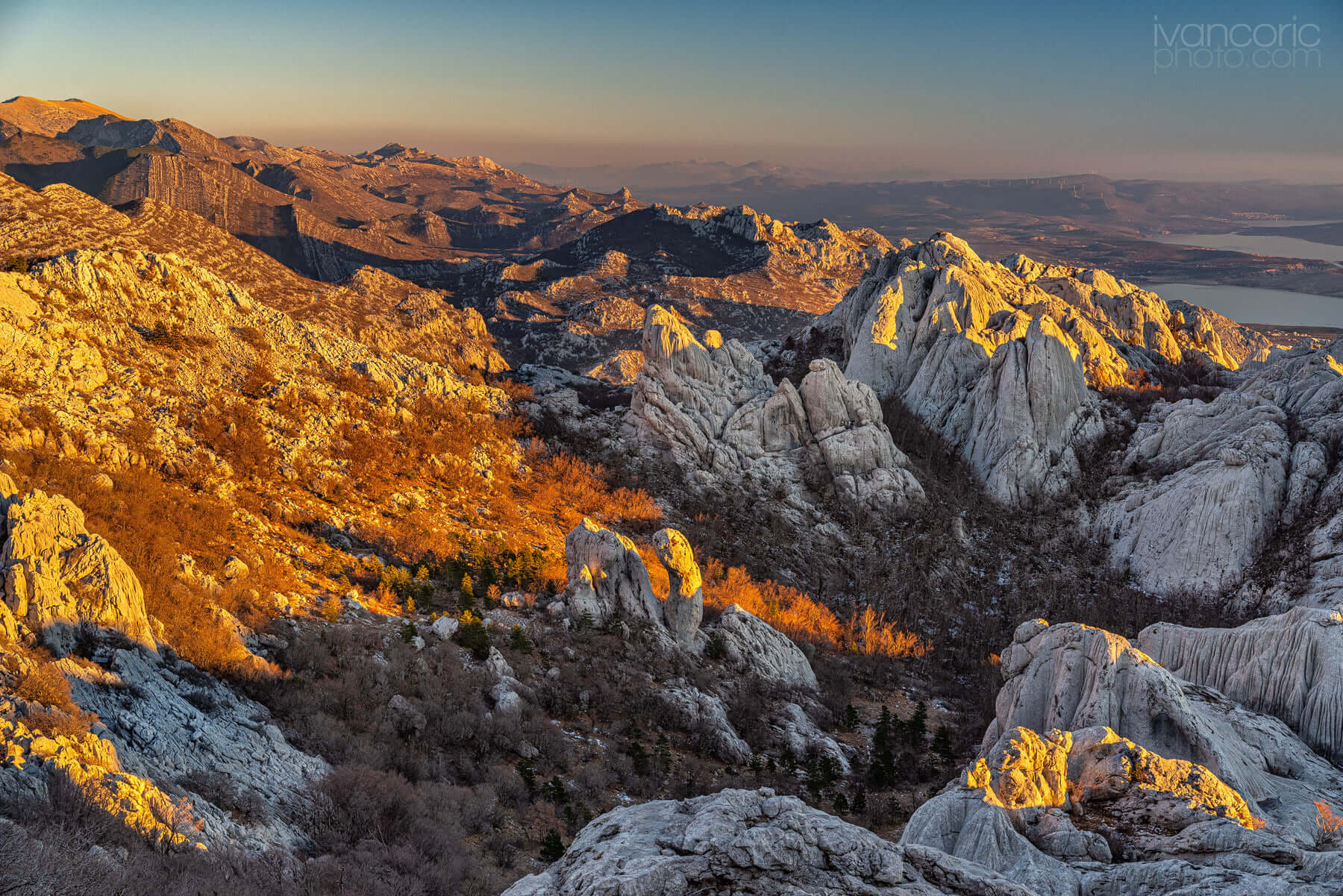 Bojinac © Ivan Coric Photography
Bojinac © Ivan Coric Photography
For more about Paklenica National Park, look here
Kloštar Podravski, Podravina and Koprivnica-Križevci County
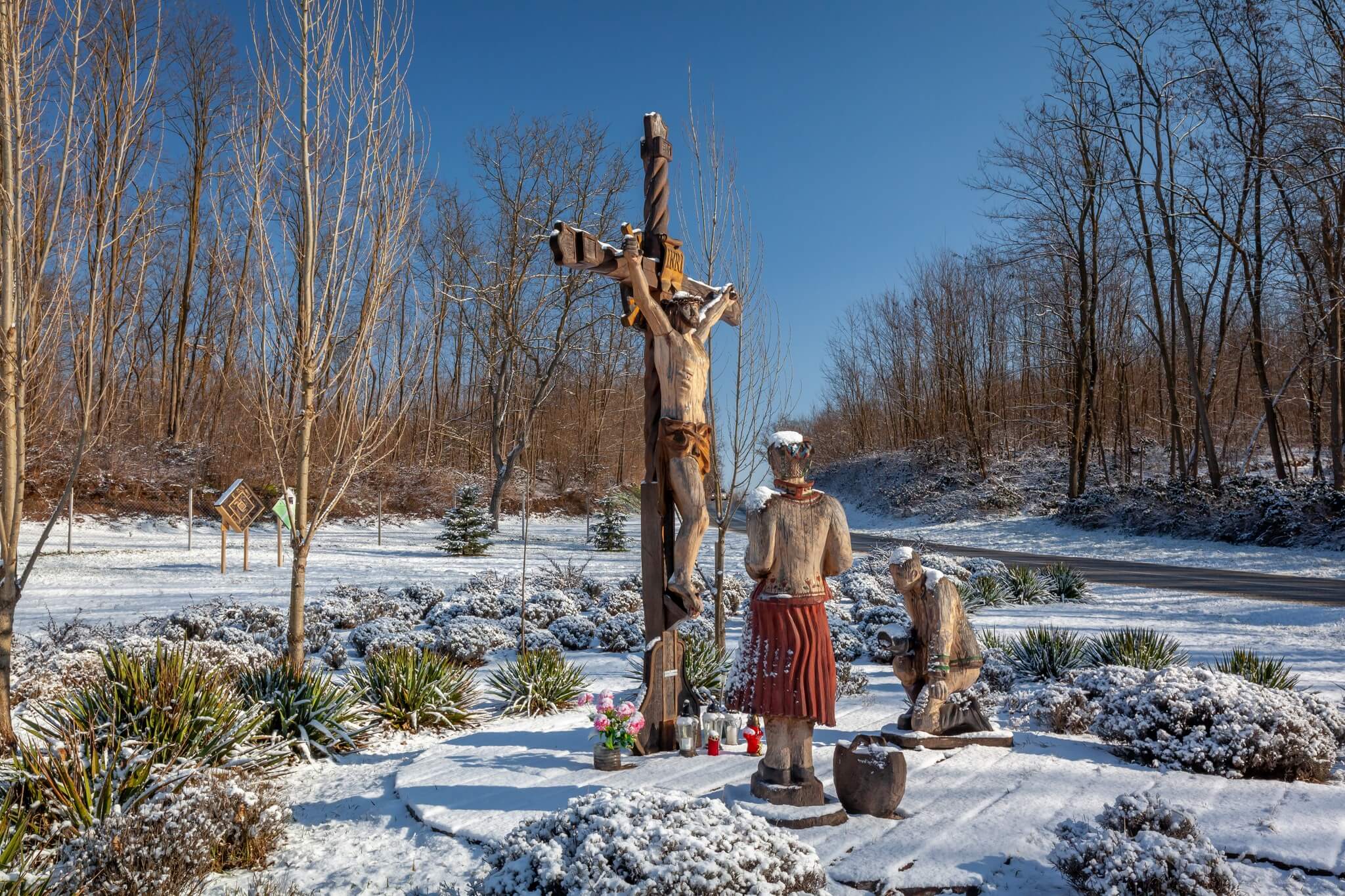 © Ivan Nemet
© Ivan Nemet
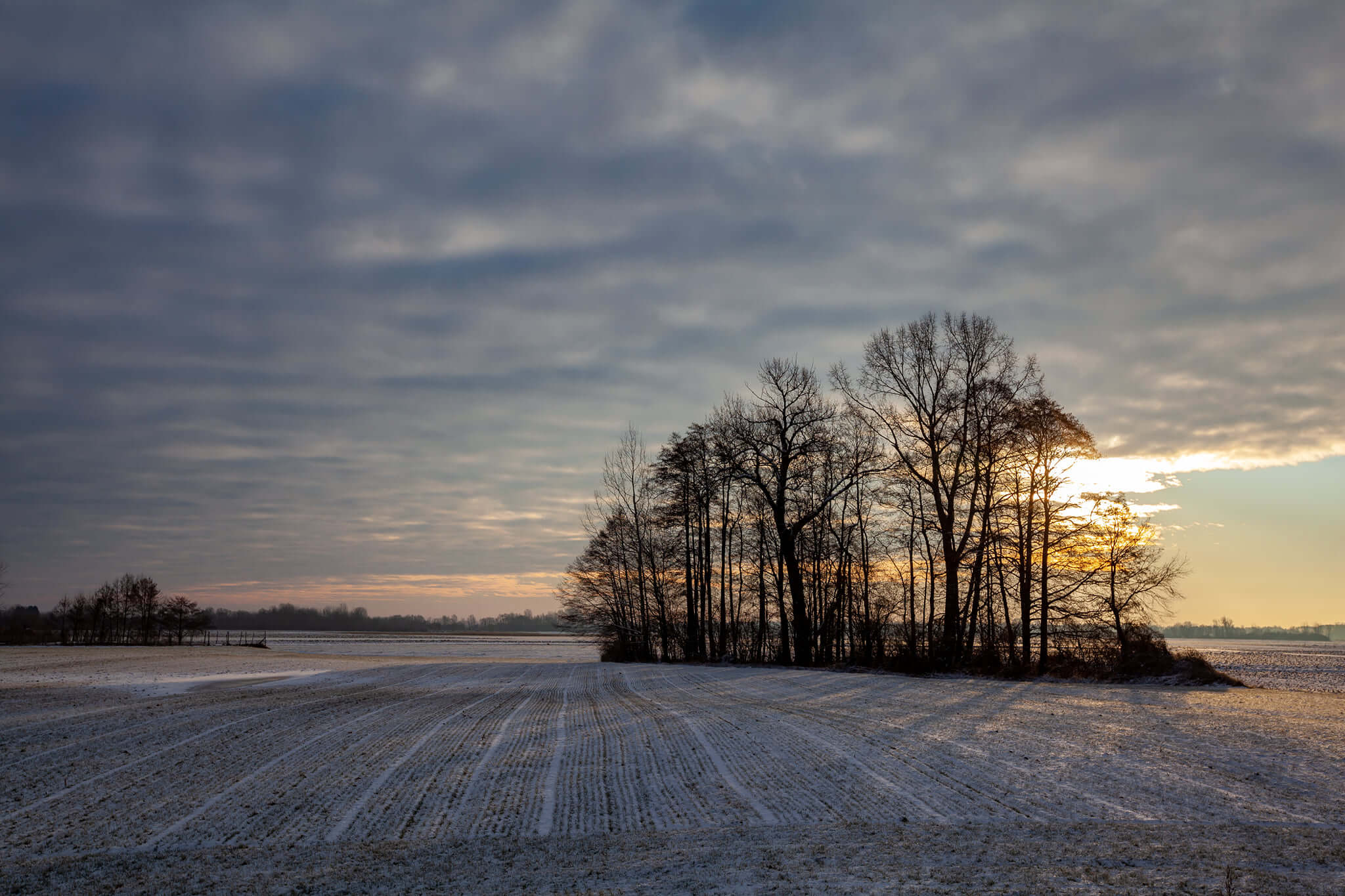 © Ivan Nemet
© Ivan Nemet
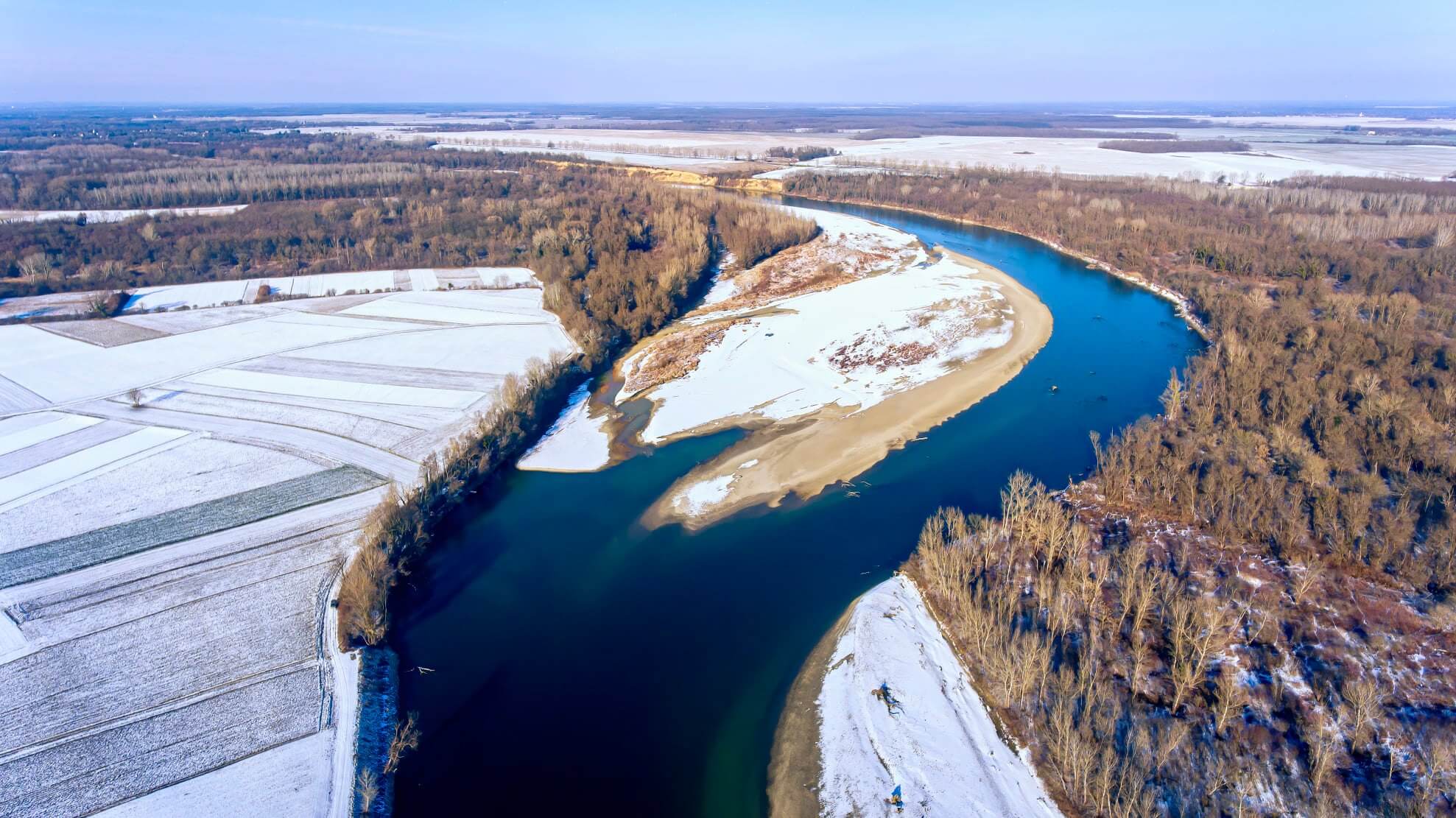 © Ivan Nemet
© Ivan Nemet
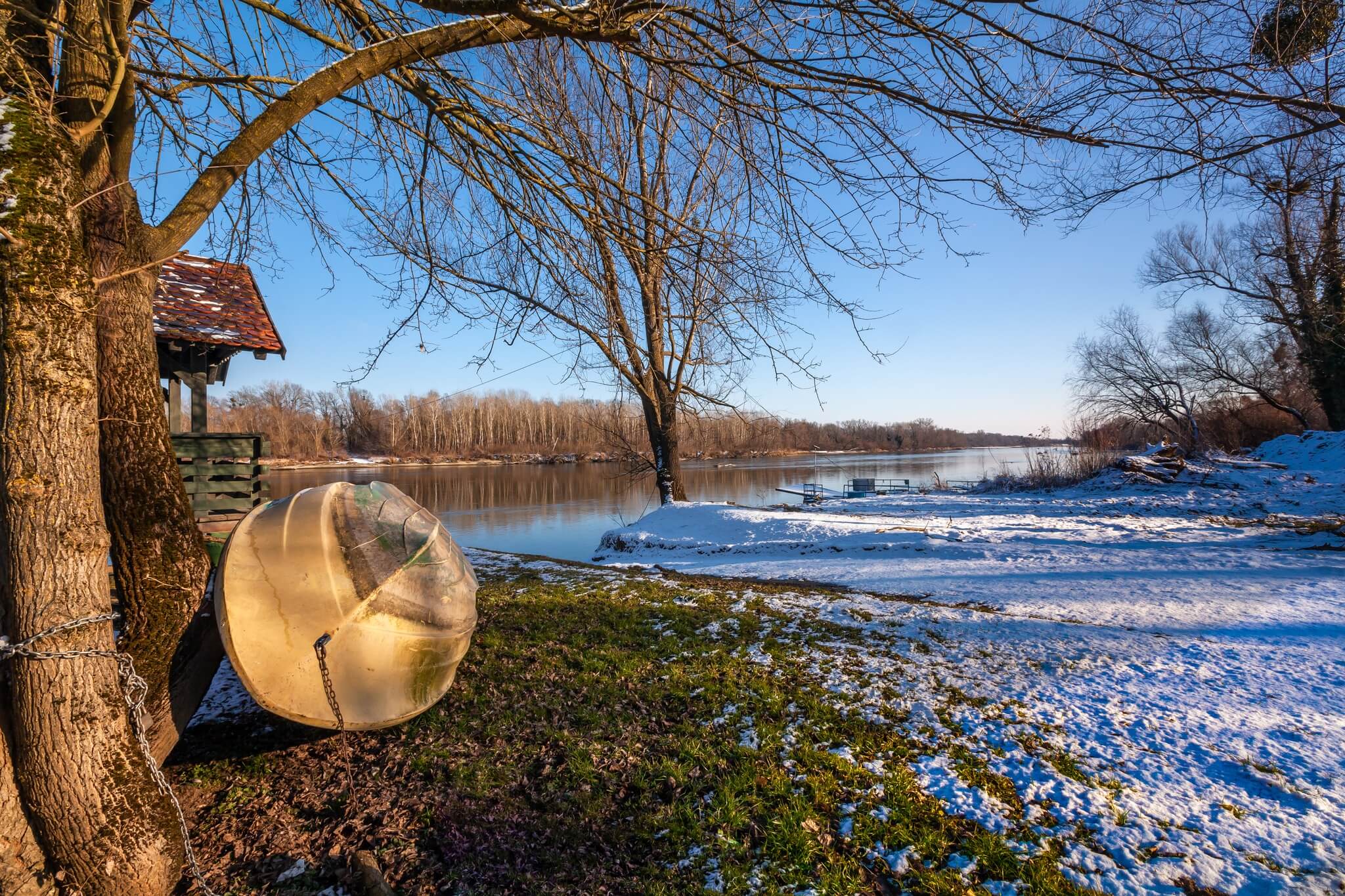 © Ivan Nemet
© Ivan Nemet
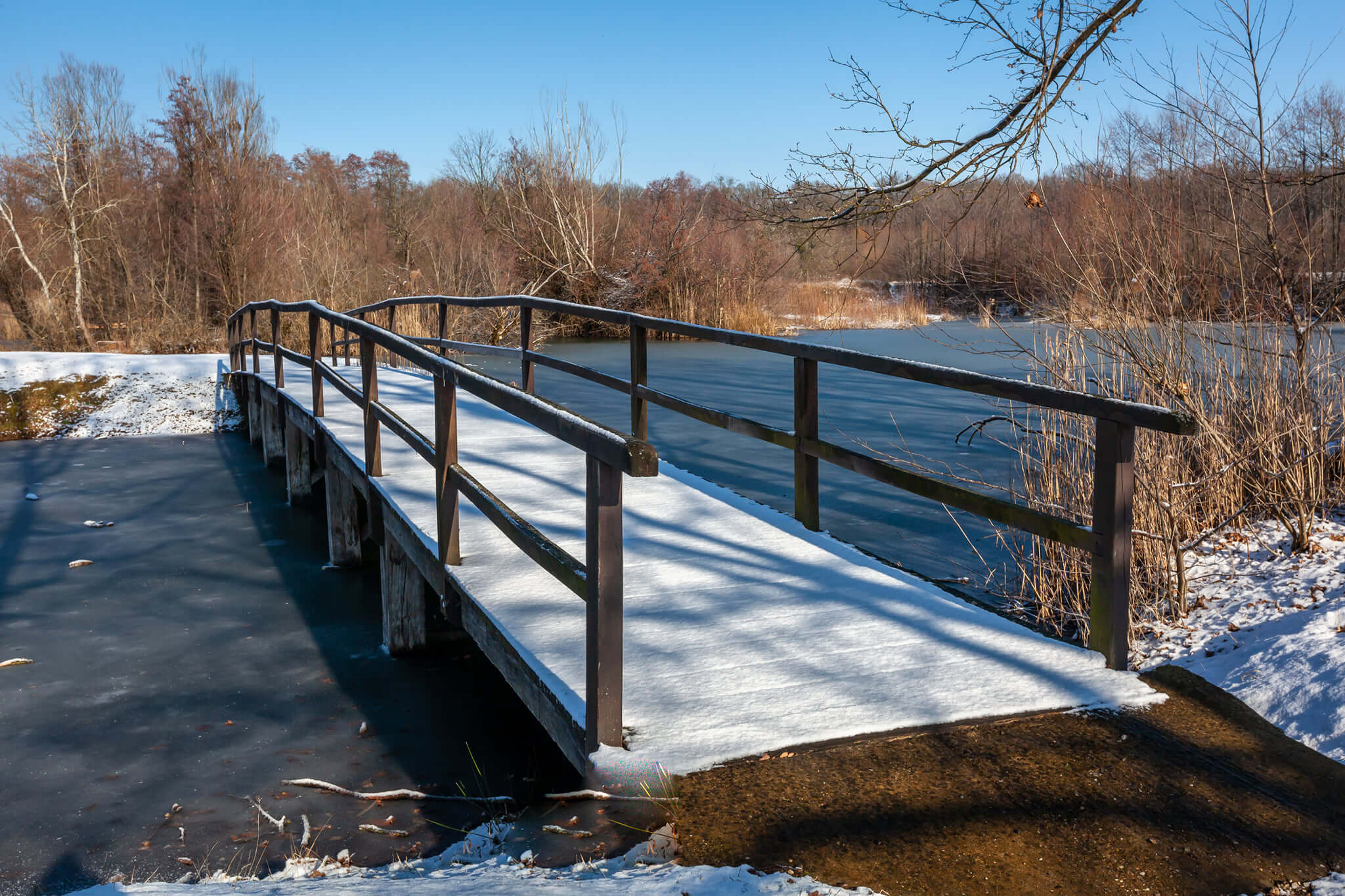 © Ivan Nemet
© Ivan Nemet
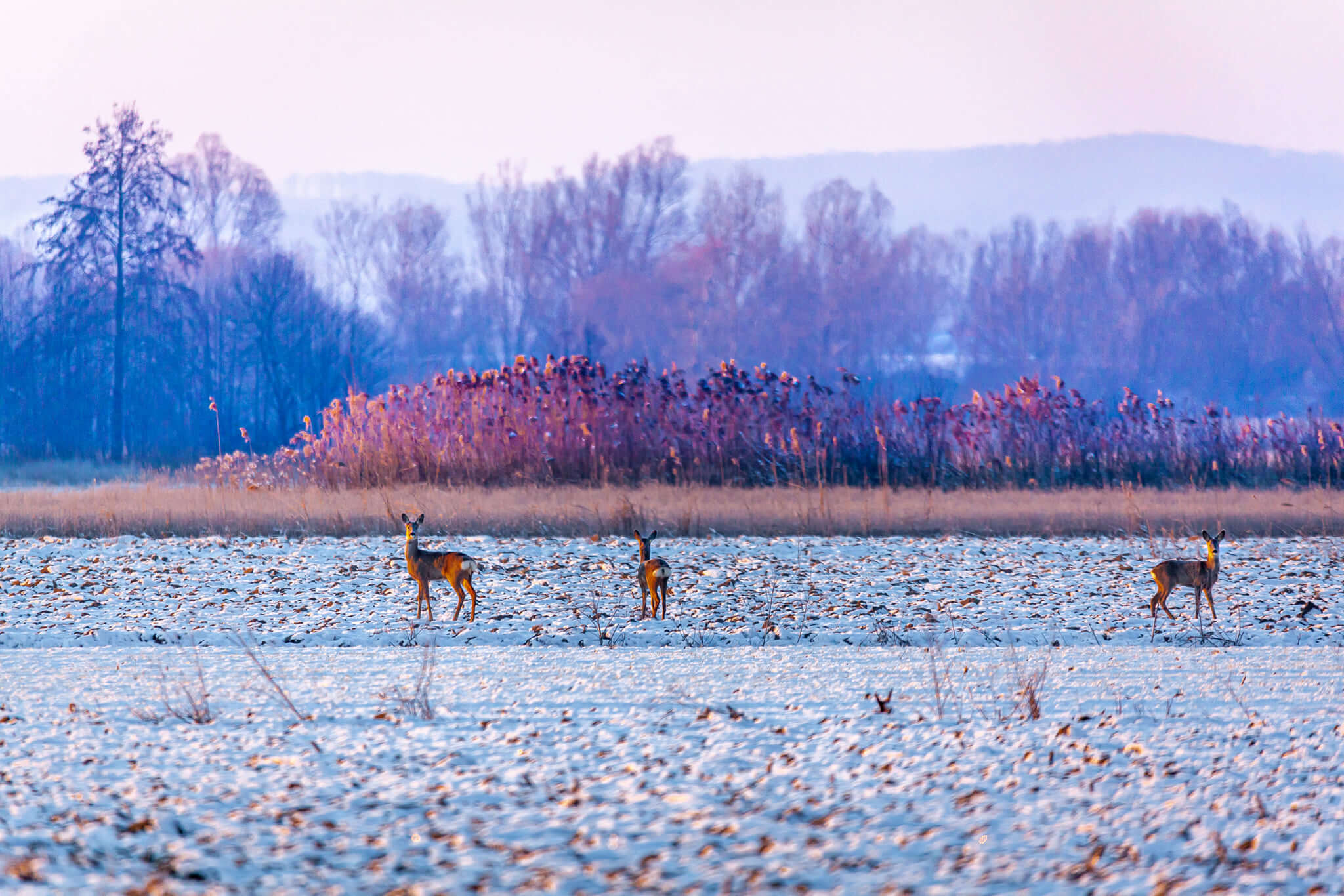 © Ivan Nemet
© Ivan Nemet
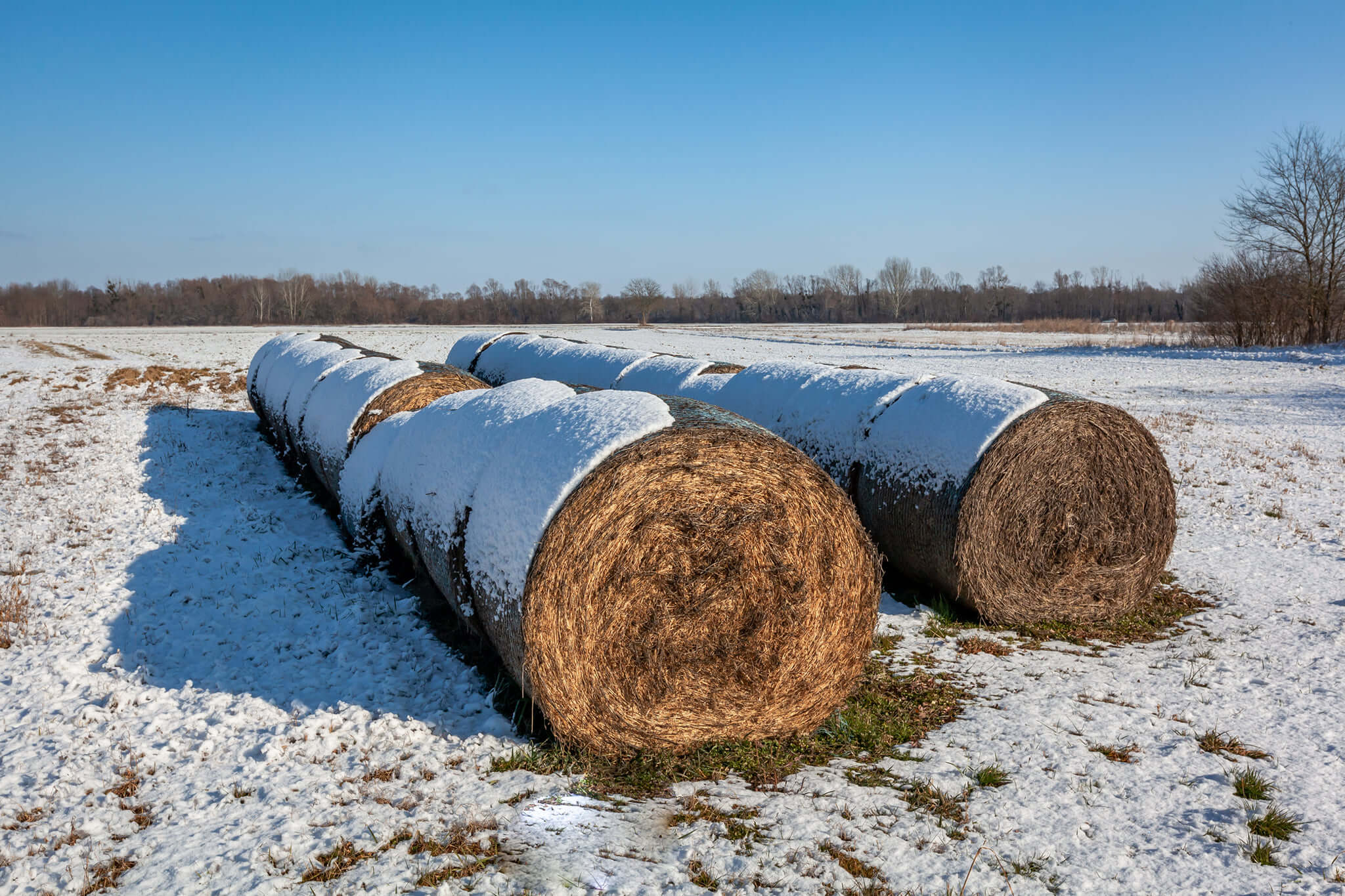 © Ivan Nemet
© Ivan Nemet
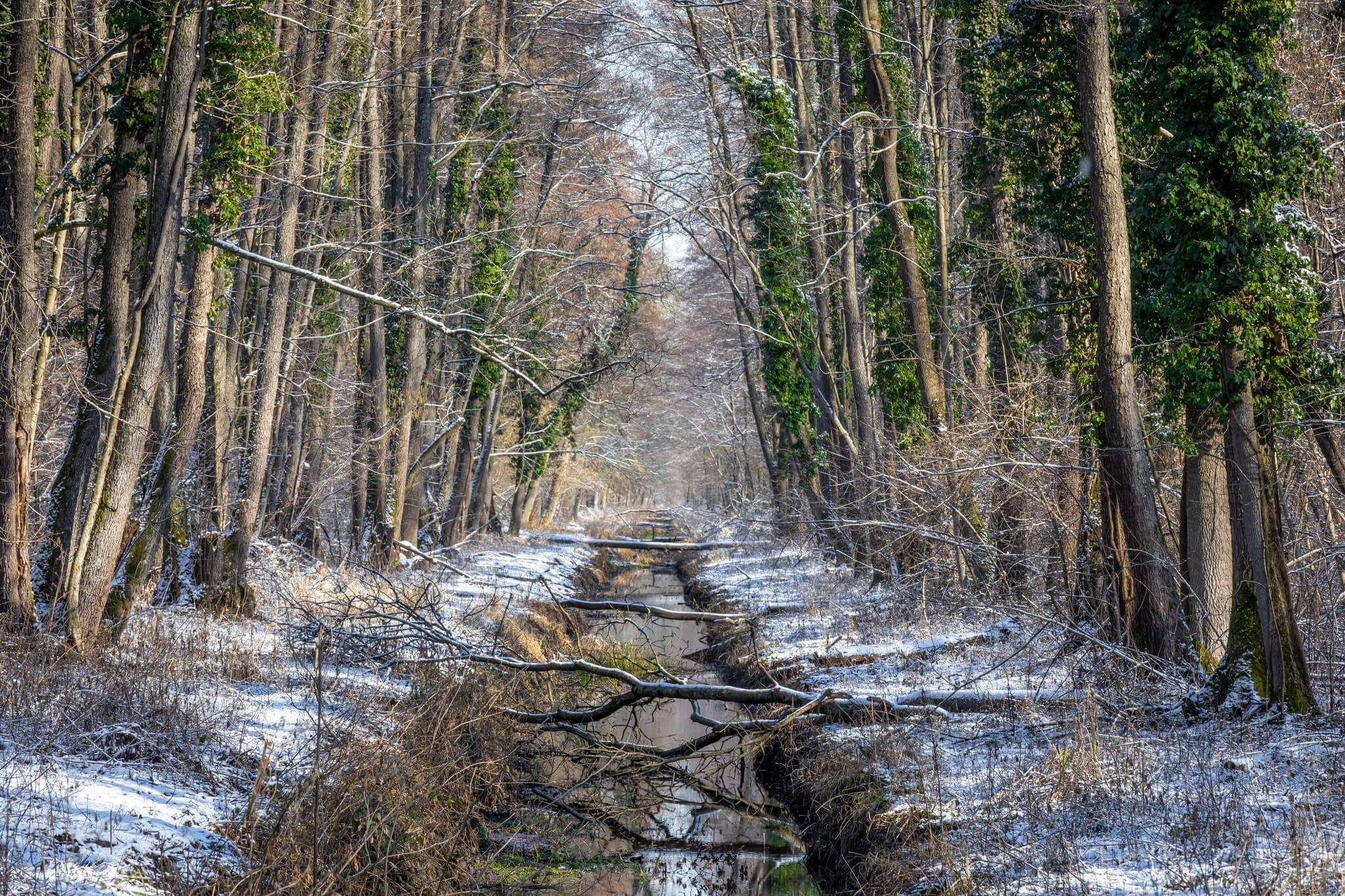 © Ivan Nemet
© Ivan Nemet
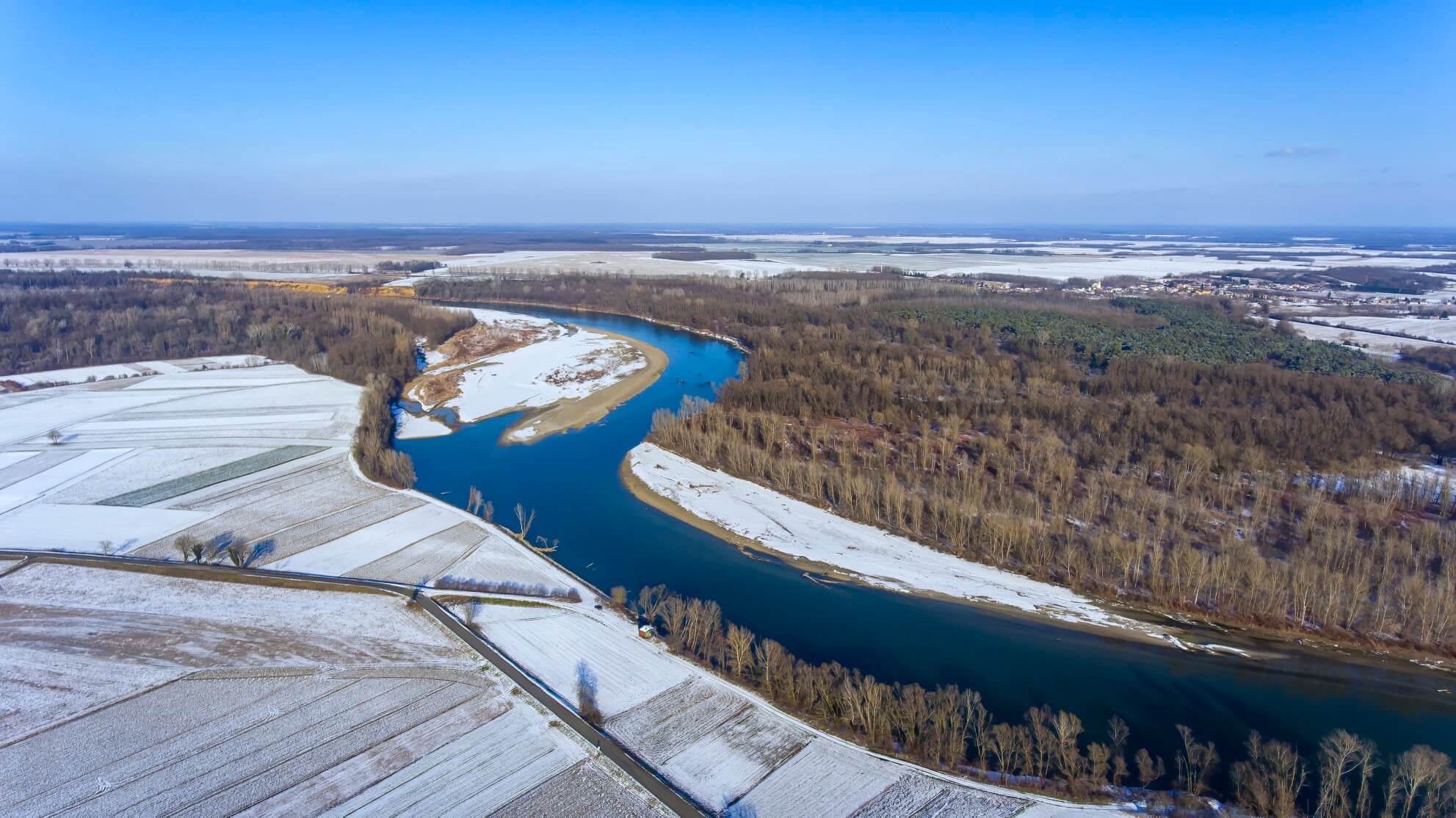 © Ivan Nemet
© Ivan Nemet
For more about the Drava river in Koprivnica-Križevci County look here. For more about the area of Podravina containing Kloštar Podravski and Đurđevac, look here
Slavonski Brod
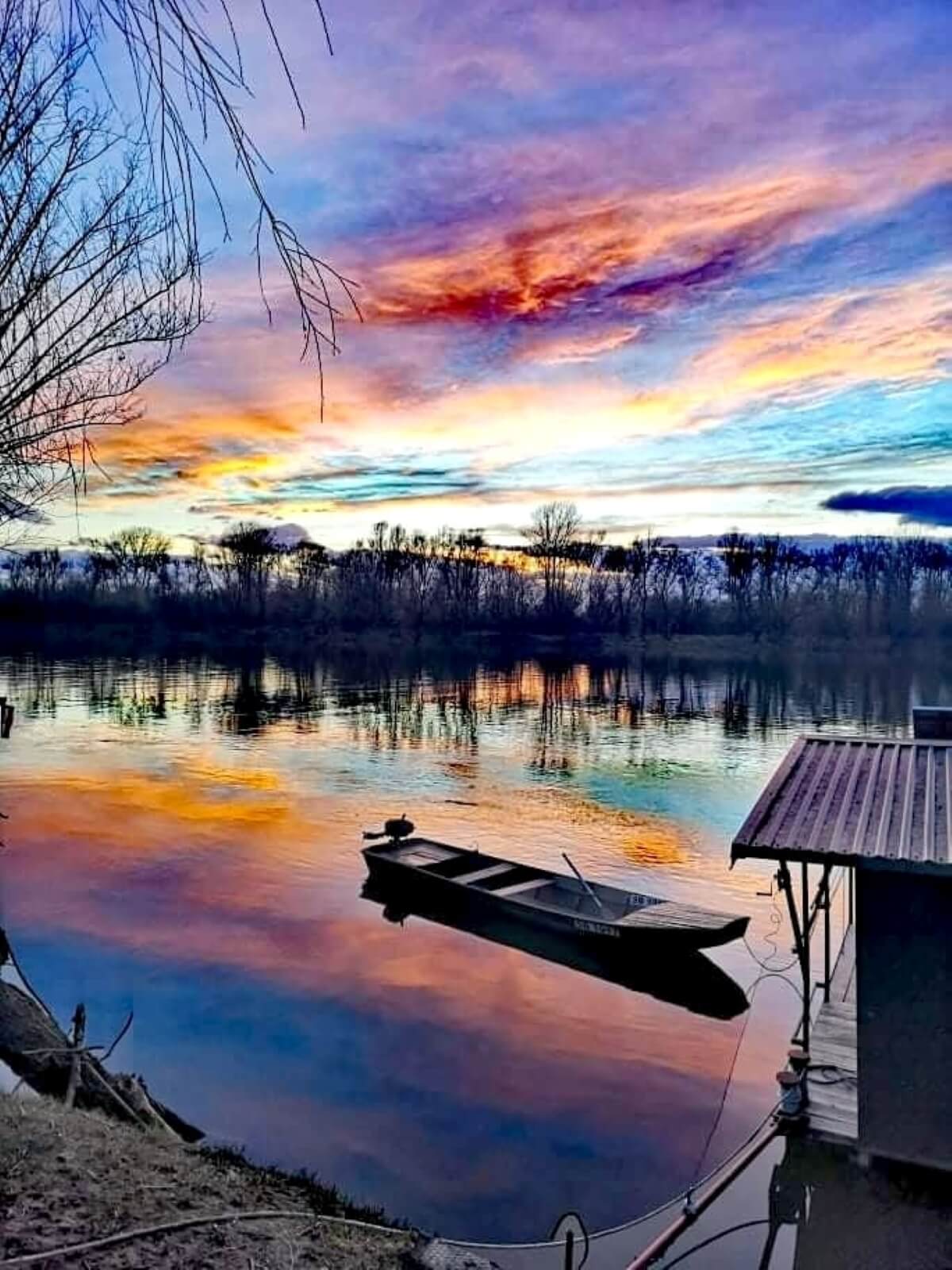 © Mirna Šikić
© Mirna Šikić
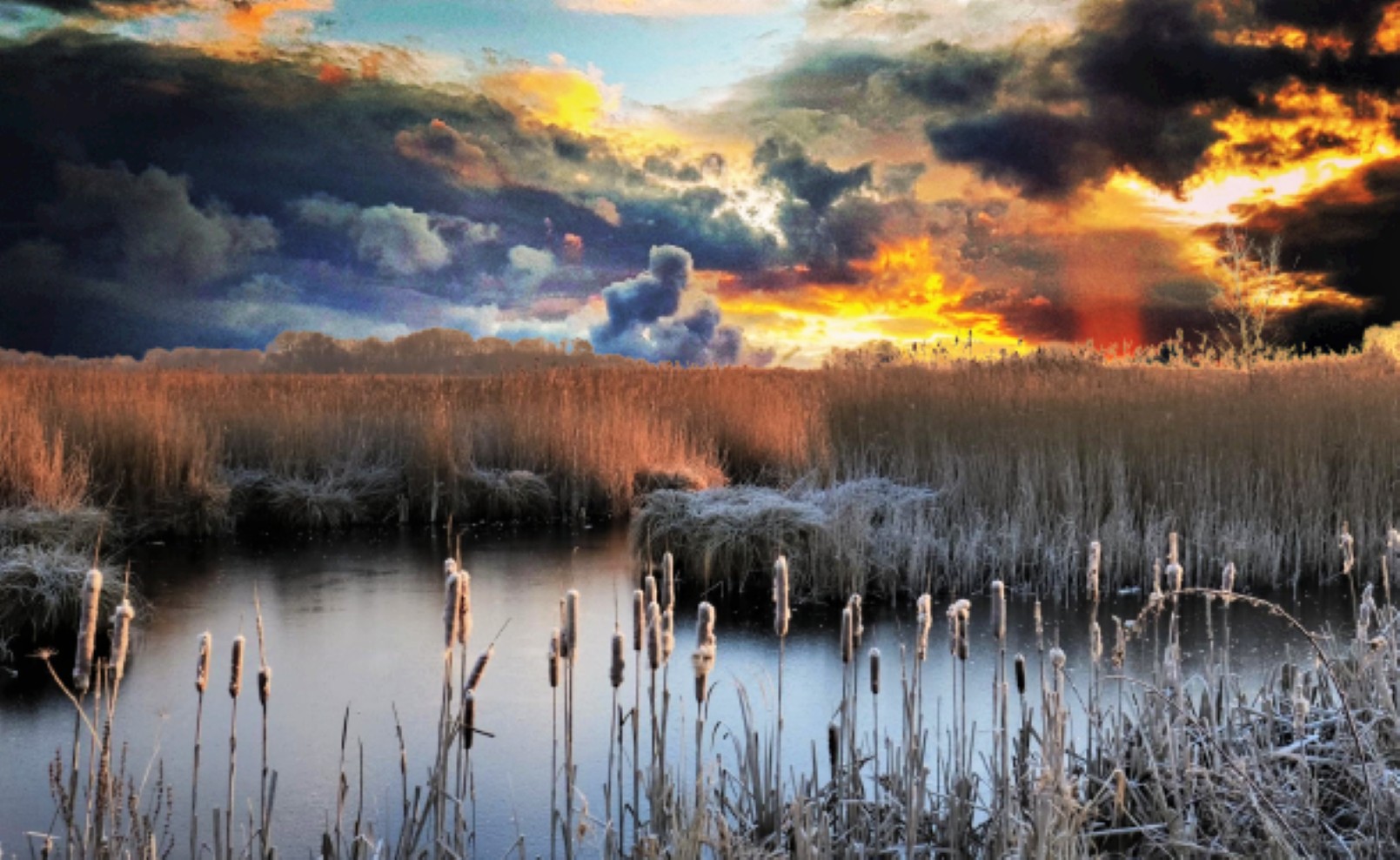 The wetlands and ponds in Oriovac near Slavonski Brod are not only home to fish - over 50 species of birds visit these waters © Antun Lukšić
The wetlands and ponds in Oriovac near Slavonski Brod are not only home to fish - over 50 species of birds visit these waters © Antun Lukšić
For more about Slavonski Brod, look here
Žumberak-Samoborsko gorje Nature Park
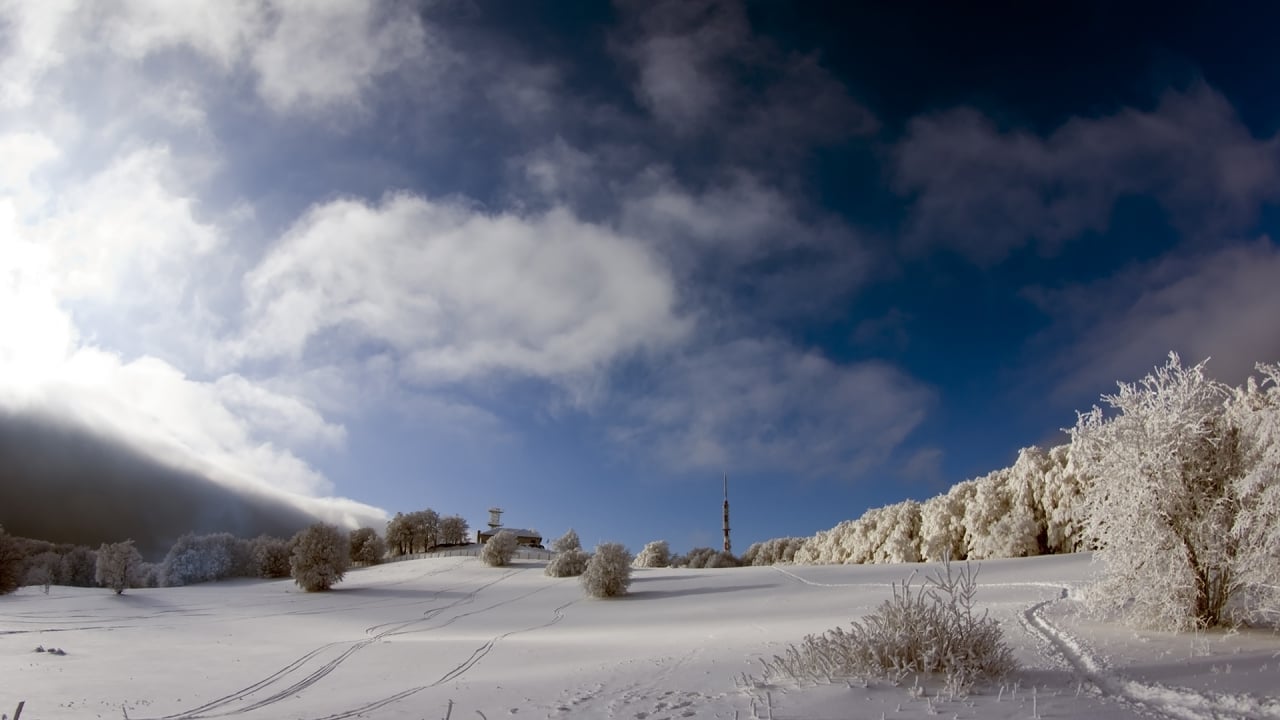 The high peak of Sveti Gera, on the western edge of Žumberak-Samoborsko gorje Nature Park © Domagoj Novosel
The high peak of Sveti Gera, on the western edge of Žumberak-Samoborsko gorje Nature Park © Domagoj Novosel
The author would like to thank each of the photographers who kindly loaned their work to him for this article
Zagreb County Celebrates Successful 2021 Visitor Numbers
January 17, 2022 – Perhaps it's the perfect balance of nature, culture and close proximity to the buzzing, big city? Zagreb County celebrates successful 2021 visitor numbers, despite the ongoing global challenges.
After tourism in 2020 was almost totally nixed, 2021 will be remembered as the year things began moving again. Certainly, that can be said for Zagreb County, who are celebrating after releasing relatively successful visitor numbers for the year.
According to data from the eVisitor system, in Zagreb County in 2021 there were 87.5 per cent more tourist arrivals and 49 per cent more overnight stays compared to 2020.
In 2021, 59 per cent more domestic tourists visited the county and accounted for 9 per cent more overnight stays. Foreign visitor numbers were up a huge 110 per cent on 2020 and their tally of overnight stays was up 91 per cent on the previous year.
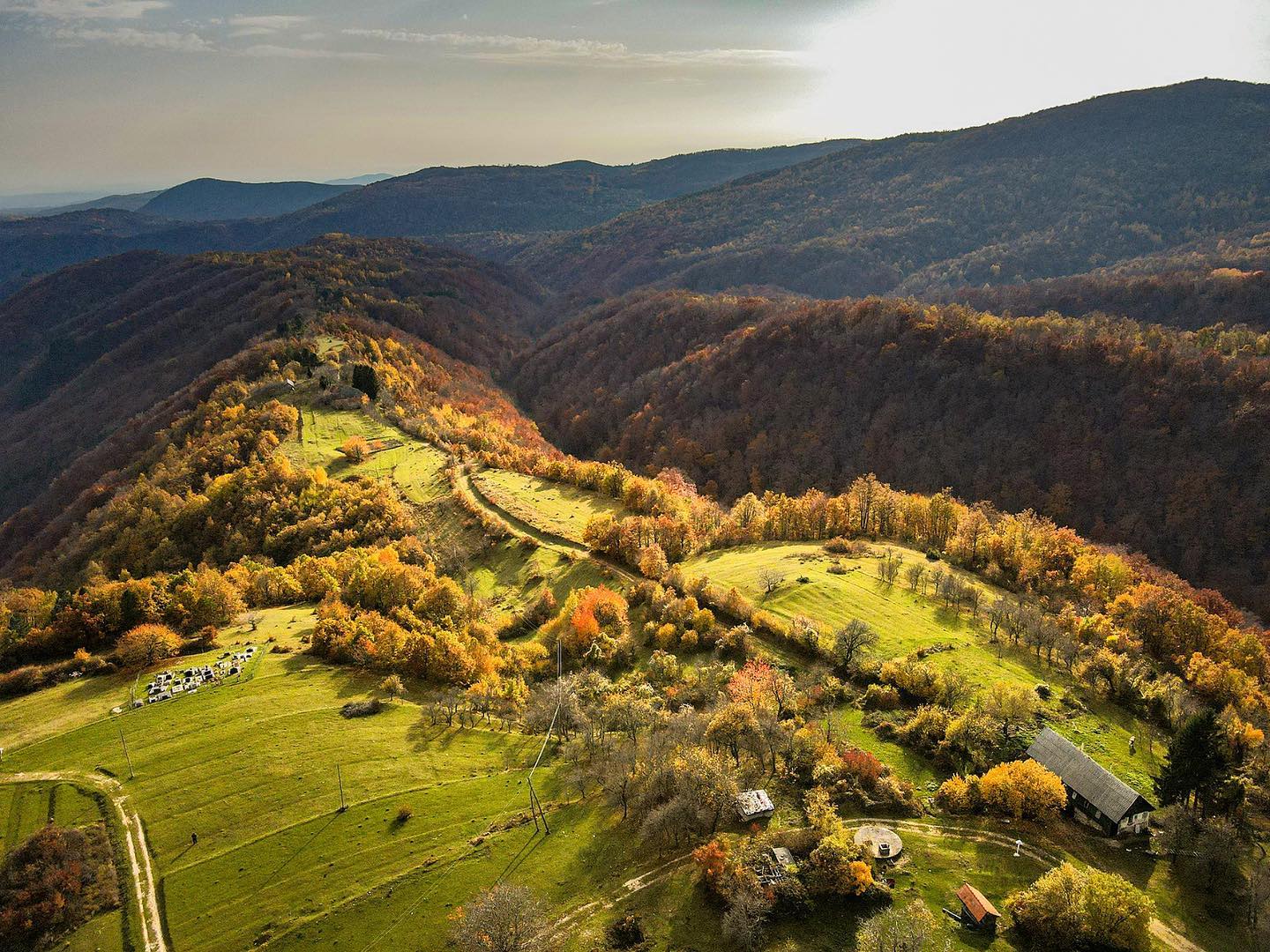
In total, 2021's numbers accounted for 58 per cent of the arrivals and 69 per cent of overnight stays that occurred within the record year of 2019.
Most foreign tourists to Zagreb County in 2021 were from Germany, Poland, the Netherlands, Italy, Austria, the Czech Republic, Slovenia, the United States, France and Bosnia and Herzegovina.
Looking at what sort of accommodation visitors chose, most overnight stays were taken in hotels (40 per cent). Household facilities like holiday homes accounted for 25 per cent, accommodation linked to a catering facility stood at 19 per cent and 10 per cent of visitors camped overnight.
The Zagreb County destinations most popular with visitors were Velika Gorica, Sveta Nedelja, Samobor, Jastrebarsko and Ivanić-Grad.
"Considering that 2021 was also marked by the coronavirus pandemic, I think that we can be very satisfied with the achieved tourist results,” commented Zagreb County Tourist Board director Ivana Alilović. “Tourist staff have made great efforts so that domestic and foreign guests can enjoy the diverse offer of our destination while feeling safe. And the Tourist Board of Zagreb County, through various campaigns, systematically worked to promote and attract tourists to the Green Ring of Zagreb."
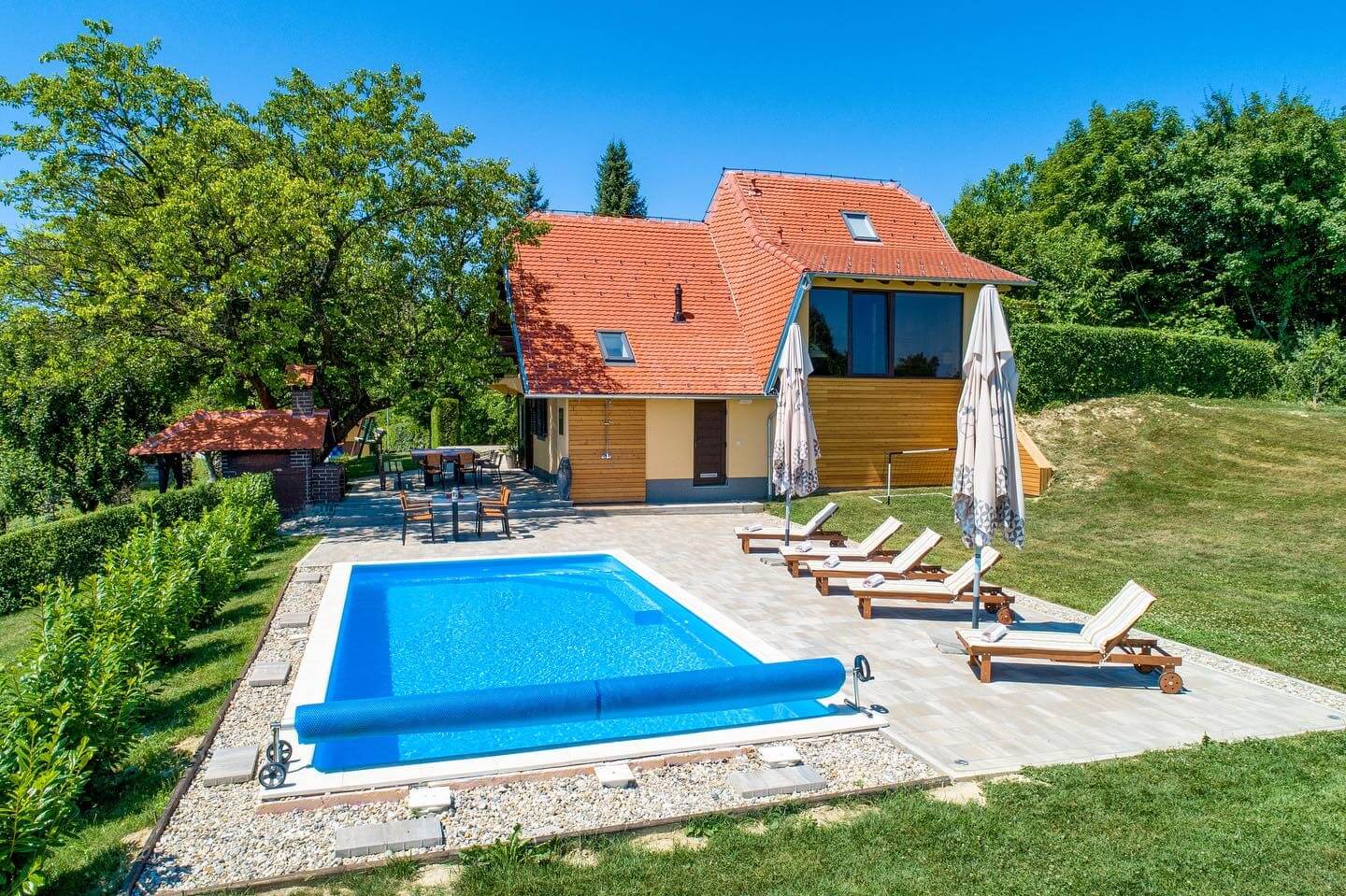
The director added that the tourism sector had once again shown that it is adaptable and innovative and that the best results are achieved through synergies. She also noted the growing interest in holiday homes that offer security, excellent service and an authentic experience.
Last year, Zagreb County awarded one million kuna in non-refundable grants to entrepreneurs in tourism. The aim was an increase in quality of service and of facilities. As well as the building of new facilities, monies were directed towards the renovation and equipping of existing facilities, with focus given to additions such as swimming pools, wellness and other recreational, sports and entertainment content.
For more news about Zagreb County tourism, bookmark Total Croatia News pages here.
All images courtesy Turistička zajednica Zagrebačke županije
Get a Taste of Zagreb County Jastrebarsko on Wine Country Getaway
January 12, 2022 – Celebrated Croatian-American Chef Richard Gruica has a big enthusiasm for local wine and food. This Saturday he'll lead curious gastronauts through a culinary tour of Zagreb County Jastrebarsko on Wine Country Getaway.
These days, it's easier than ever to find great local food in Croatia's capital. But, if you're searching for authentic Zagreb dishes, what you'll actually find is a cuisine of shared provenance.
For the most part, Zagreb food is actually the traditional menu of Zagreb County and Zagorje. These largely rural areas supply the homes, hotels and restaurants of Zagreb with much of their best food and wine.
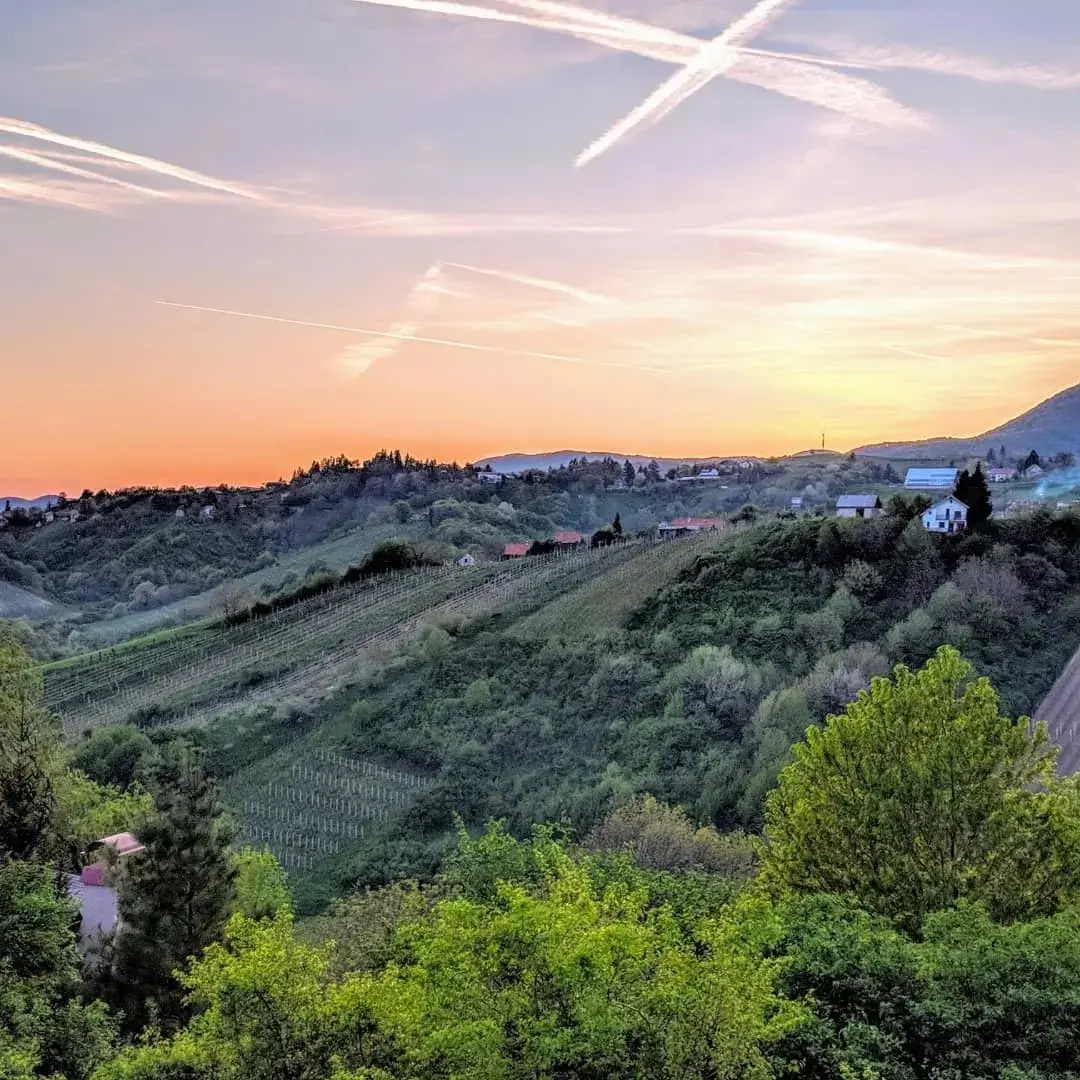
In villages and towns surrounding Zagreb, traditional skills are used to get the very best from the land. Often, this know how has been passed down over many generations.
Croatian-American chef Richard Gruica has a big enthusiasm for local wine and food. Splitting his time between the US and Zagreb, there's actually nothing better he likes than setting off on a voyage of culinary discovery in Zagreb County. Thankfully, there's lots to explore.
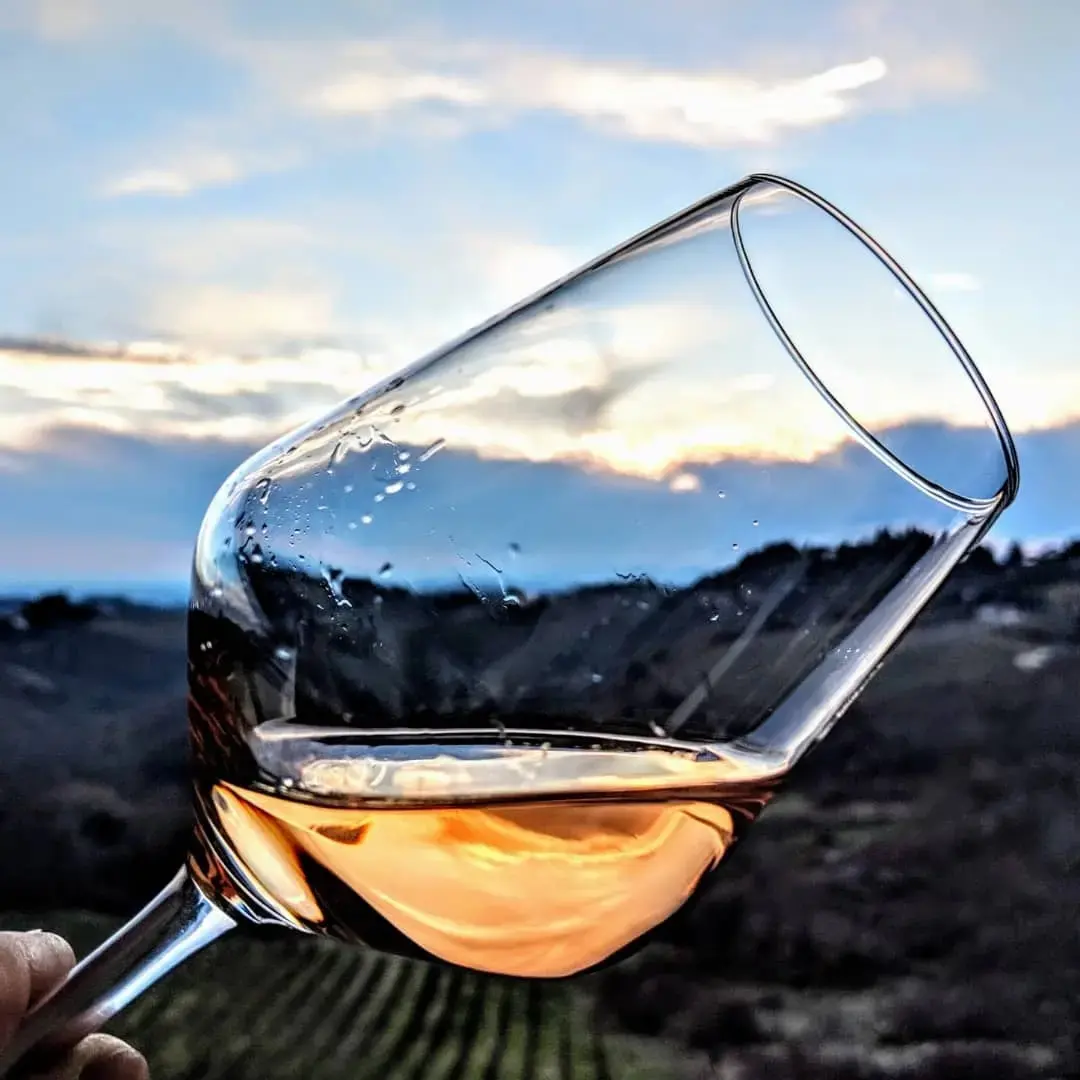
This Saturday, 15th January, Richard is sharing some of the secrets he's found in Zagreb County Jastrebarsko on Wine Country Getaway. He'll take a small group from Zagreb to one of Croatia's premium wine-growing regions. There, you'll try some of the best wines made in continental Croatia, while learning about indigenous grapes and traditional methods. After sampling the wines, you'll be treated to a meal of traditional local food, with wine paired to the dishes.
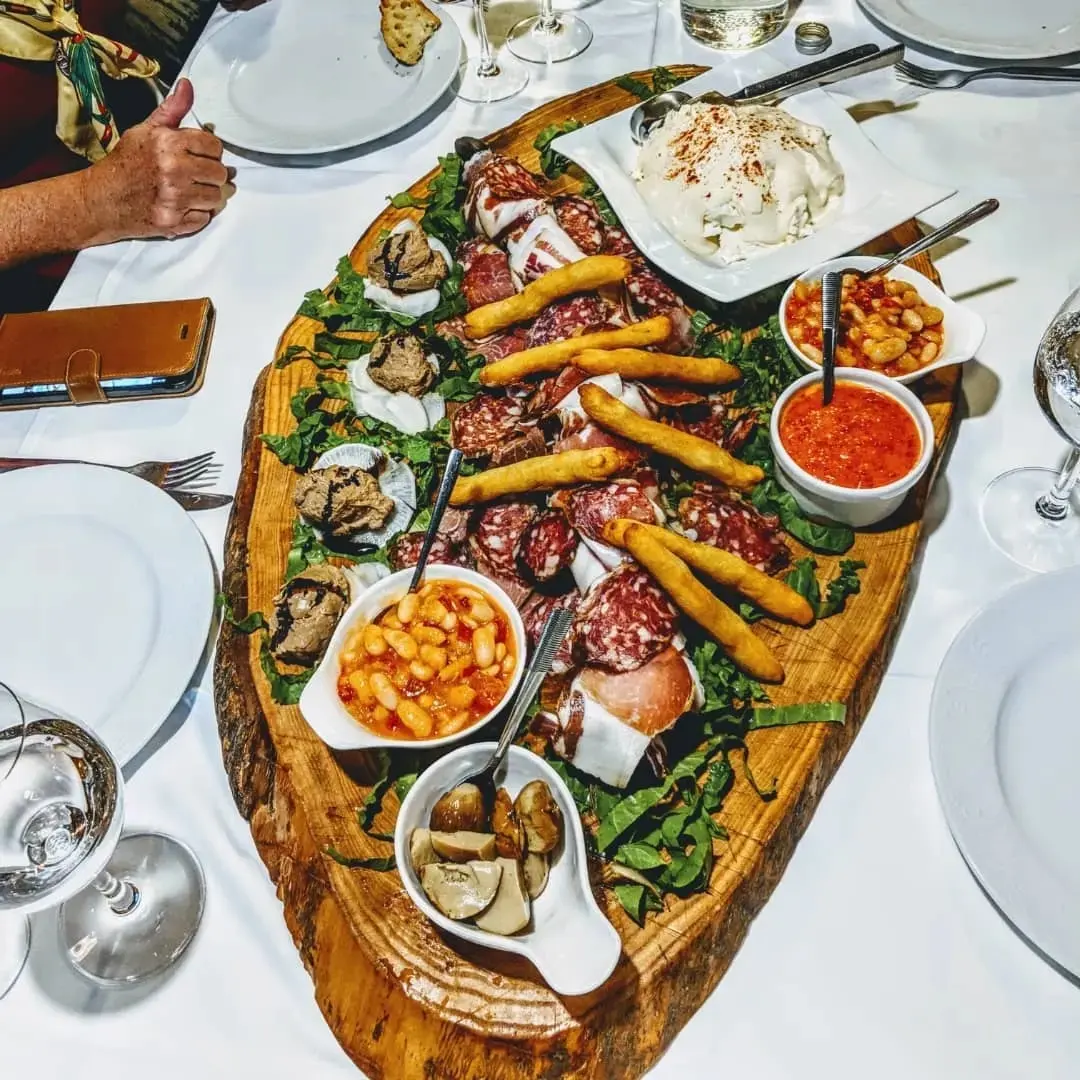
Richard's Wine Country Getaway will visit Plešivica, Jastrebarsko, the Samobor Hills, and the southern part of the Žumberak mountains. The tour will visit the estate of a renowned local winemaker. You'll also drop in on a traditional copper – he's the only one in this region still making wooden barrels in the traditional way. After taking in the tradition, you'll head into the hills to enjoy a traditional lunch in a rustic wooden hillside tavern. Richard's tour will conclude with a trip into town for a famous dessert.
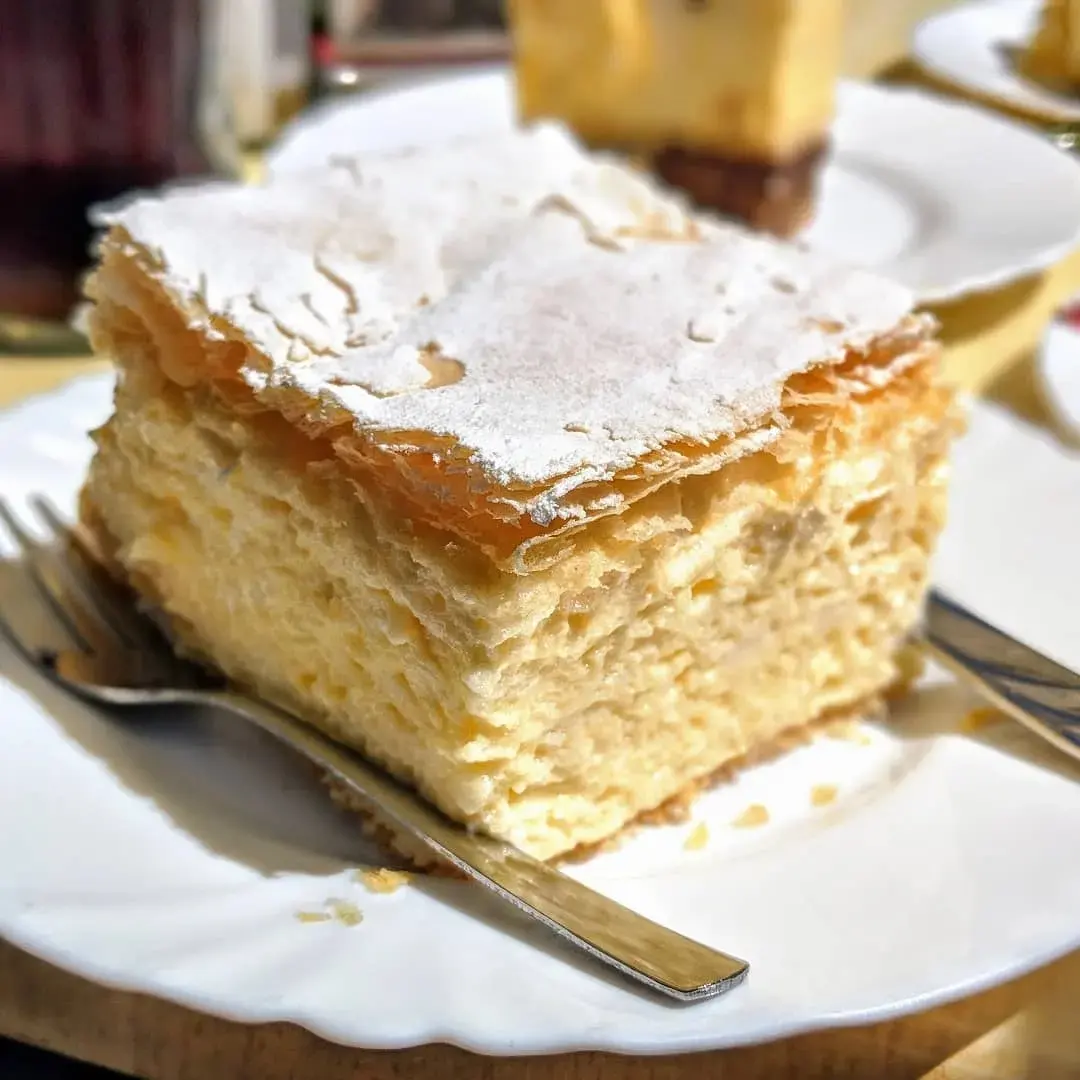
Richard's tour of Zagreb County Jastrebarsko on Wine Country Getaway includes
• Transportation
• Cooperage visit and tour
• Wine tasting and tour
• Gourmet lunch with appetizer, choice of entrée and paired wine
• Dessert
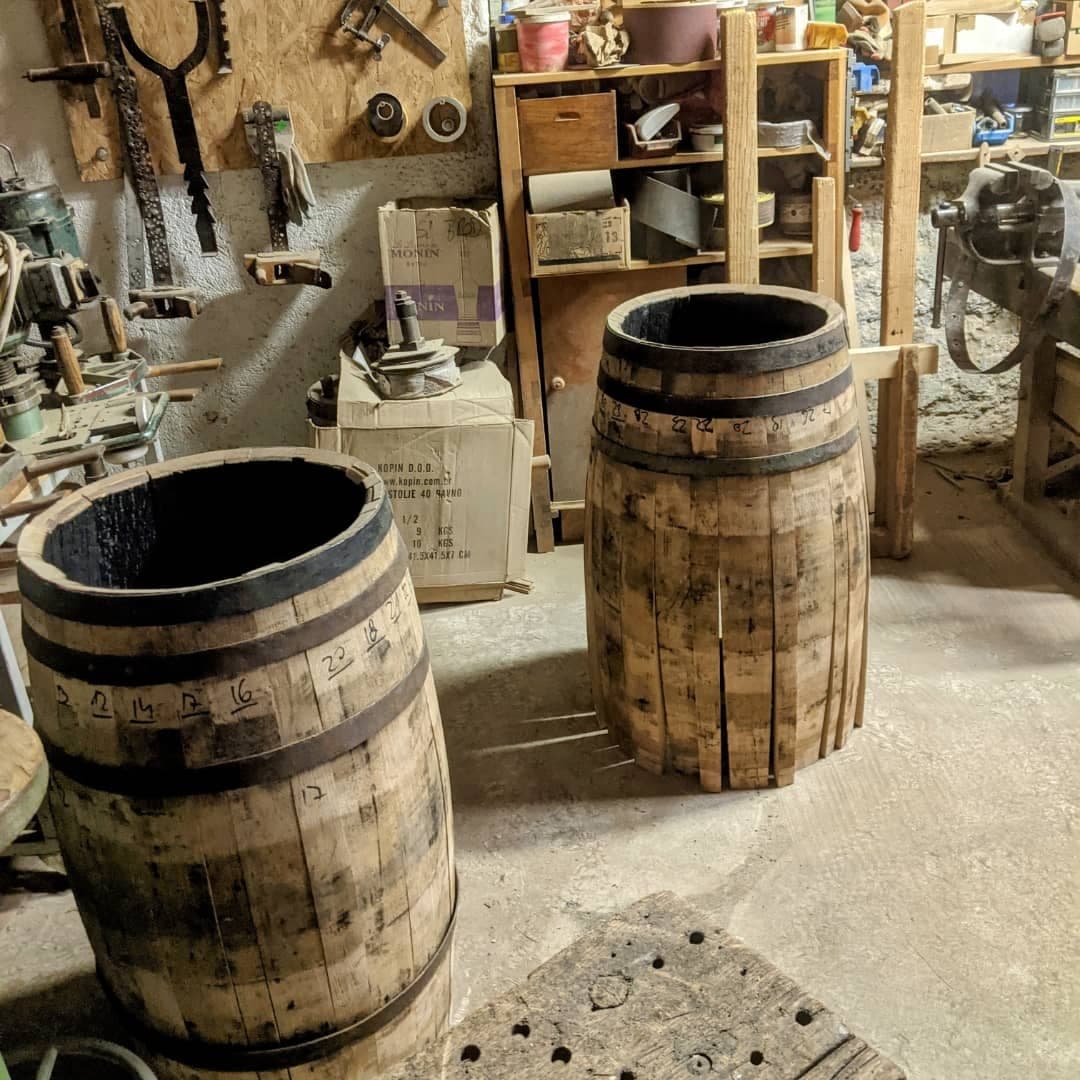
All guests will be picked up in front of Hotel Academia (Ul. Ivana Tkalčića 88) at 11am on Saturday 15th January. You'll return to Zagreb at approximately 7.30pm. The cost for Zagreb County Jastrebarsko on Wine Country Getaway is 500 Kn or 75 USD. You can book your place and get more information here.
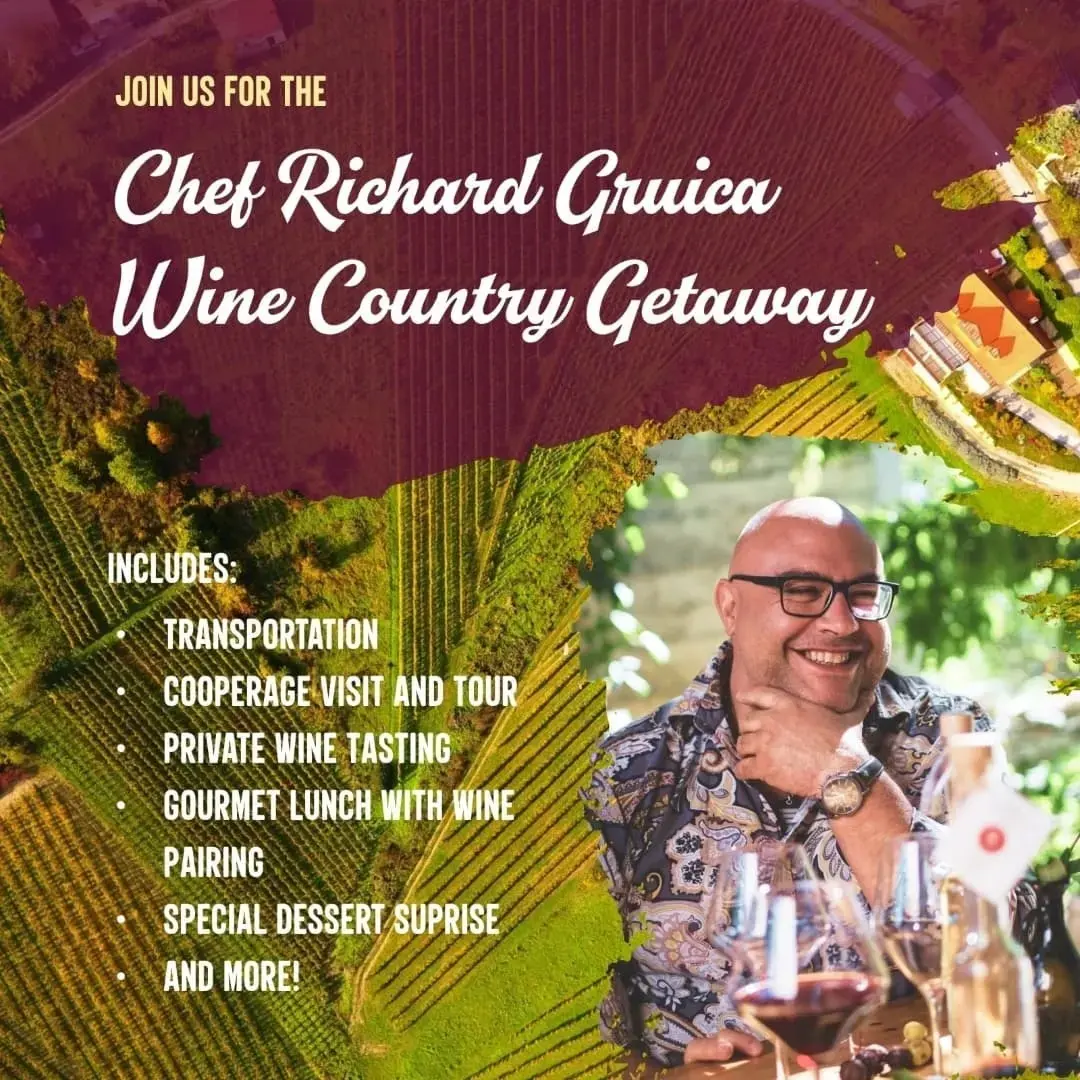
GoWine Gourmet Tourism Project Presents Zagreb County Wine Roads
November 29, 2021 - The first phase of the Gourmet tourism project - GoWine - was presented in Samobor. It includes the tourist boards of Jastrebarsko, Samobor, and Sveti Ivan Zelina with the approval of the Ministry of Tourism and Sports and the support of the Zagreb County Tourist Board.
In the first phase of the Gourmet tourism project GoWine, a map of wine roads was made in a circulation of 5,000 copies, followed by the website www.gowine.hr, the corresponding logo, and an application for an interactive virtual walkthrough of the wine roads. This is the result of several tourist boards carrying out activities together to develop a tourist product and promote the destination, reports HRTurizam.
The GoWine website and an interactive map provide an overview of all members of the three wine roads from Zagreb County, the availability of their direct contacts, and navigation to each of the wineries.
"Zagreb and Zagreb County form a space through which a large number of visitors, businesses, and tourists pass during one year, and the local population often chooses Zagreb County wine roads for their weekend destination. Therefore, Martina Paladina, director of the Samobor Tourist Board, Petra Masnec, director of the Tourist Board of Jastrebarsko, and my little tourist board decided to produce an interactive tool that would allow you to quickly find the desired location and a unified and complete list of destinations. Therefore, in the first phase of the project, we dedicated ourselves to the wine roads of our county, followed by accommodation and catering facilities and rural households," said the director of the Sveti Ivan Zelina Tourist Board and project coordinator Marinka Zubčić Mubrin, adding that the project established a basis for integrated gourmet tourism management to create a recognizable tourist destination product that they believe will be an excellent boost to the competitiveness of Zagreb County tourism.
Reducing the fragmentation of information and a more extensive overview of the gourmet offer of this area makes the decision easier for visitors. In addition, it opens new business opportunities for winemakers and other tourist activities.
Thus, domestic and foreign wine tourists, residents of Bregova Hrvatska, and all other passers-by who want to explore the wine roads of Zagreb County now have a new tool that makes it easier for them to find and travel to their favorite wine destinations.
The interactive virtual walk and web application are done by Otokar Crnalić from the 360 Provideo agency. The logo and wine list were created by Marko Jovanovac from the Symbol agency, while the GoWine website was made by Goran Kukočevac from Getim.
To read more about lifestyle in Croatia, follow TCN's dedicated page.
Discovering Authentic Croatia's Secrets With Seoski Tourism
November 4, 2021 – Village tourism or countryside tourism - Seoski tourism in Croatia - offers authentic, traditional experiences. Aleksandra Kuratko, secretary of Udruga ruralnog turizma Hrvatske (Croatian Rural Tourism Association) tells us more about it, and their work to help facilitate it
Croatia's visitor offer is evolving and expanding. There are exciting aspects of authentic Croatia to be discovered. Away from the beach, villages inland often look remarkably similar to how they did one hundred years ago. There, crops are grown and produce made in ways passed down through generations of families. And, in some lucky instances, these family farmers are willing to open their doors, invite you inside and show you how they live.
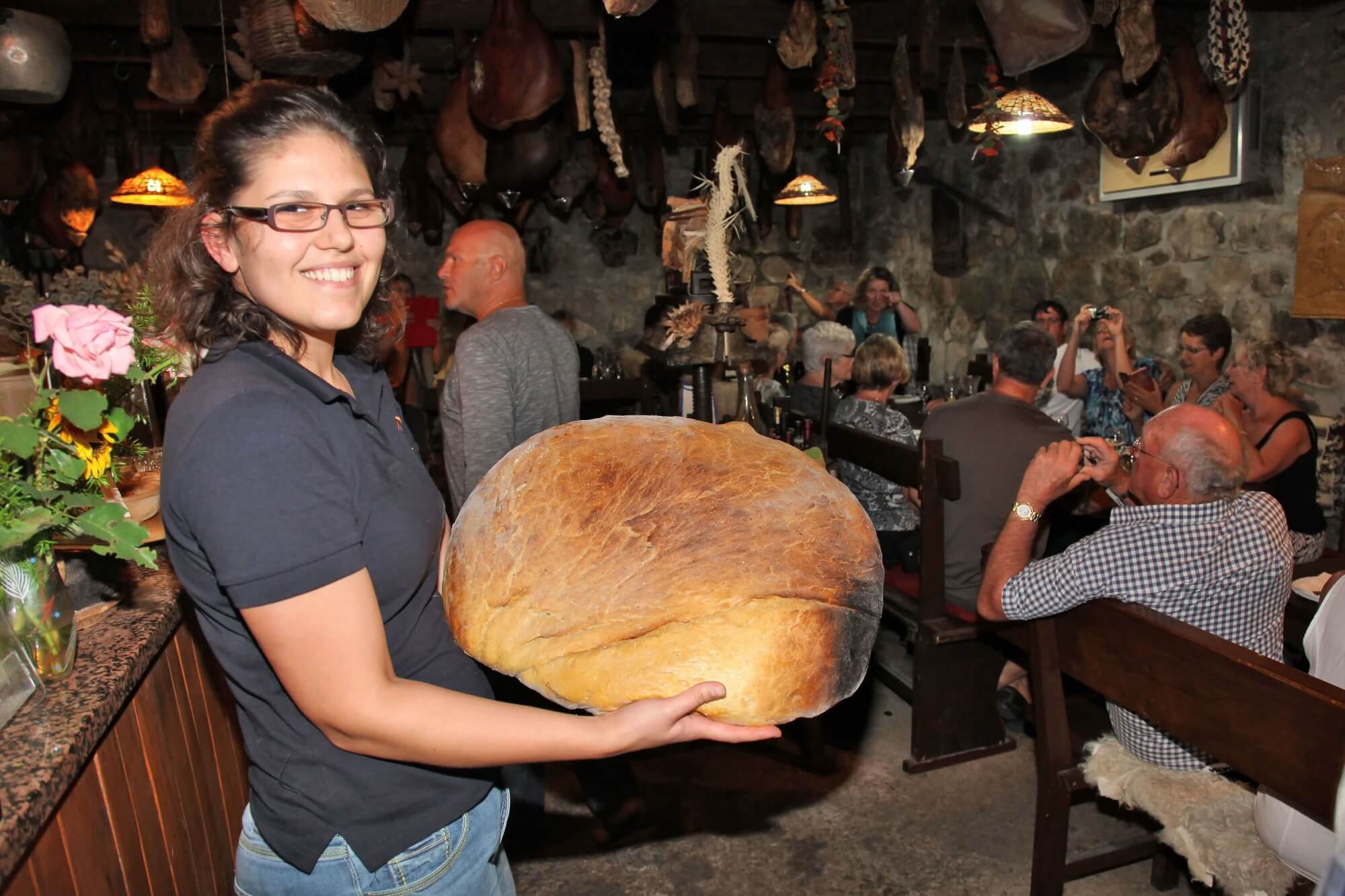 Bread from the peka at Agroturizam Antunović on Pelješac
Bread from the peka at Agroturizam Antunović on Pelješac
Seoski Tourism – translated as either village tourism or countryside tourism – is just that. Family farms that offer hospitality. These are some of the most homely and most welcoming accommodation experiences you can have in Croatia. Offering sights and sounds, tastes and flavours that you can't find anywhere else, visits or stays in Seoski Tourism places have long been loved by locals for weekend breaks or holidays outside peak summer. But, increasingly, these authentic Croatia experiences are being discovered by international visitors.
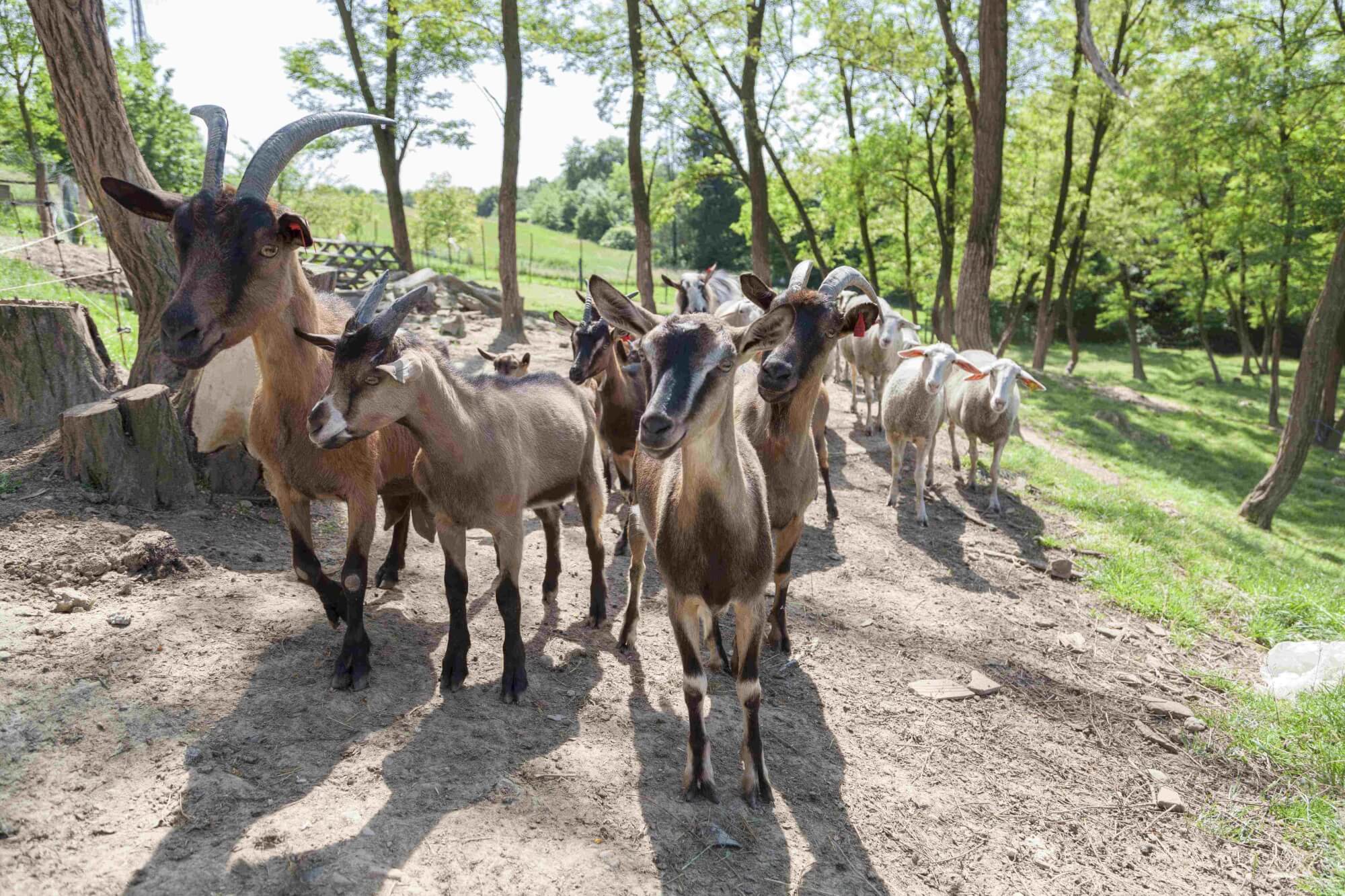 Moslavina goats at Kezele family farm © Davor Konjikušić
Moslavina goats at Kezele family farm © Davor Konjikušić
One institution trying to facilitate the growth in interest is Udruga ruralnog turizma Hrvatske - Croatian Rural Tourism Association. Since it was formed in 2016, they have tried to bring together Croatia's family farm hosts, to promote them and educate them, and to build bridges between these independents and tourist boards, tourist agencies, educators and even the wider world outside Croatia.
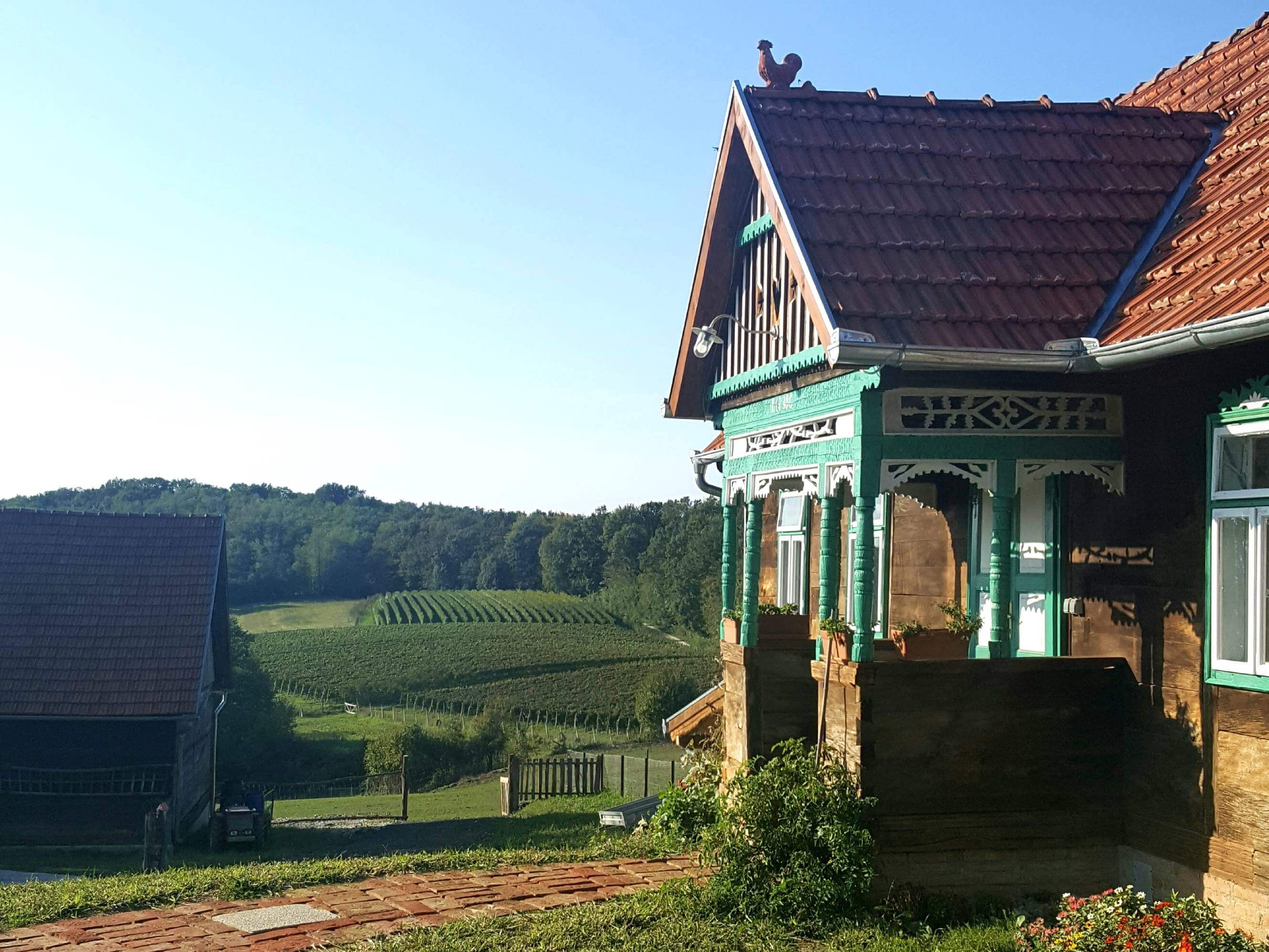 Seoski turizam Kezele in Šumećani, on the border of Zagreb County and Bjelovar Bilogora County © Davor Konjikušić
Seoski turizam Kezele in Šumećani, on the border of Zagreb County and Bjelovar Bilogora County © Davor Konjikušić
Based in Ivanić-Grad, Zagreb County, the Croatian Rural Tourism Association is currently touring the length and breadth of the country, holding workshops with as many Seoski Tourism family farms that will come. And if the farmwork doesn't allow them free time, then they can attend Croatian Rural Tourism Association workshops online.
On the eve of the association's online Seoski Tourism workshops for Central Croatia and Slavonia, TCN interviewed Aleksandra Kuratko, secretary of Udruga ruralnog turizma Hrvatske, to find out more about Seoski Tourism in Croatia.
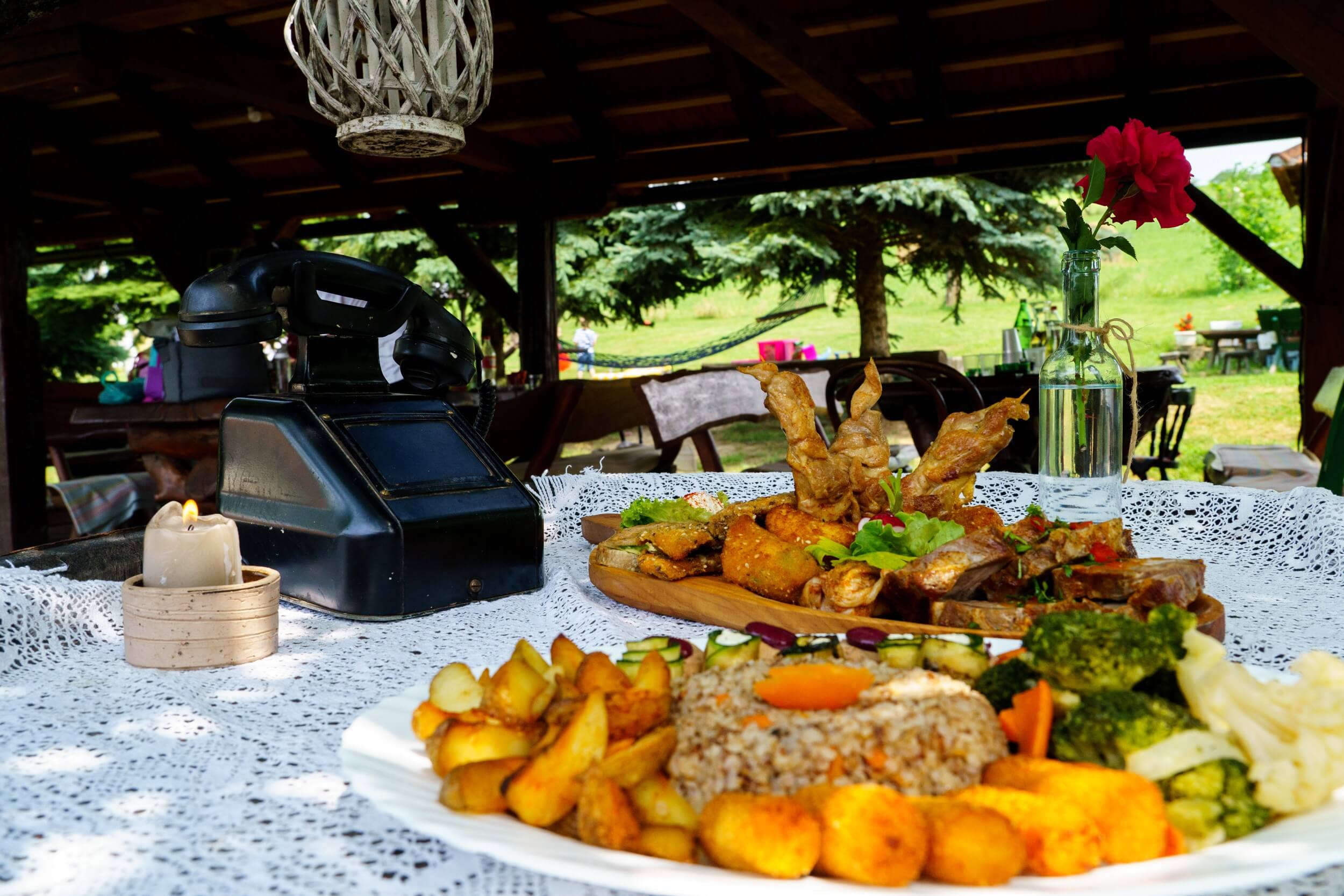 Prigorje specialties at Rakić family farm
Prigorje specialties at Rakić family farm
My name is Aleksandra Kuratko and I am secretary of Udruga ruralnog turizma Hrvatske. As an association, we are 5 years old.
We have 35 members, most of whom are service providers in what we call Seoski Tourism. We also have several tourist boards and two educational institutions as members.
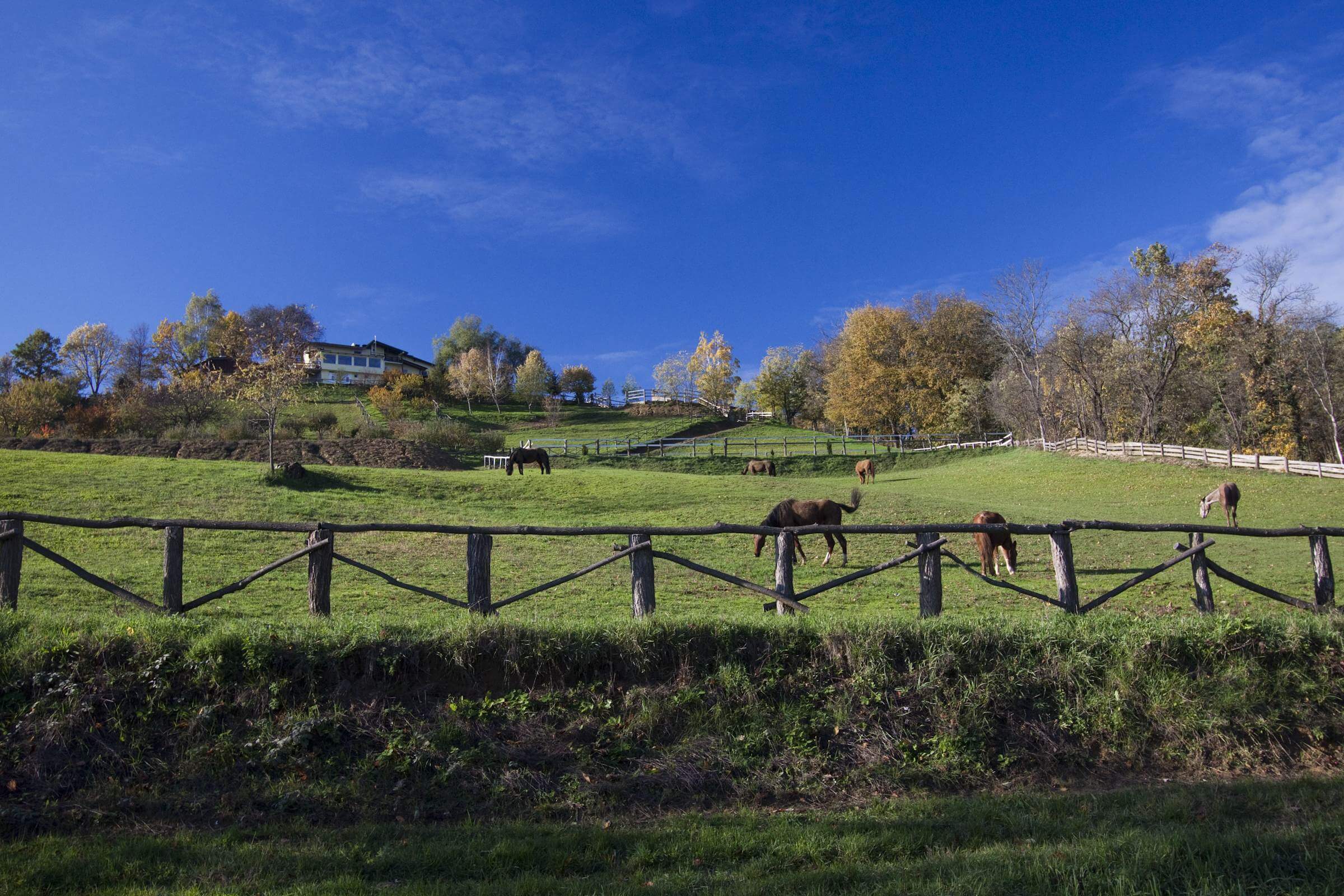 Bilogora horses in autumn at Agroturizam Na malenom brijegu © Vladimir Vlajinić
Bilogora horses in autumn at Agroturizam Na malenom brijegu © Vladimir Vlajinić
Seoski tourism is not quite the same as rural tourism, because rural tourism is many different types of tourism that happen in rural areas. Seoski tourism - which you might translate as village tourism - is quite specific. We assemble people who work in agriculture and who, at the same time, are also offering hospitality. In English, you might call them Farm Stays. Or Agro-tourism – a merging of agriculture and tourism.
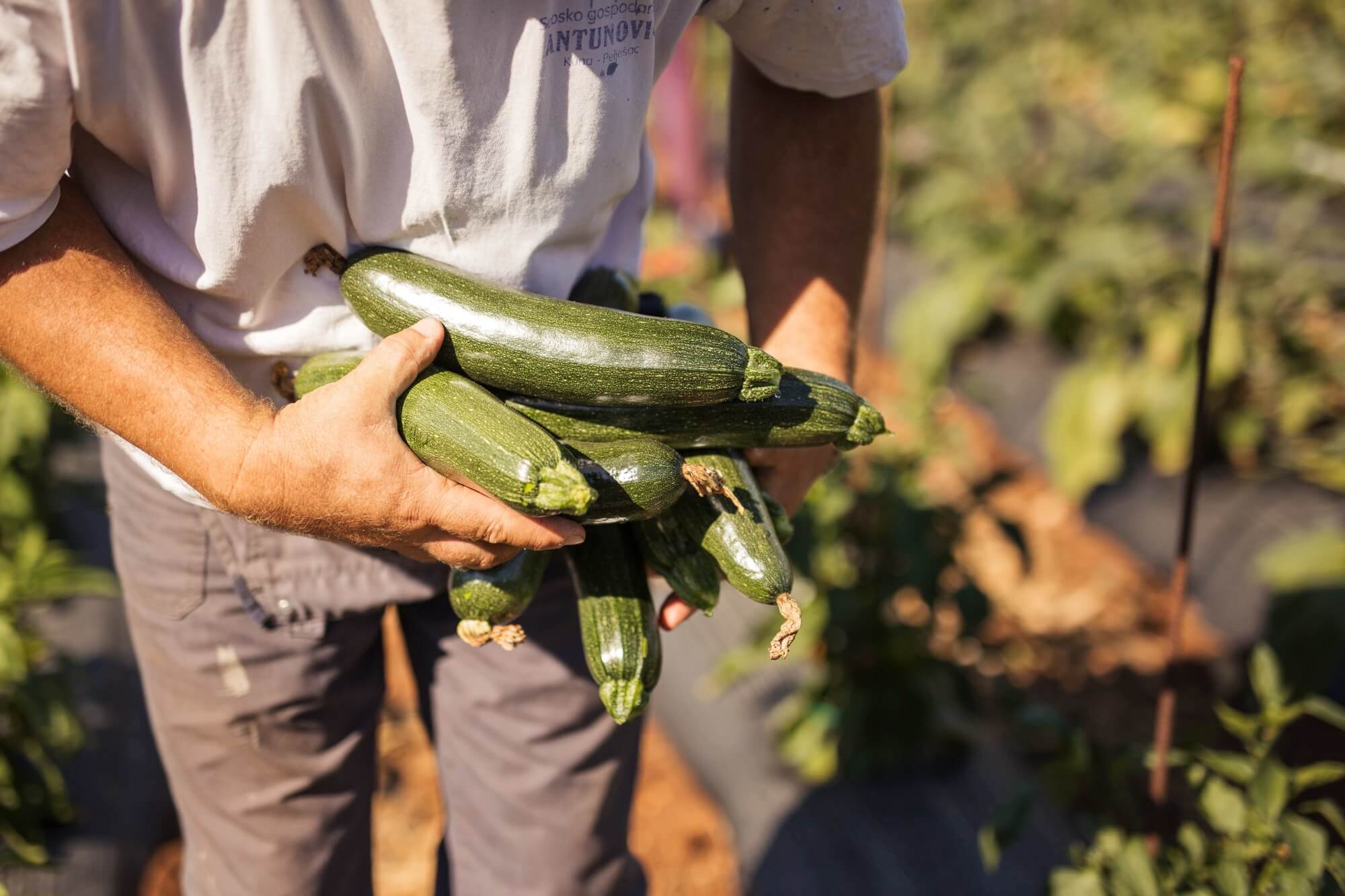 Fresh vegetables at Agroturizam Antunović on Pelješac
Fresh vegetables at Agroturizam Antunović on Pelješac
People who work on agricultural estates often take care of local cultural heritage. For example, they might maintain and renew traditional wooden or stone houses. Many also have etno collections, in which they preserve different objects from their region. Some of these objects might have been used in agriculture and households hundreds of years ago. So, they are preserving the cultural heritage of Croatian villages. This is what we call material cultural heritage. But, there's another kind.
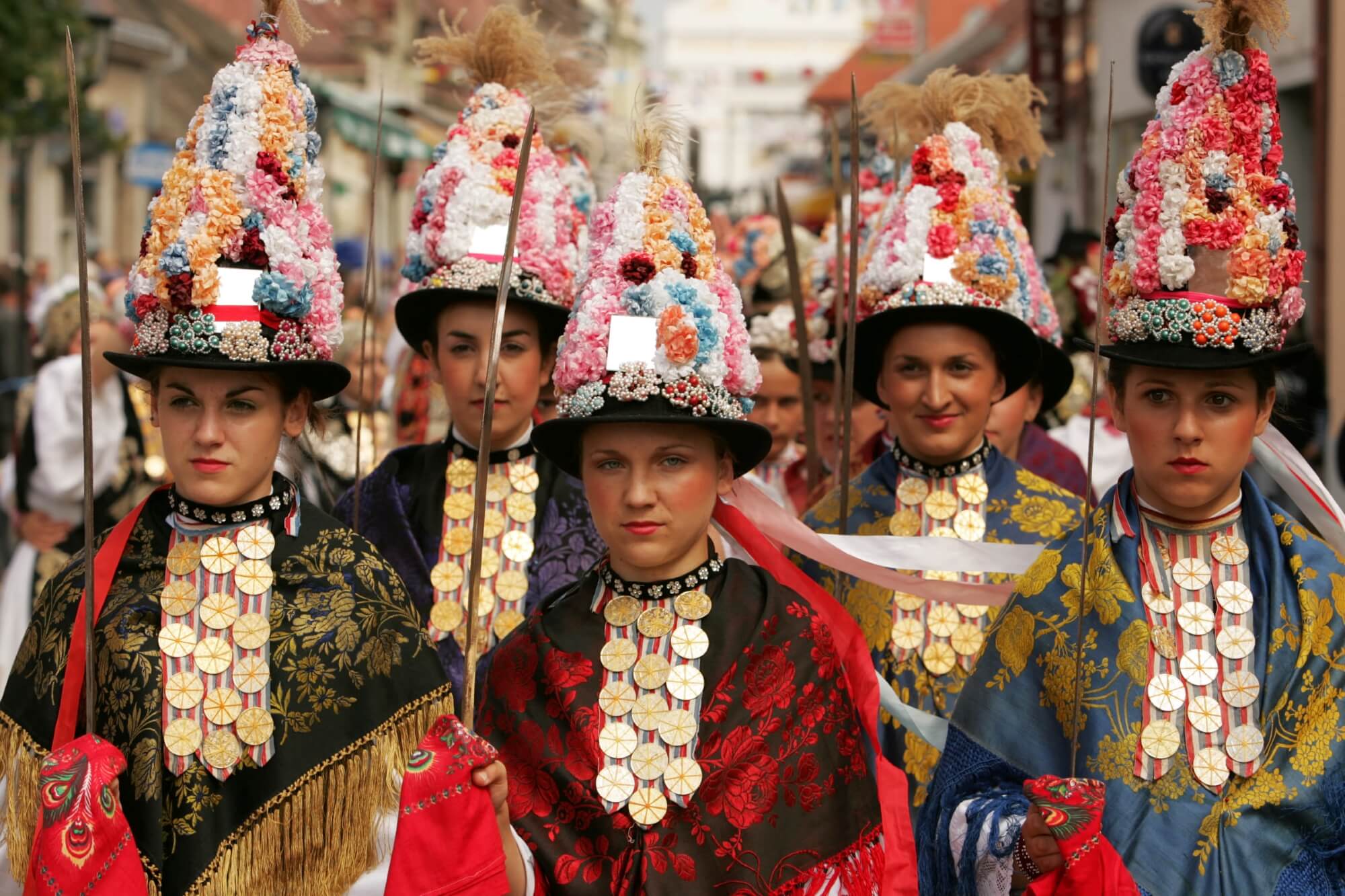 Cultural heritage preserved in one Slavonian village © Mario Romulić
Cultural heritage preserved in one Slavonian village © Mario Romulić
Non-material cultural heritage is also a part. That might be preserving old recipes of traditional, regionally-specific dishes. Or, it might be showcasing the songs and dance of local music.
We are currently running a project which is supported by the Croatian Ministry of Tourism and Sports in which we hold 37 Seoski Tourism workshops in the field all over Croatia. There will also be around 15 online workshops. The workshops are aimed at colleagues who currently operate in Seoski Tourism – they work in agriculture and offer hospitality. Also invited are local tourist boards and local action groups.
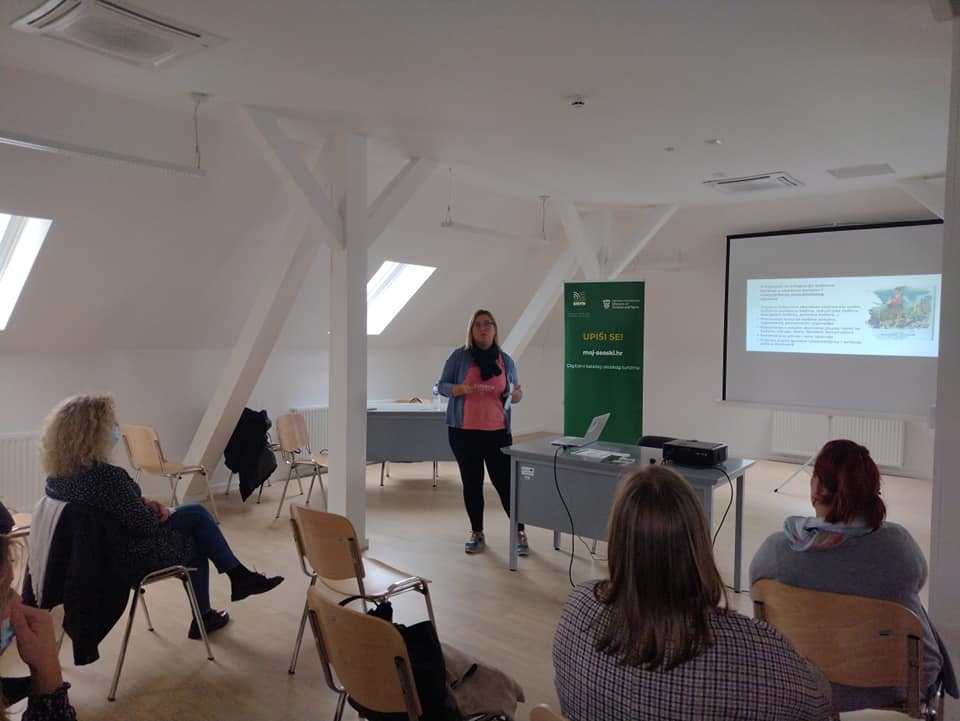 Photo from URTH workshop in Slatina
Photo from URTH workshop in Slatina
So far, we conducted 20 workshops in the regions of Central Croatia, Slavonia and Baranja, and Podunavlje. From next week until the end of the year, we will conduct the workshops in Istria, Kvarner, Lika and Dalmatia. Some service providers were not able to attend earlier workshops, because of work commitments of Covid. So, we decided to also offer access to the workshops online. Tomorrow is our first online workshop for Central Croatia and on Friday it's the online workshop for Slavonia.
These workshops are interactive discussions between our association, service providers and all other stakeholders. We discuss the legislative framework, which can be extremely complex. We talk about new trends in tourism for the post-pandemic era. We also discuss the importance of integrating cultural heritage in digital promotion.
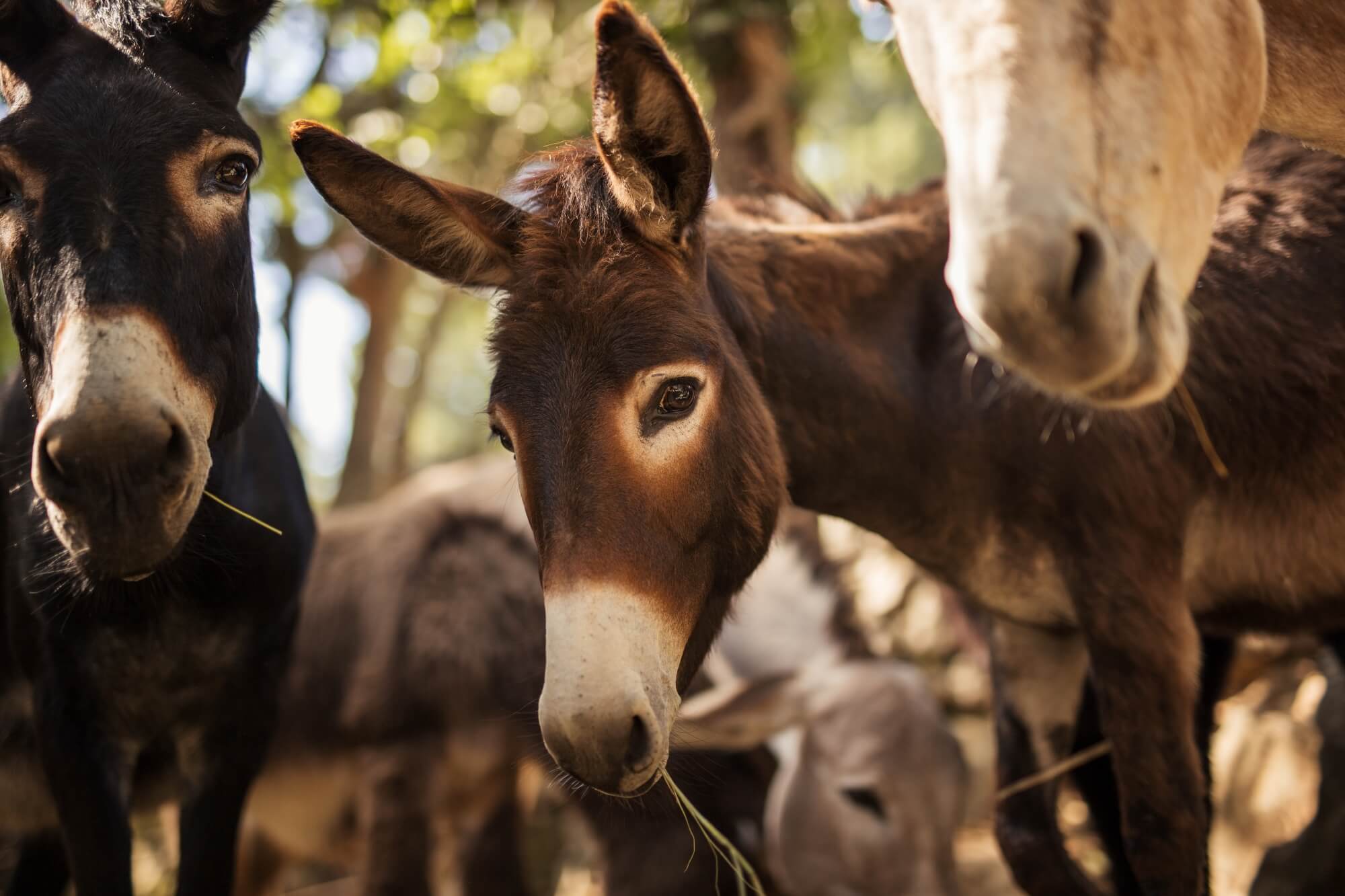 Donkey farm at Agroturizam Antunović on Pelješac
Donkey farm at Agroturizam Antunović on Pelješac
For the legislative framework, we have initiated the formation of a working group for the development of Seoski Tourism, which is now operating in the Croatian Ministry of Tourism and Sports. So, at the workshops, we ask if anyone is having issues. We collect the responses and address them in the working group.
Part of the workshop is the presentation of a new web application of Seoski Tourism, which we have developed with Croatian Ministry of Tourism and Sports. It has two purposes. One is to create a digital catalogue of Croatian Seoski Tourism. You can see region by region some of the Seoski Tourism options – currently around 40, those who have already enrolled.
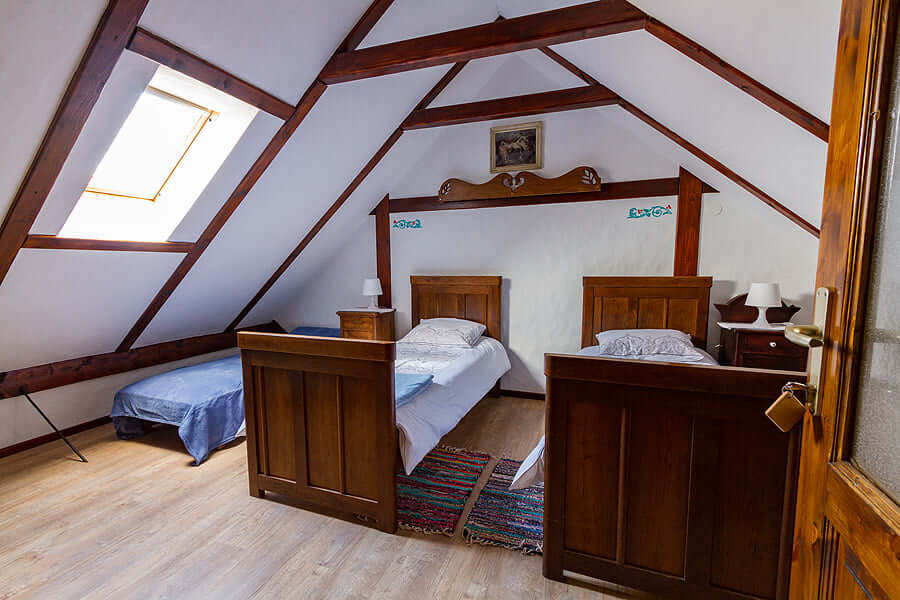 Podravina Etno rooms at Zlatni klas Otrovanec
Podravina Etno rooms at Zlatni klas Otrovanec
A version of the app is currently available on the website of the National Tourist Board. But, they are building a new website. The forthcoming version of the catalogue will likely be more user-friendly with many more functions and options. On the new website, Croatia's Seoski Tourism options will be detailed in many different languages. It should be a great resource not only for tourists but for travel agencies, journalists like you and for educational institutions. That's the reason we are devoting time in our workshops to encourage Seoski Tourism providers to enroll. We are just at the beginning of the process.
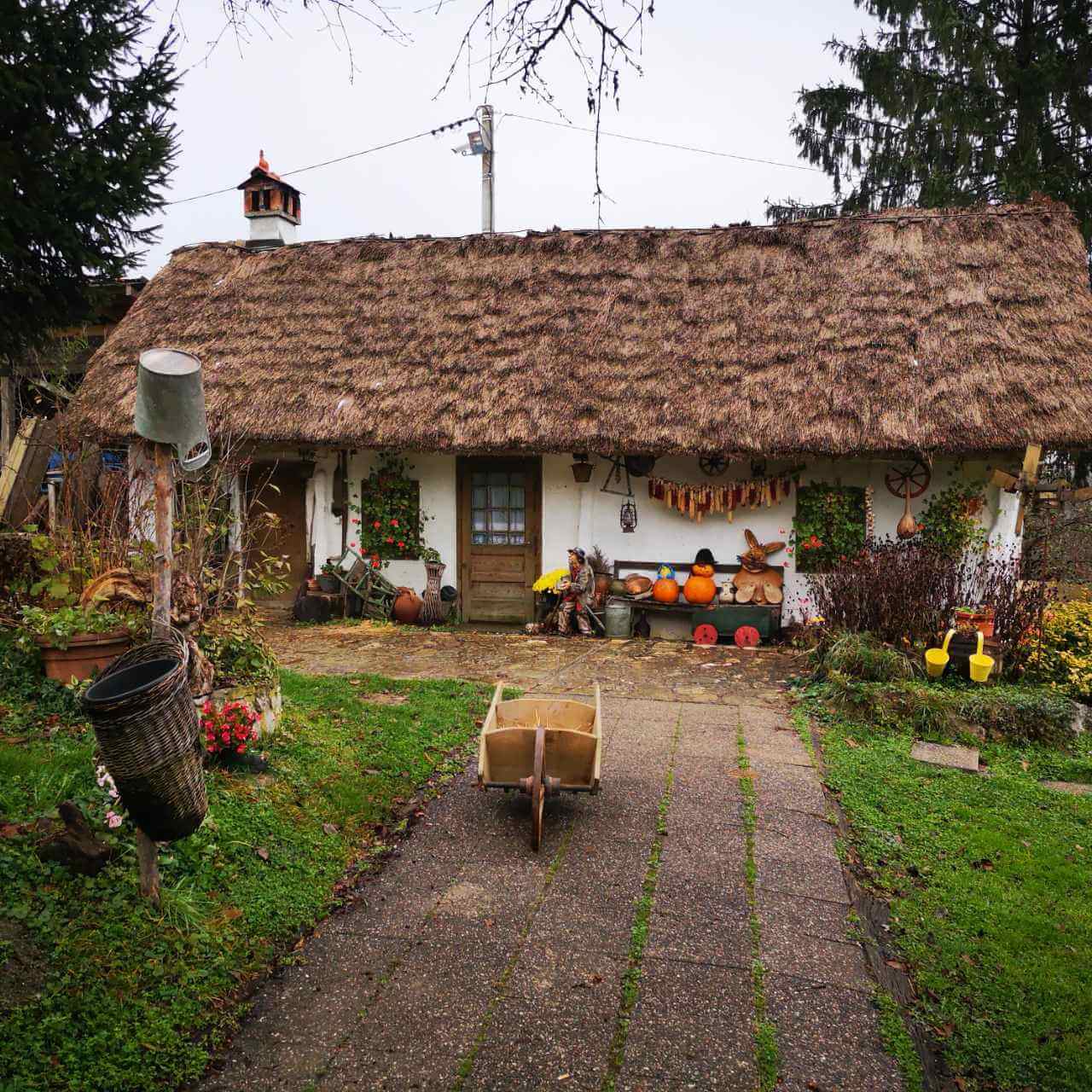 Grešna pilnica in Zagorje © Jasna Podboj
Grešna pilnica in Zagorje © Jasna Podboj
The second purpose of the app is to collect information about the service providers. This info will be used by our working group when defining a Croatian model of Seoski Tourism. So far, we have taken examples from Slovenia, Italy and other countries that are successful with Seoski Tourism. But, these models were entered into our legislative system without fully considering our distinct business and cultural environments. That is now about to change.
We are very happy that, following many years of partially successful advocacy, there is now political will at a ministerial level to really shape things up, to change the laws and regulations in order to facilitate Seoski Tourism. We want to encourage more Seoski Tourism, not to have people from agriculture being turned away because of the difficulty of the process and bureaucracy.
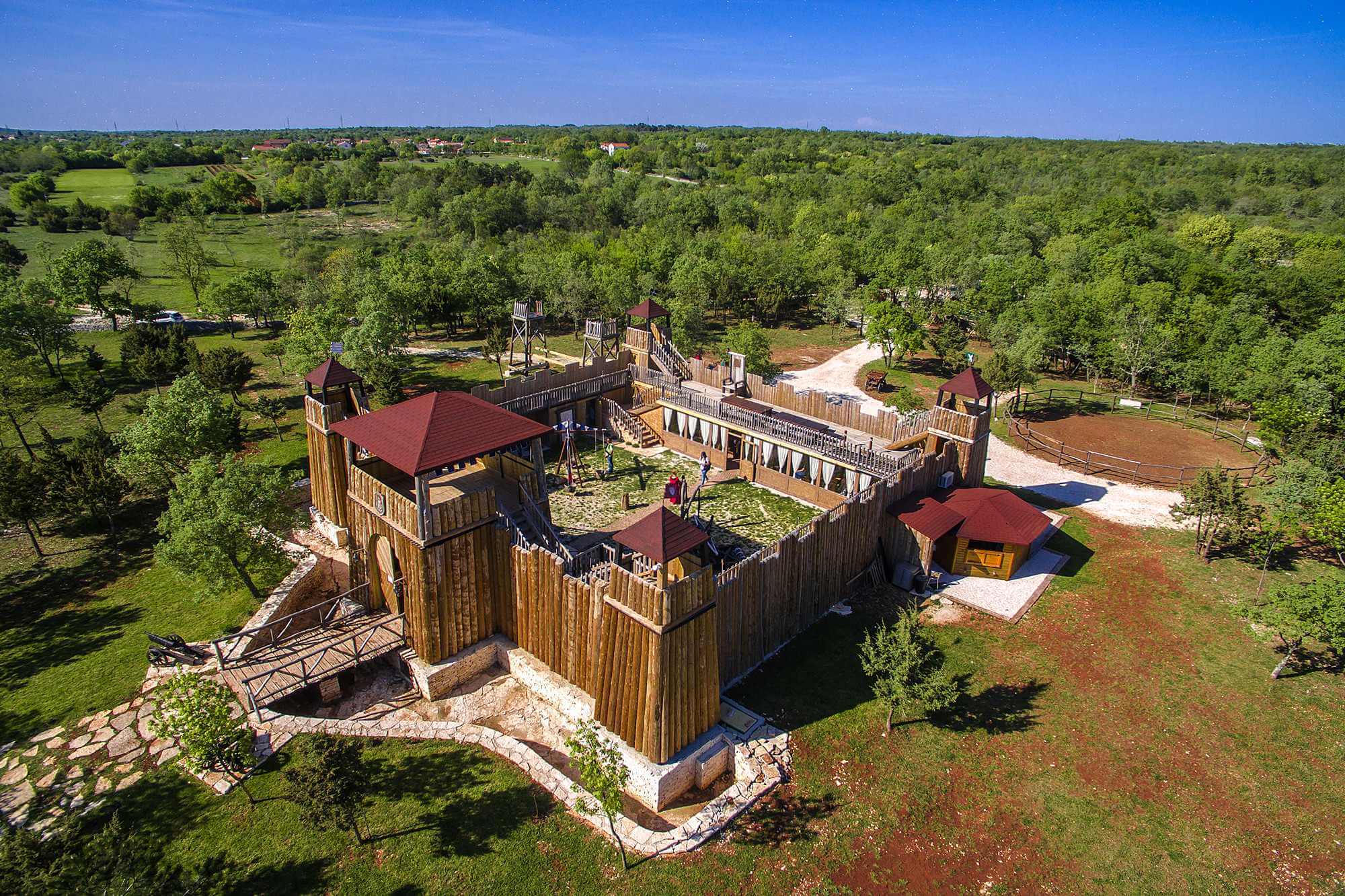 Medieval Theme Park San Michael © Silvia Otočan
Medieval Theme Park San Michael © Silvia Otočan
You said part of the workshops will focus on new trends. What are some of these?
Research has been done by a working group that is developing a new tourism strategy for Croatia. It's called Strategy for Sustainable Tourism to 2030. Under the auspices of this group, a number of research fields have been analysed.
The collected data shows that a huge percentage of tourists are now more inclined to eat locally grown and healthy food. They want to spend their time on estates that are run in accordance with ecological principles. So, they really care about issues like how waste is disposed of etc. They also pay a lot of attention to culture. They are curious to learn exactly how we are living, how we are working and how we produce things. They want to learn about our society and culture. And, importantly, they really care about how they spend their money. Above all, they want to spend money in areas that can help support local communities.
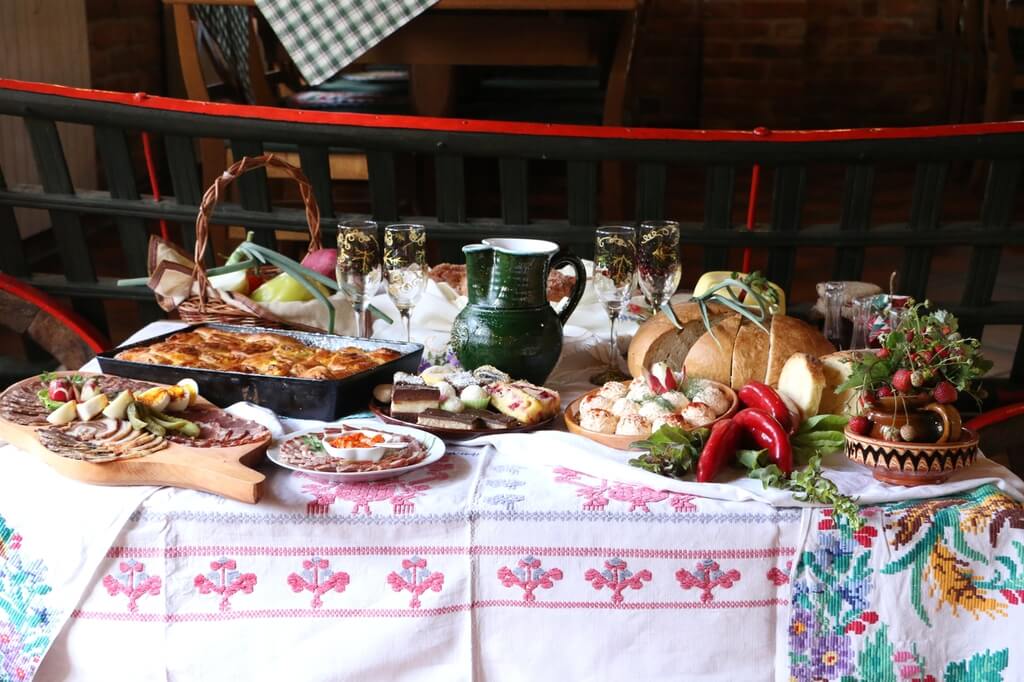 Prigorje Breakfast at Rakić Family Farm
Prigorje Breakfast at Rakić Family Farm
For us, this is really important. Because Seoski Tourism answers these demands to an incredibly high level. We do produce local, healthy food. Not only on the agricultural estates where you can experience Seoski Tourism, but also from their neighbours who just do agriculture. We are concerned with ecology, we protect cultural heritage and the money spent in Seoski Tourism stays in local communities, where it has very beneficial effects.
In the digital promotion part of the workshops we are trying to persuade people about the importance of their online presence. Basically, these days, if you're not online, it's almost like you don't exist. So, we try to explain the importance of having good-quality photos, short videos and a regular online presence.
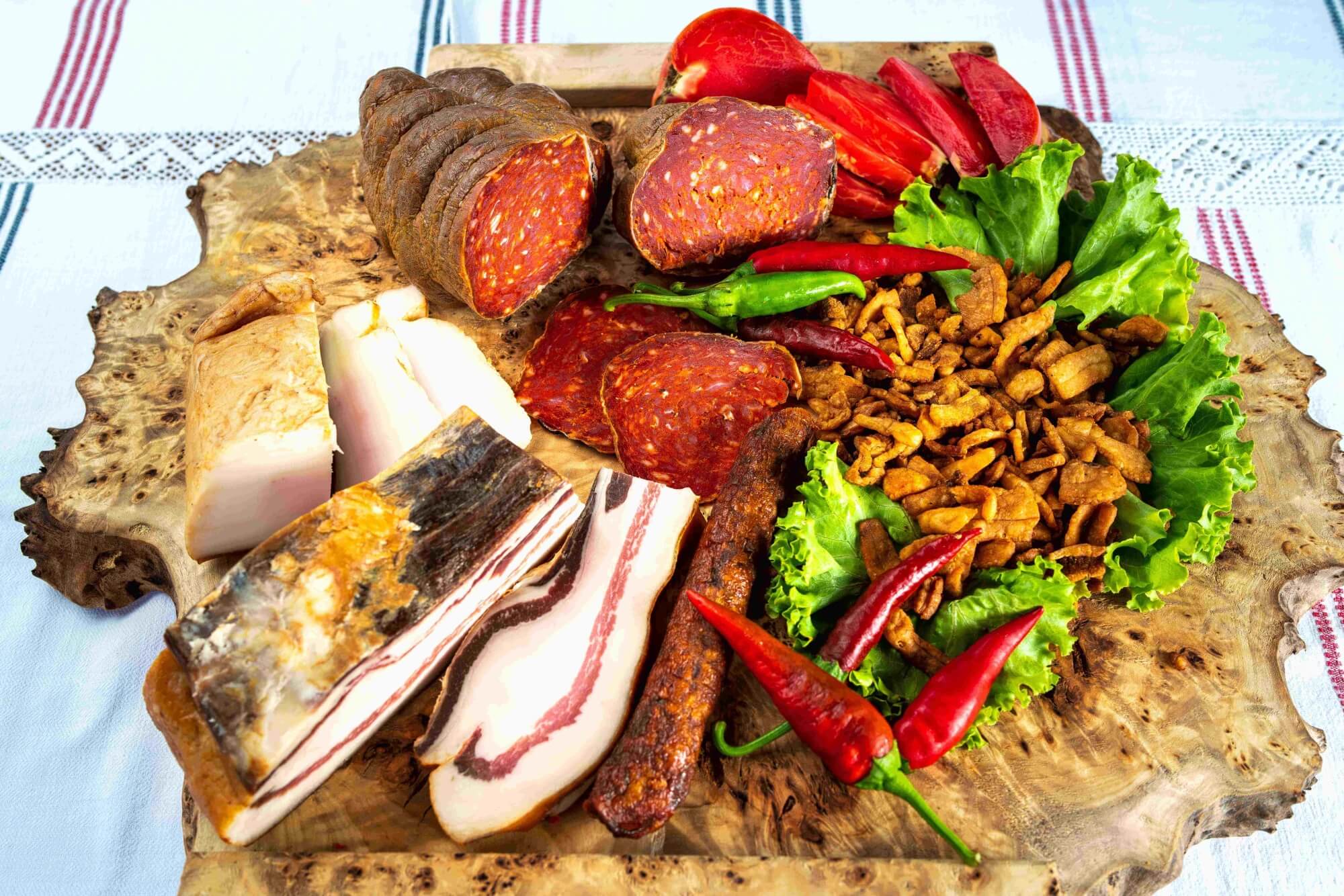 Kulen, čvarci and other specialties at Baranjska kuća © Denis Despot
Kulen, čvarci and other specialties at Baranjska kuća © Denis Despot
That's interesting. In some cases, it might be like two different worlds colliding - people who work in a traditional industry and a traditional environment having to adapt to a very modern way of operating. There's also another potential collision when providers learn of the expectations within modern tourism. Because these people can no longer just work in agriculture. To operate in Seoski Tourism, you're also very much expected to also be a host.
Yes. All of our current service providers who are successful within Seoski Tourism are also great hosts. It's essential. You can see it in almost all of the reviews for this kind of tourism. Guests come for the food and drinks and surroundings, yes. But, what they value the most, what they remember the most, is the host part of the experience. On the estates of Croatian Seoski Tourism, guests are welcomed like family. Across all of Croatian tourism we are expected to be good hosts. It's part of our reputation and the reason why many people come here from all over the world. In Seoski Tourism, it is vital we live up to those expectations.
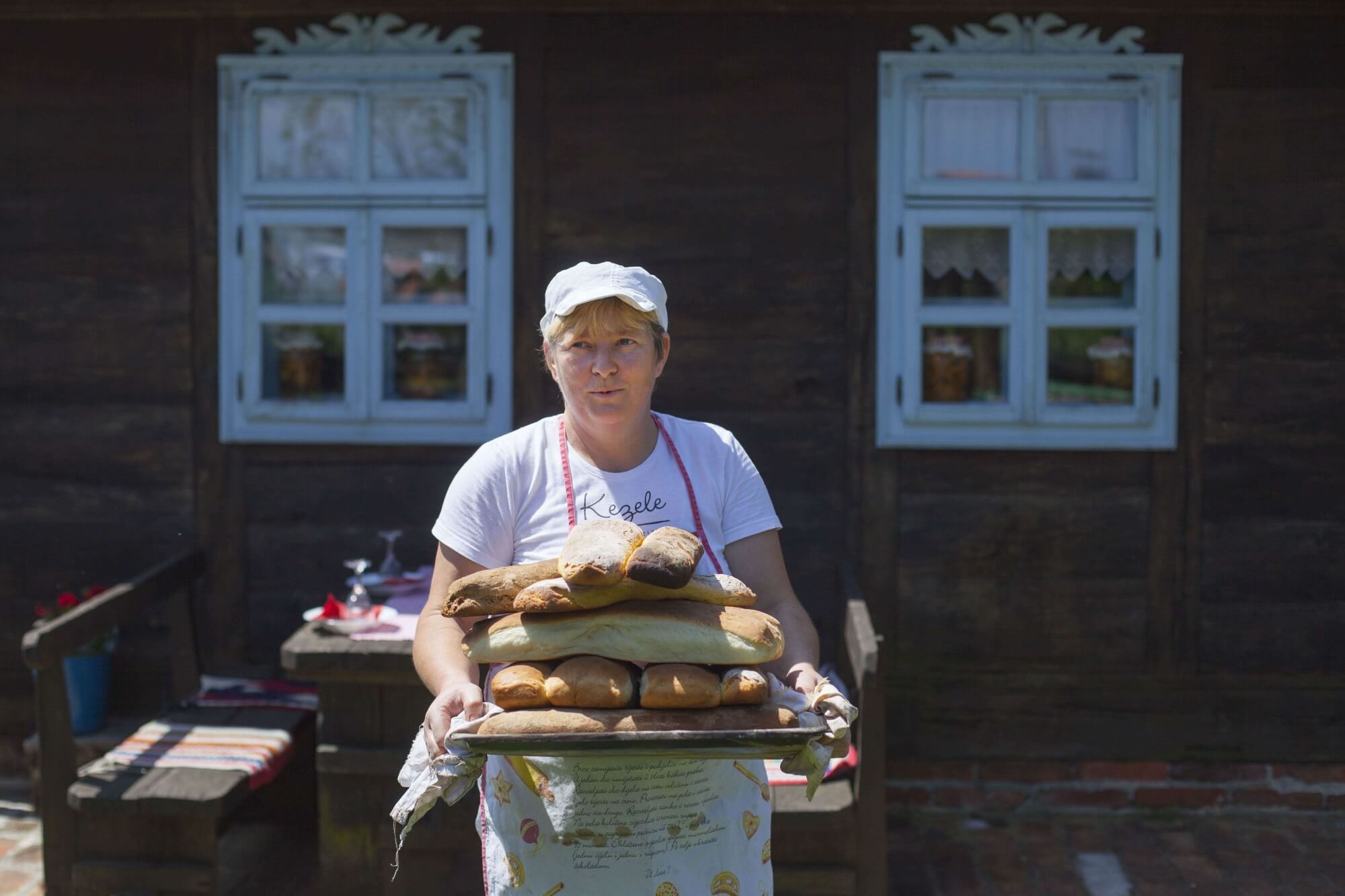 Kezele family farm © Davor Konjikušić
Kezele family farm © Davor Konjikušić
Another aspect of this, which is a more recently-observed element, is that visitors often want an insight into the actual lives, even the personalities of their hosts. They want not only to taste the homemade sausages you make, but they also want to know how you do it, where you do it, how you learned to do that. When they go to Spain, they want to know how the people there make their wine. And, when they come to Croatia, they want to learn how we do it here.
So, all in all, those of us in Seoski Tourism are really busy. We are in agriculture, yes, but we are also in tourism and we are also online. With this more recently-observed aspect, we will need to try and devote even more time to our hosting. It can be difficult to balance the demands on your time. But, in our workshops, we are trying to persuade people to talk more about themselves, their lives, their cultural heritage. And, if there isn't time to do everything themselves, then to involve different and often younger generations of the family. Sometimes within the hosting or alternatively just with the online promotion and presence.
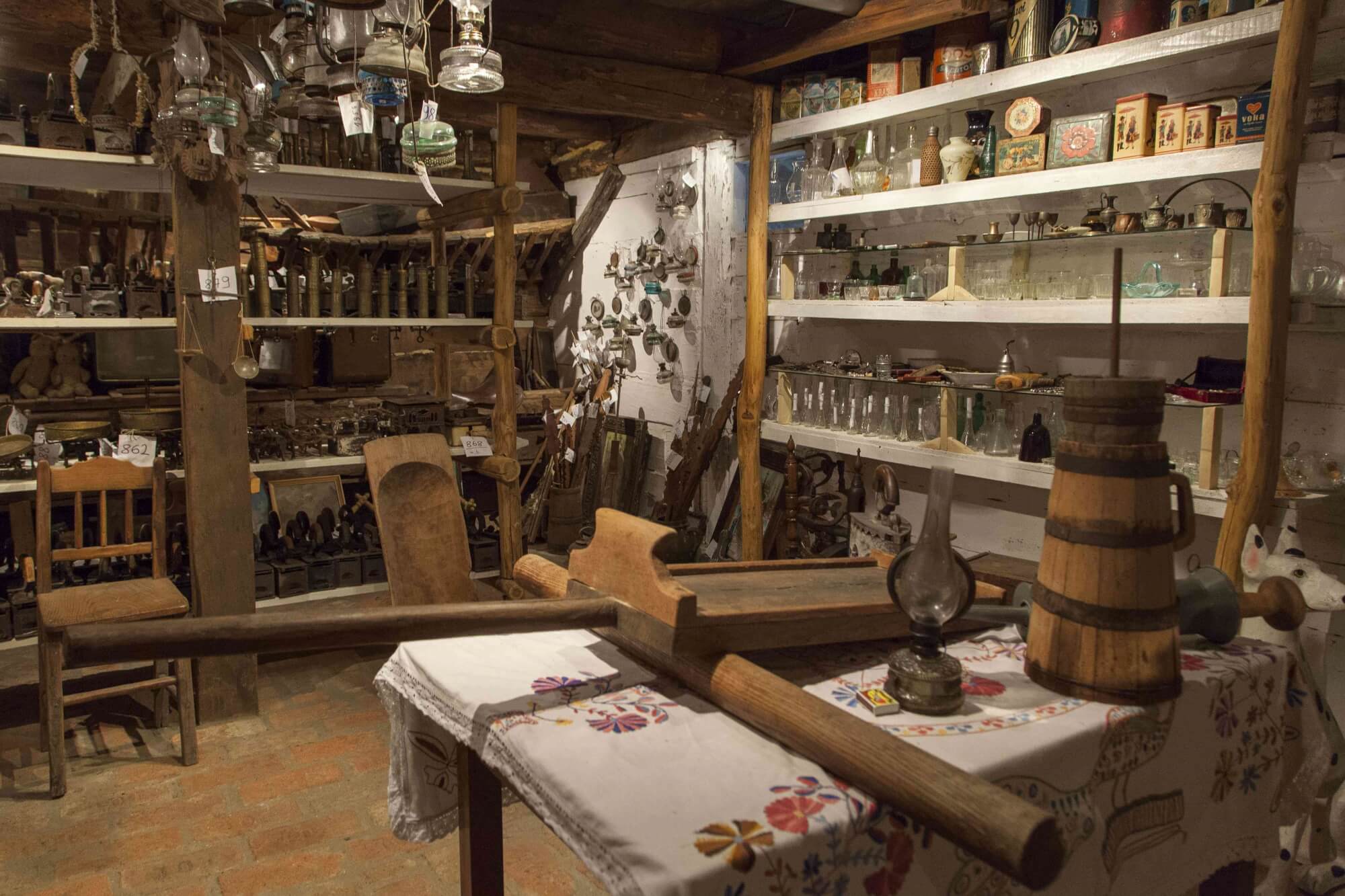 Kezele family farm ethno collection © Davor Konjikušić
Kezele family farm ethno collection © Davor Konjikušić
I've visited some family farms that were right at the start of their journey with Seoski Tourism and they seemed surprised that I was at all interested in what they do and how they do it. I think maybe they thought I was a bit crazy.
Yes, that is a response we sometimes also see at first. I think it's because our generation takes a lot of things for granted. We sometimes think that what we do is just what we do. We are not so good at showcasing it. “Why would I show someone how I make my cheese? I make my cheese like my grandmother used to make it” But, for those who open their doors to Seoski Tourism, inquiries about how they do what they do are only increasing. So, they seem to appreciate how we advise them in the workshops.
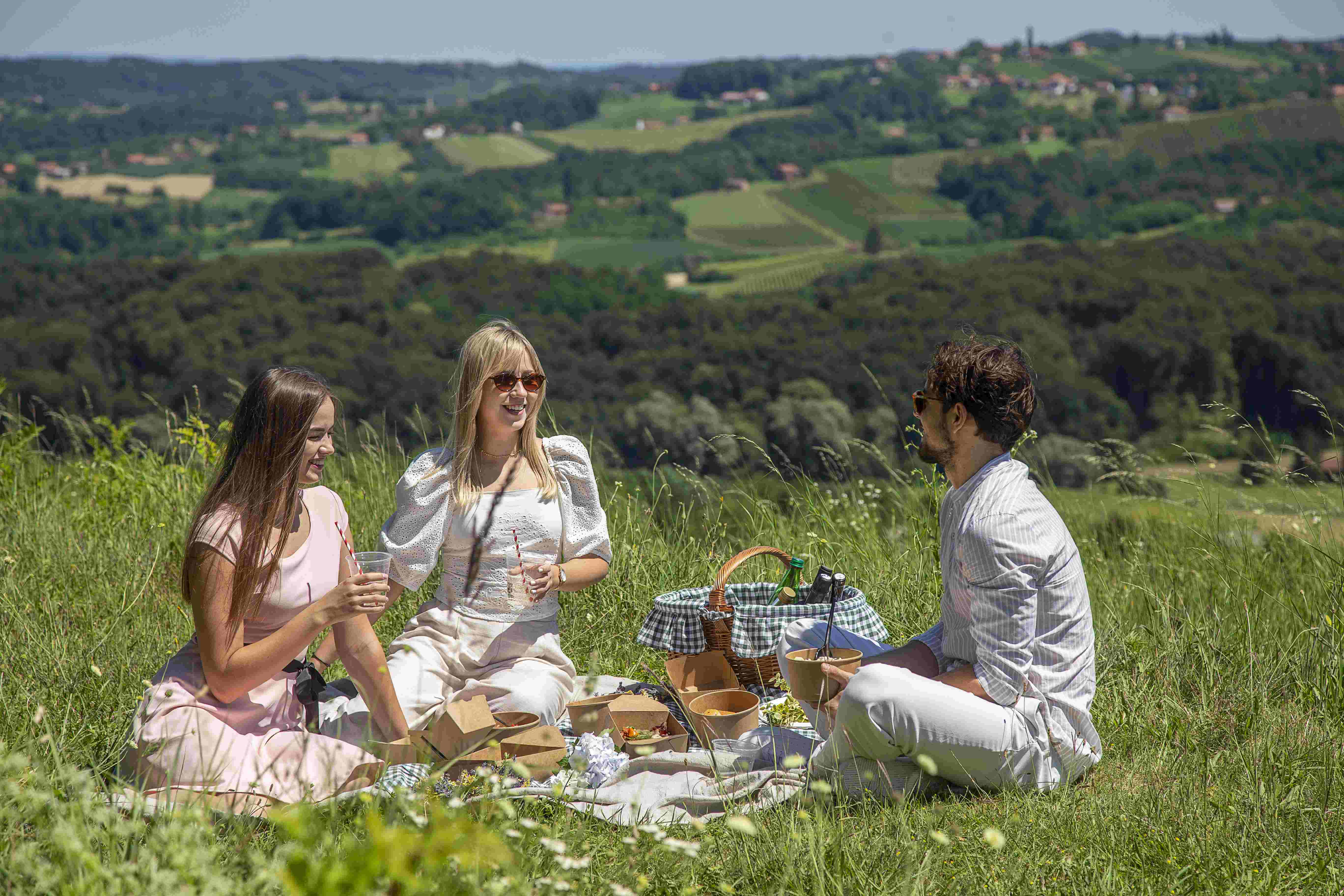 Picnic by Restaurant Međimurski dvori © Igor Nobilo
Picnic by Restaurant Međimurski dvori © Igor Nobilo
We are trying to let our producers know that Seoski Tourism is not just a platform to sell their produce and an overnight stay, but it's a full experience they can sell. There are agricultural farms in Austria that are established in tourism that you must pay only to visit. Of course, that doesn't happen currently anywhere in Croatia, even though some of our Seoski Tourism estates have sections that look like museums.
Some of these aspects are very new. And the feedback is great. I truly believe there are hidden treasures to be discovered in some Croatian villages. We are here to tell that story.
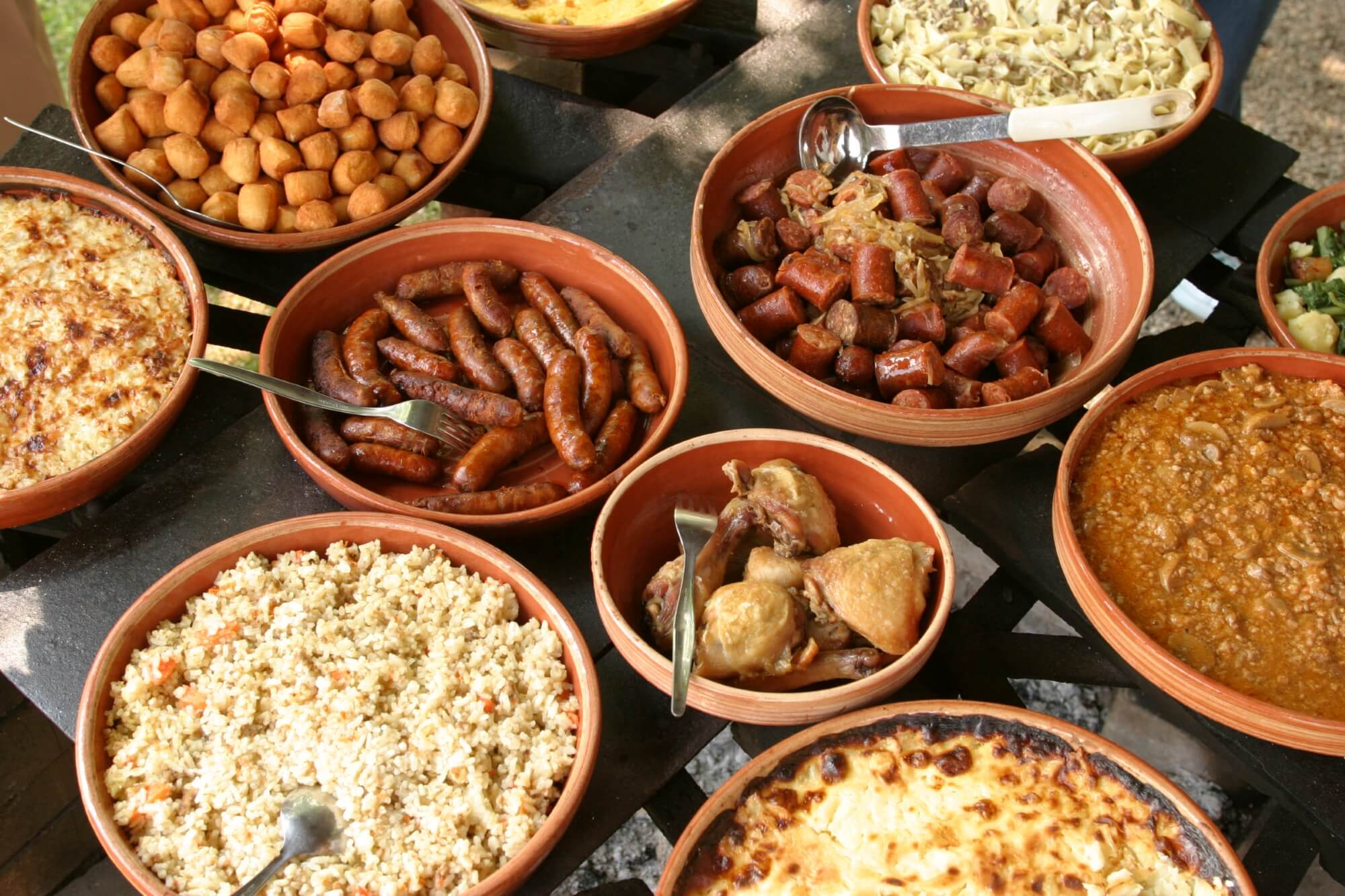 Selection of food from a Slavonian village © Mario Romulić
Selection of food from a Slavonian village © Mario Romulić
What is so rewarding about Croatian Seoski Tourism that international visitors would want to go to a traditional farm in some inland village instead of lying on the beach in Dalmatia for 14 days?
People come because they really want to see a different side of Croatia. And, there are many different aspects of Croatia to discover – not just Seoski Tourism, but also National Parks and Nature Parks. All of our current trends show us that more and more tourists are willing to come inland from the coast or to explore a different part of Croatia – inland Istria, for example, or continental Croatia.
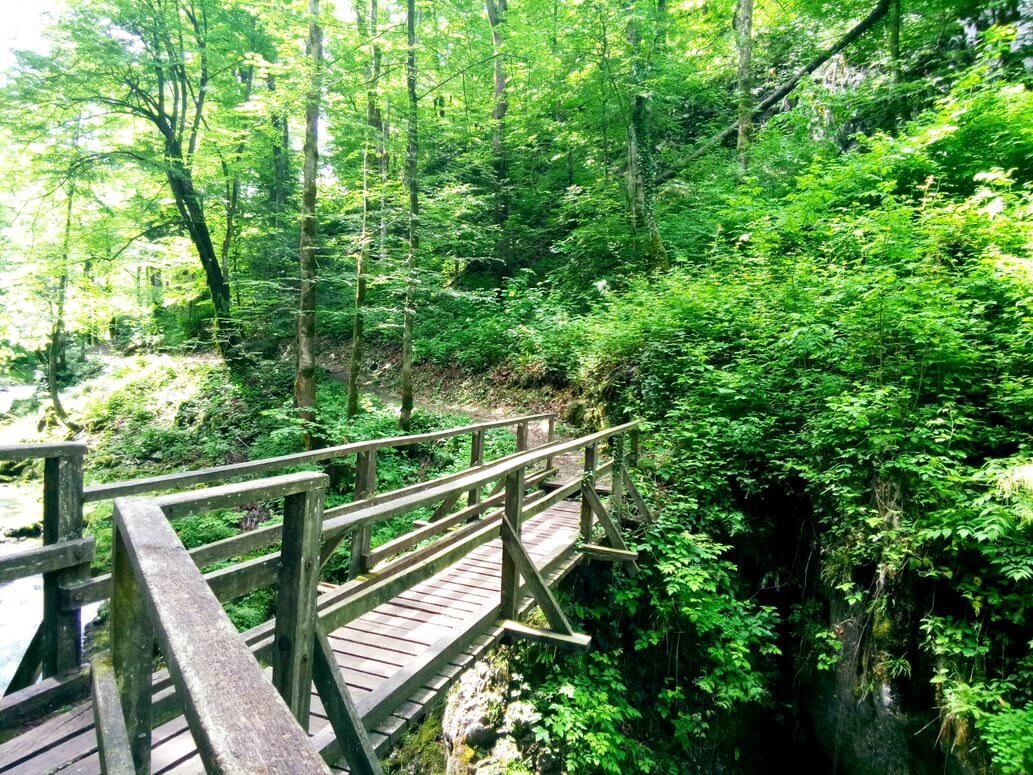 Kamačnik river canyon © Aleksandra Kuratko Pani
Kamačnik river canyon © Aleksandra Kuratko Pani
They really want to try authentic, local food. They want to eat healthy, to know what they are eating and how it is made. And, they want to experience flavours that are different from the usual ones they get from the supermarket.
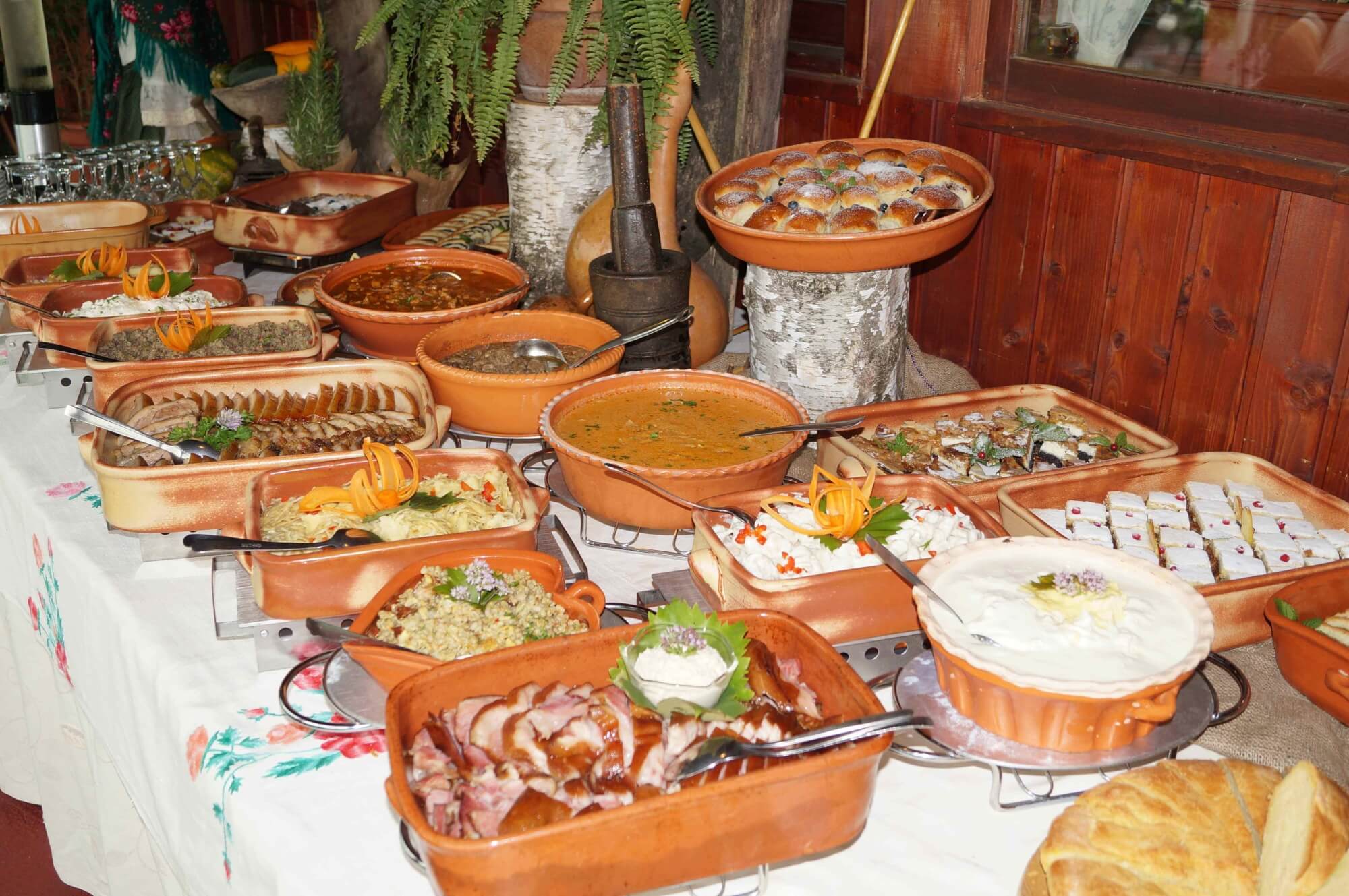 Traditional Međimurje table at Etno restaurant Međimurski dvori
Traditional Međimurje table at Etno restaurant Međimurski dvori
Also, I would say that with Seoski Tourism, people get to know better an authentic version of Croatia and its culture. It's a story we hear very often from our members. Some of them are visited by large groups from cruisers. These are people who might be on a cruise on the Adriatic and who journey inland for a day trip. Or, it might be a group who are cruising the Danube and disembark to visit a family farm in Slavonia, Baranja or Srijem.
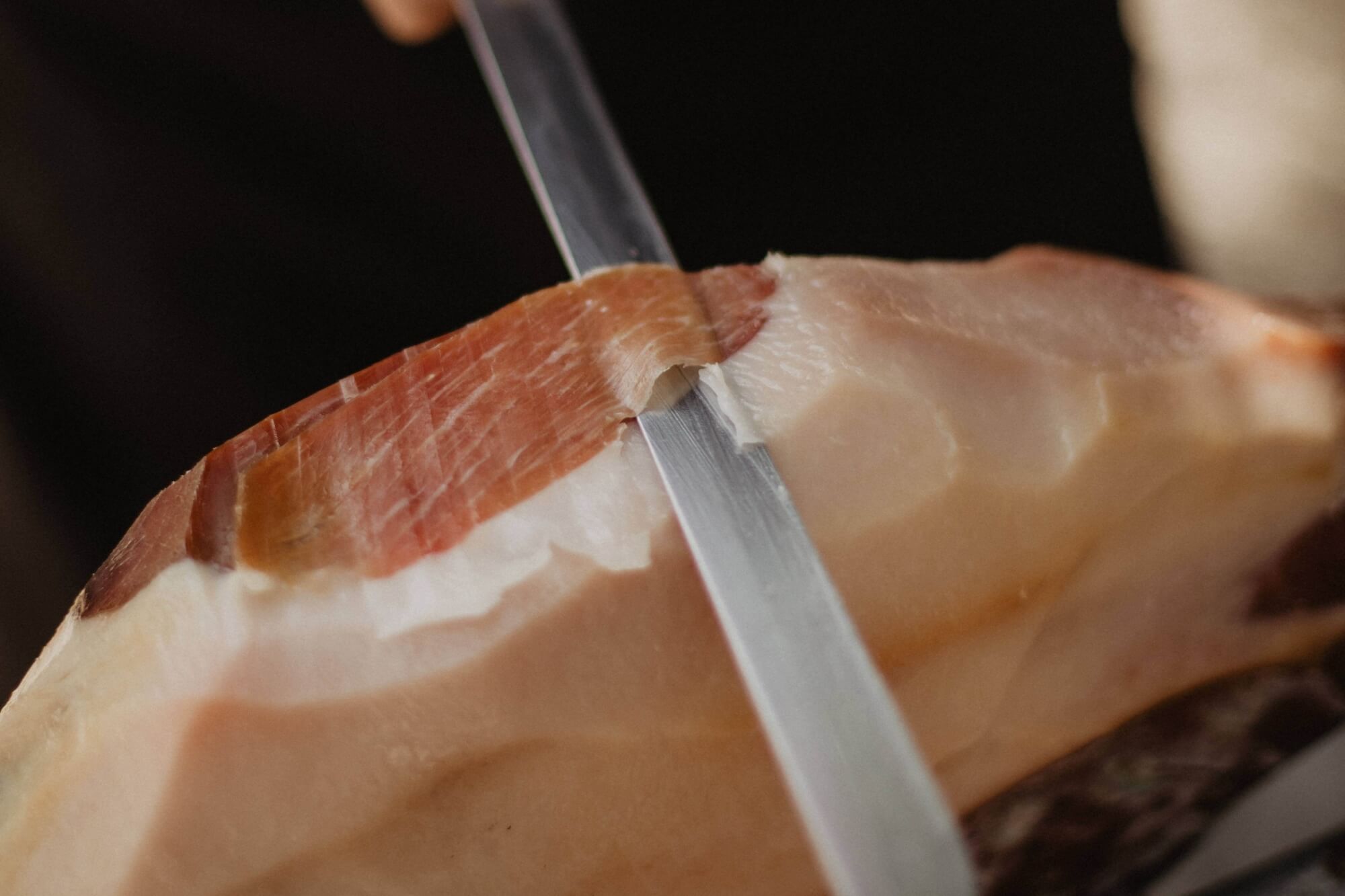 Prosciutto from Drniš at Agrotourism Kalpić © Ivana Kalpić
Prosciutto from Drniš at Agrotourism Kalpić © Ivana Kalpić
When they visit farming estates on day trips, it's very often a huge 'wow' moment for them. For many, in their minds, Croatia is simply sun and sea. And that's not entirely their fault. We, as a country, have done very little until now to promote alternative sides of Croatia. The visitors experience these wow moments because of the hospitality they receive and because of the tangible aspect of the visit. This is a modern aspect – people want to touch things, know how things feel, taste, smell. They want to ride on horses or feed them. Or take part in cultural activities. These parts of a visit to Seoski Tourism are very difficult to experience anywhere else.
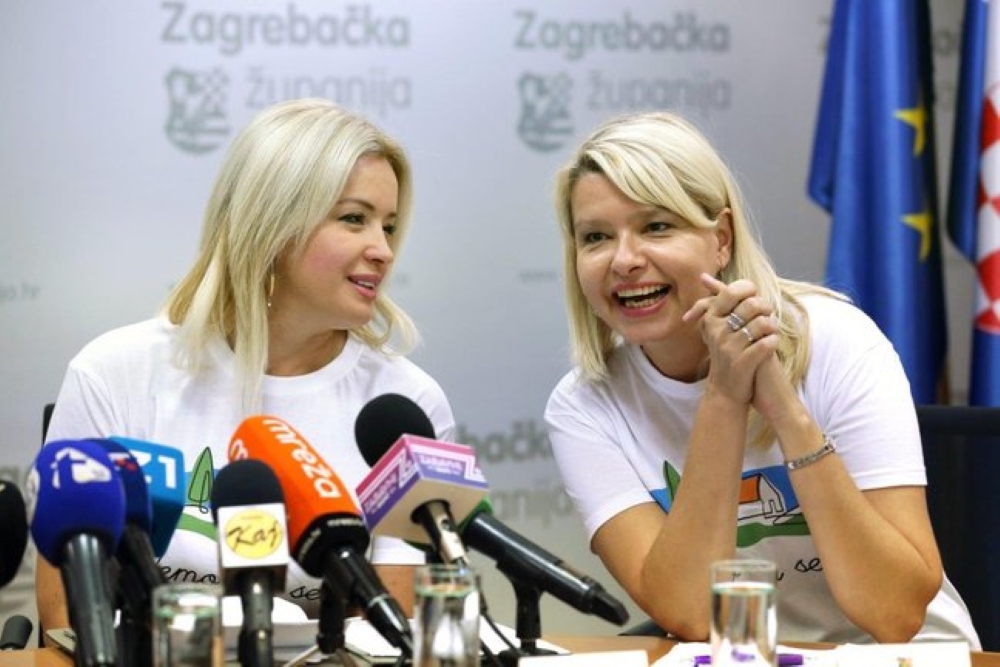 (left) Ivana Alilović, director of Zagreb County Tourist Board (right) Aleksandra Kuratko, secretary of Udruga ruralnog turizma Hrvatske (Croatian Rural Tourism Association) © Zagreb County
(left) Ivana Alilović, director of Zagreb County Tourist Board (right) Aleksandra Kuratko, secretary of Udruga ruralnog turizma Hrvatske (Croatian Rural Tourism Association) © Zagreb County
Udruga ruralnog turizma Hrvatske's online Seoski Tourism workshops begin today and their physical workshops continue next week in Istria.
If you'd like to read more about rural tourism in Croatia, then look here
Interview: Wild Mushroom Hunting in Zagreb County in Autumn
October 22, 2021 – There's a riot of colour in the branches of trees right now. What better time to go mushroom hunting in Zagreb County?
Autumn in Croatia is the perfect time to explore nature. The country's mountainous regions are currently being enjoyed by walkers and hikers. In less hilly regions, people take to walking the forests and riversides. There, an eruption of colour as the trees respond to the season – red, orange, yellow, purple, brown. Autumn's colours are epic. But, they're not around forever. Catch them while you can.
One resident who is sure to take in the full range of autumn's splendor is Hrvoje Banaj. An outdoor enthusiast from near Zagreb, at weekends, he can be found exploring the forests and mountain of Medvednica, or somewhere else around Zagreb County. He's been walking the woods since he was a child, accompanied by his father, who taught Hrvoje about mushrooms.
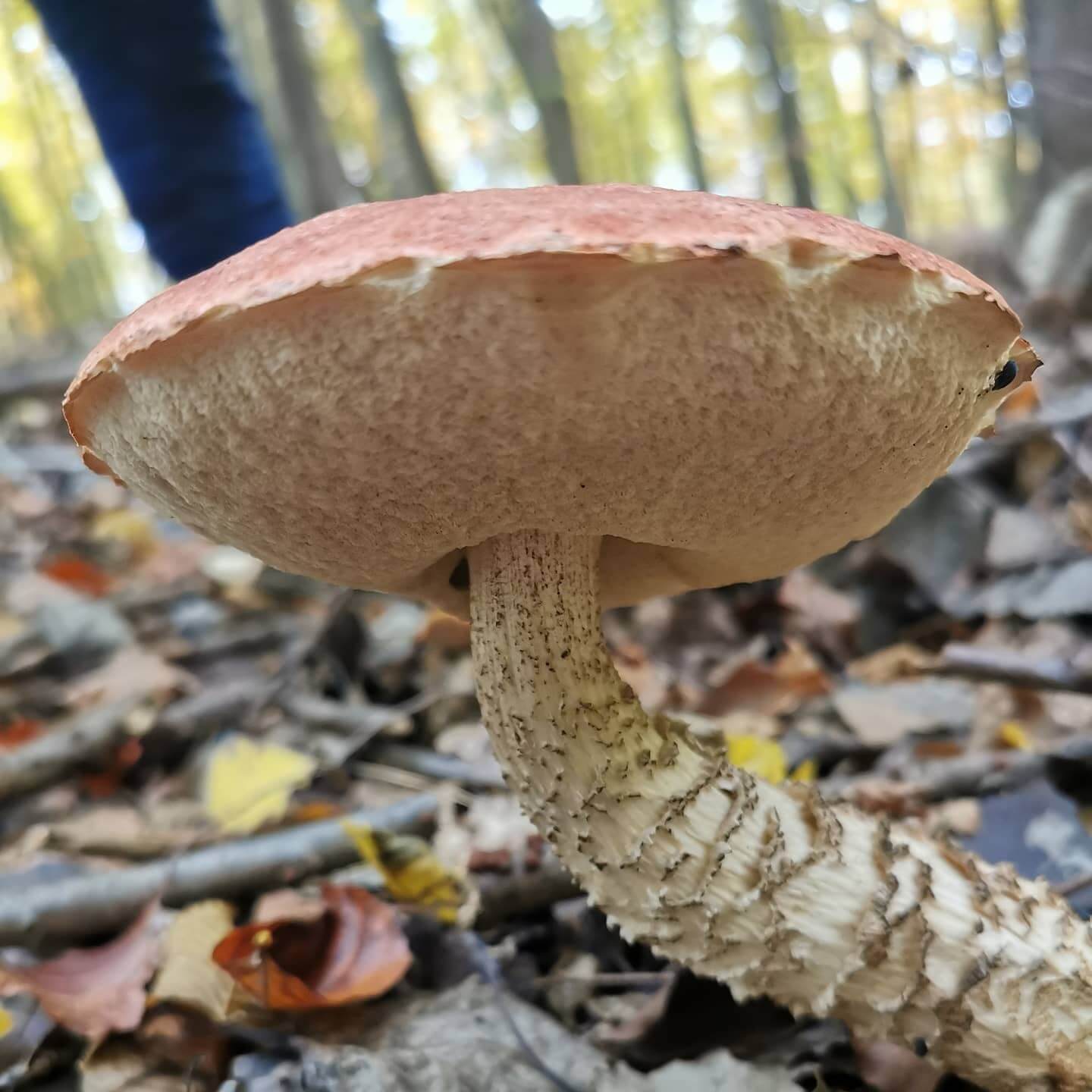
You can collect wild mushrooms across much of Croatia. But, Hrvoje thinks mushroom hunting in Zagreb County is particularly good. Certainly, you can find a surprising bounty in the woods of Zagreb County, as TCN found out last year on a truffle hunting trip.
There are groups of wild mushroom enthusiasts in Croatia. Also, you can find some expert forest guides who know about identifying edible mushrooms in the wild. However, it's not incredibly common to come across someone in Croatia who has that knowledge and who speaks English. Therefore, we couldn't pass up the opportunity to speak with Hrvoje to ask him a little about his experience of mushroom hunting in Zagreb County.

My name is Hrvoje. I grew up in Zaprešić and I still live there. I attended university in Zagreb, where I studied German language and literature and phonetics. Also, my first course was organ playing. I'm a concert organist.
I've been hunting mushrooms since I was 5 or 6 years old. A very early age. My father was a lifelong forest engineer. So, it was a normal part of his work to go into the woods at all times of year, and discover what was there. For him too, mushrooms were a focus of interest.
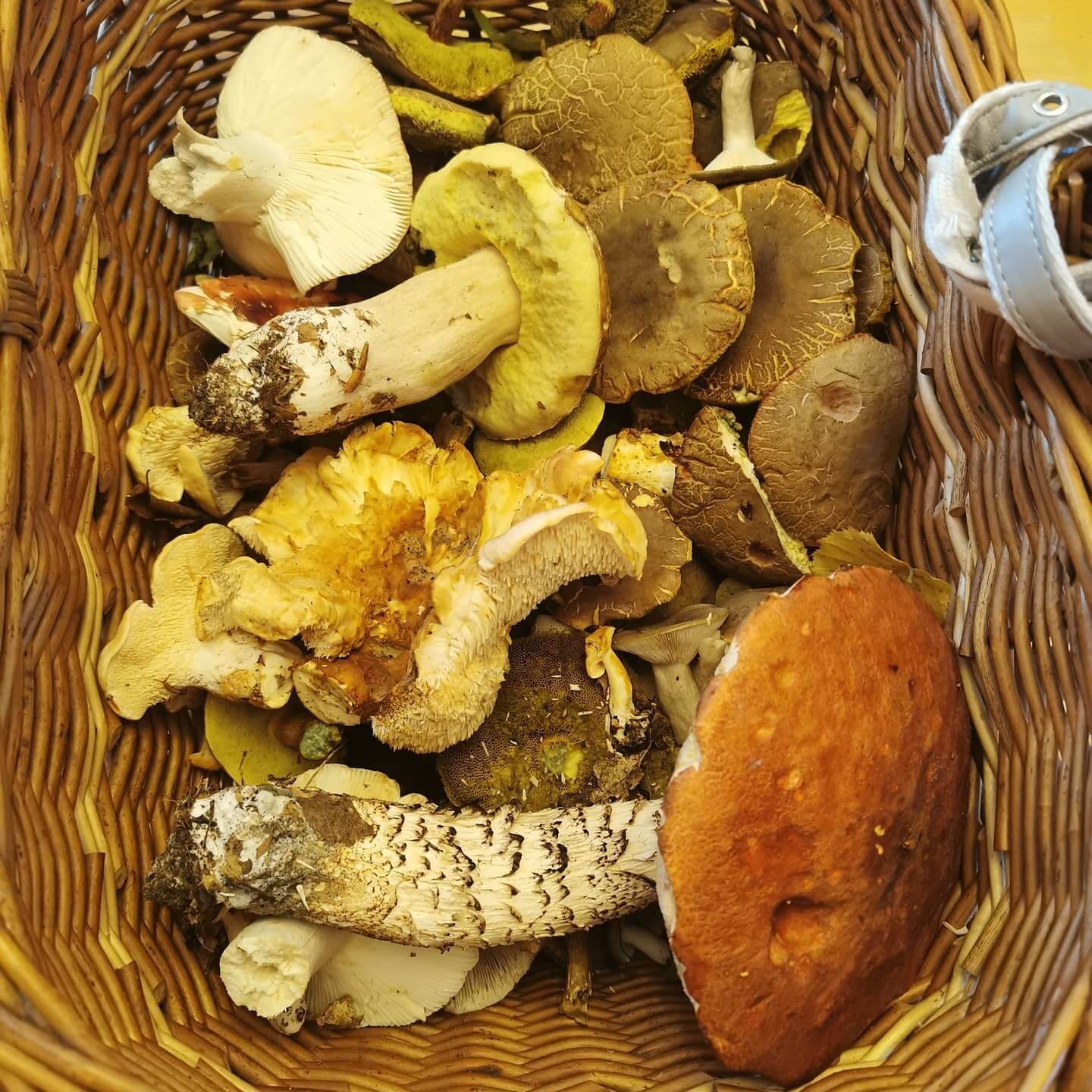
He'd been going into the woods since he was 13 or 14 and learned about the different kinds of mushrooms from several older, experienced people. As an adult, he bought two detailed books about mushrooms which he learned from additionally. Of course, I read them too. There was no internet back then. We still have those books.
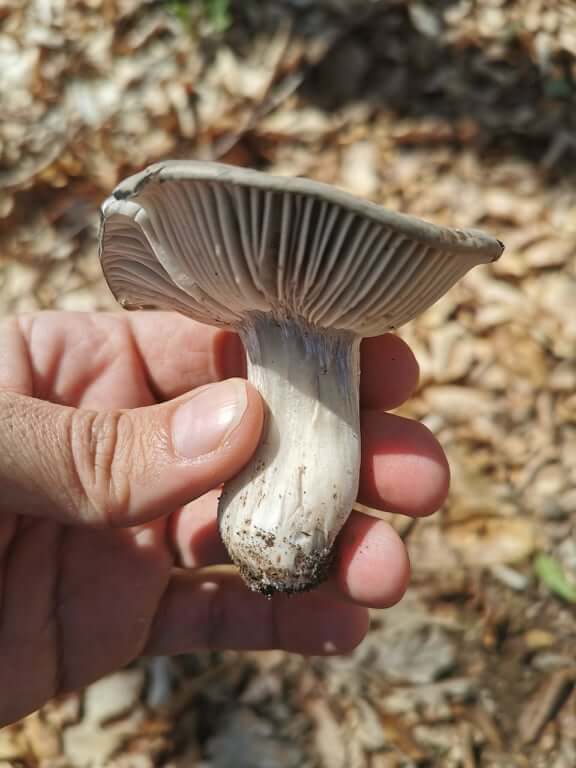
My dad's work was all around Zagreb and Zagreb County. Often, he would take me with him. He has been retired for a few years now. He no longer has the passion for it as he had had back in the years when he worked. But, I still go mushroom hunting in Zagreb County and I love it.
You can find lots of different kinds of mushrooms all over Croatia. I've explored the woods and picked mushrooms across much of the inland of the country.
In Zagreb County, the edible mushrooms I've personally seen are; Morels, Chicken of the Woods and all kinds of Porcini mushrooms. Also, Hedgehog mushroom – one of my favourites to eat - and all kinds of Puffballs. I saw a Giant Polypore recently too, while I was walking on Sljeme.
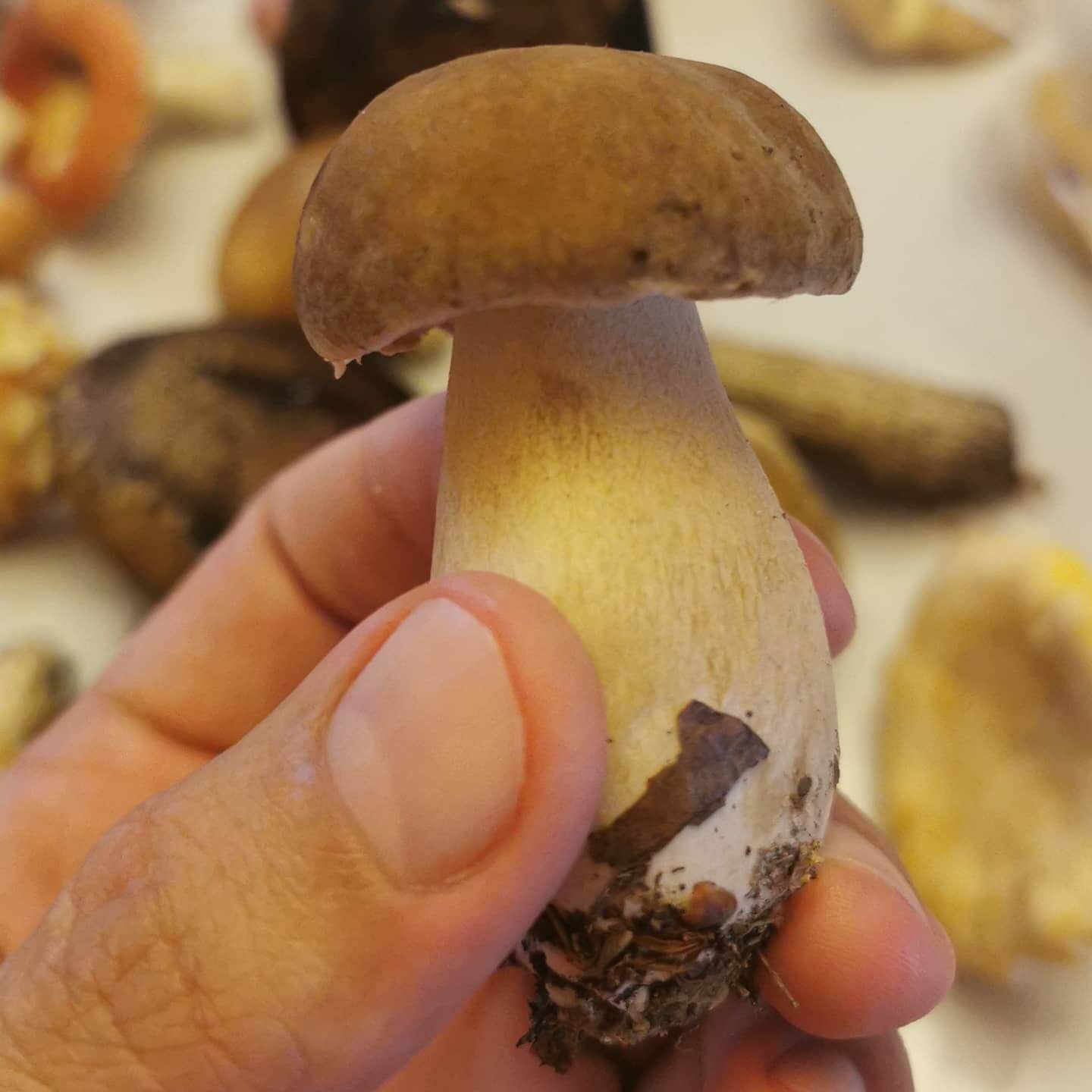
You find Chanterelles and Parasol mushrooms here, sometimes in large numbers. Horn of Plenty and Horse mushroom you also see a lot. Several types of Russula mushrooms grow here. I've never seen a St George's mushroom here. But, I saw and ate them in Slavonia. My father has roots there, so I've visited a lot.
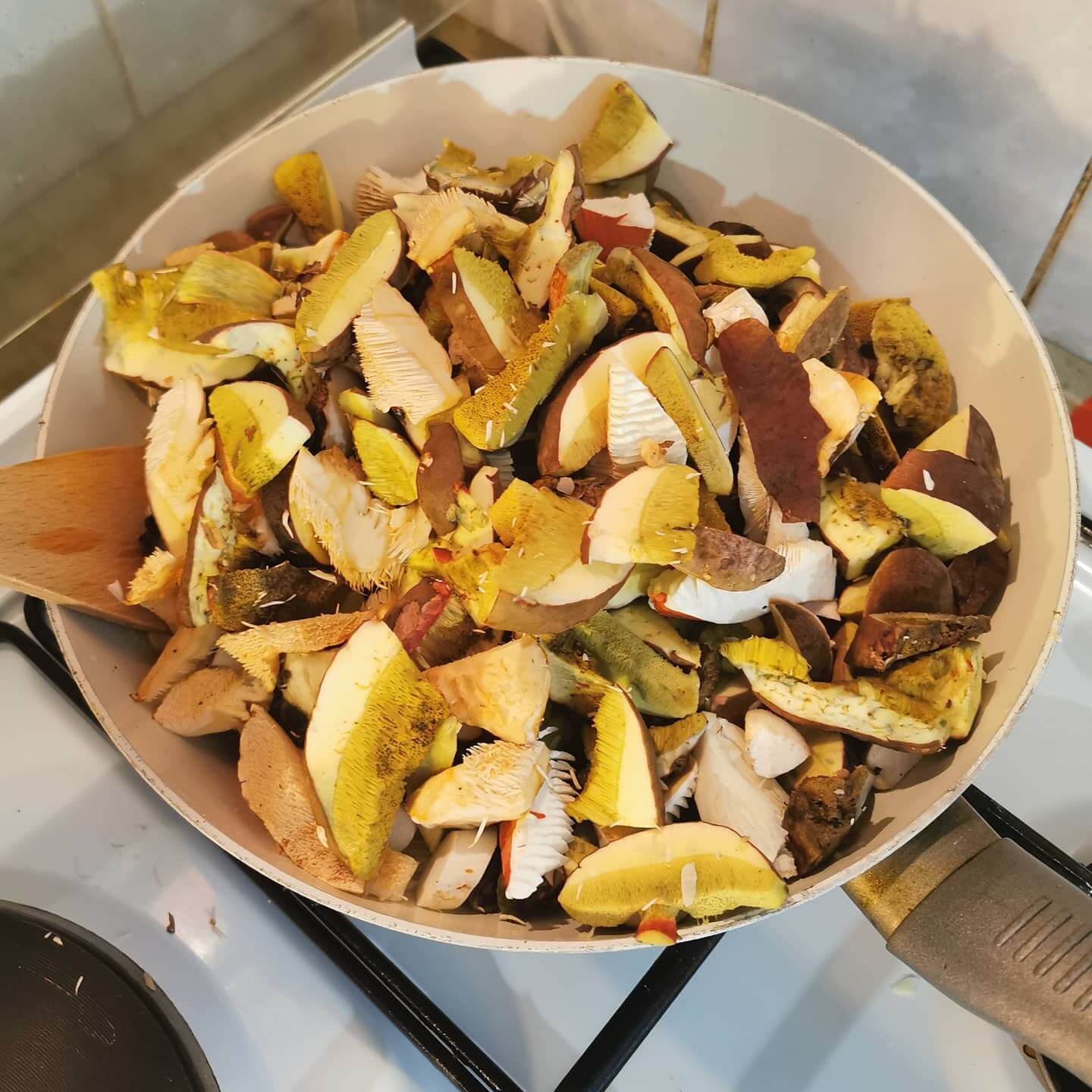
Although autumn is usually associated with mushroom picking, that's actually a widespread misperception. It's true that some of the more popular and well-known wild mushrooms are most common in autumn. That's probably where this thinking comes from.
Actually, mushrooms grow all year round in Croatia. Some kinds you only usually see in the springtime. Similarly, many people believe that you have to go into forests to find mushrooms. But, some edible mushrooms in Croatia actually prefer to live in direct sunlight and you can find them at the sides of fields.
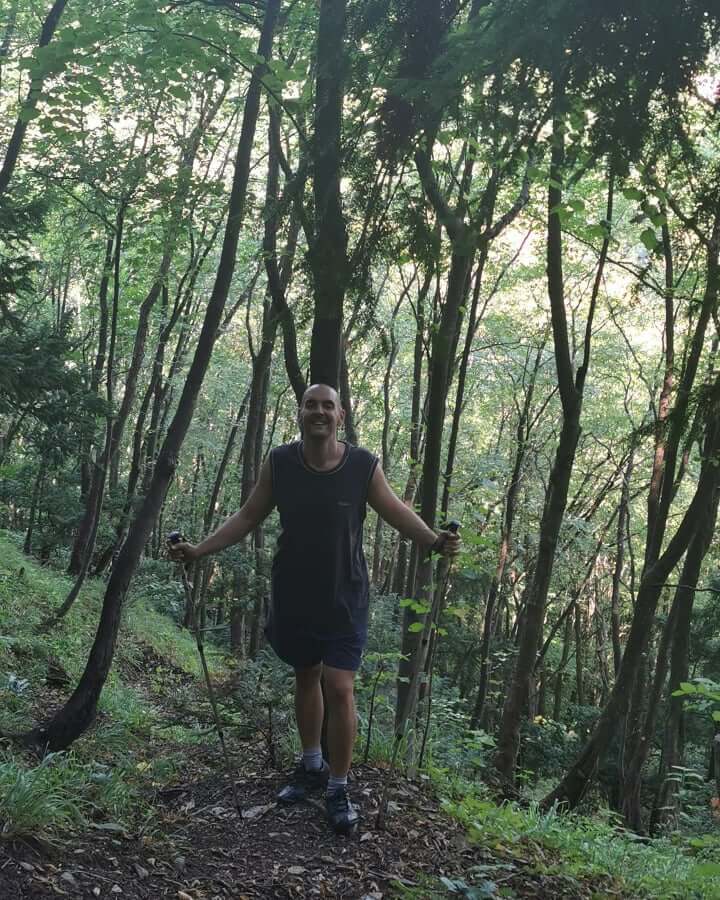
If you want to go truffle or wild mushroom hunting in Zagreb County, it's best to go with a guide. You can find out more about guides and groups from Zagreb County Tourist Board here.
You can see all the different types of edible mushrooms that grow in the wild in Croatia here.
All photos used were taken in Zagreb County and come from the private collection of Hrvoje Banaj, unless otherwise accredited
Žumberak Samobor Protected by Zagreb County TZ via Sustainable Tourism
September 5, 2021 – In a series of spectacular new photos, we see this vast, beautiful park and learn of Zagreb County Tourist Board's efforts to balance preserving nature, improving the park's visitor offer and implementing development necessary for the quality of life of the local population, via sustainable tourism and the EU-sponsored Pronacul project.
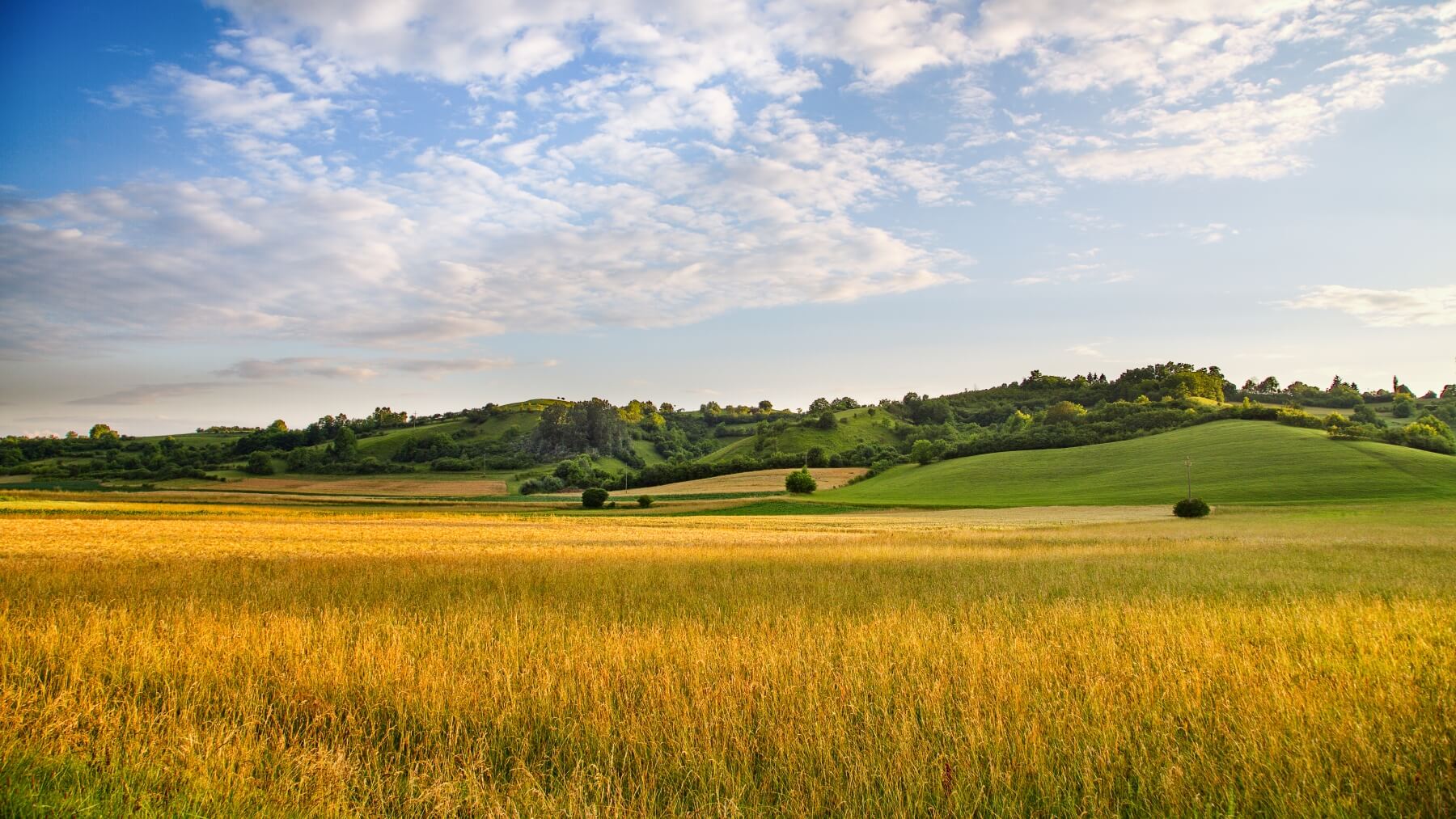 © J. Škof
© J. Škof
For residents of Zagreb County, City of Zagreb and their visitors, the most convenient thing about Žumberak Samobor Mountains Nature Park is that it's right on your doorstep. Less than 90 minutes drive to the west of the Croatian capital, it's an easy escape into a spectacular natural landscape; epic, rolling hills, gushing waterfalls and streams beside which historic water mills lie.
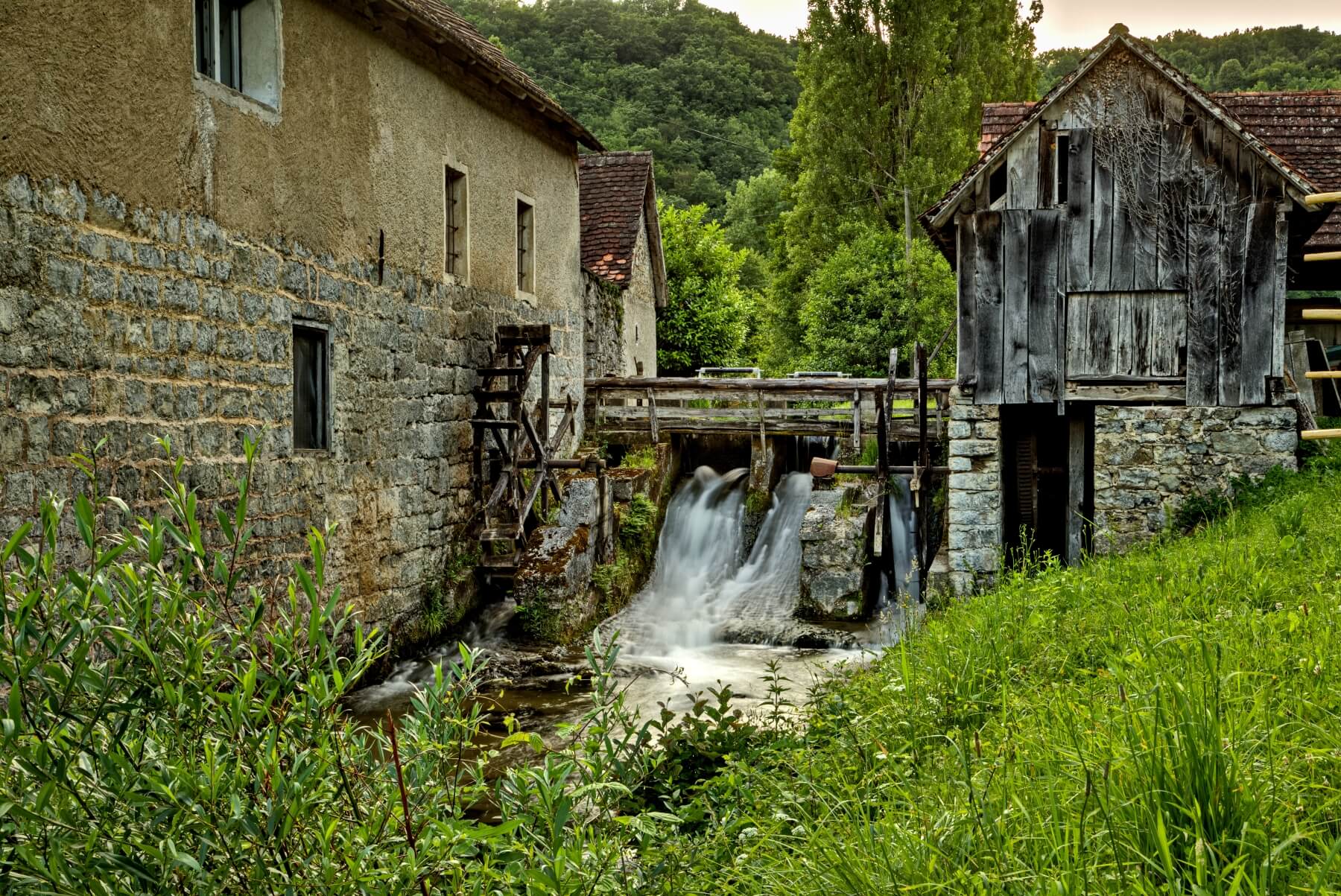 © J. Škof
© J. Škof
It's the perfect place to go to free yourself of the noise, pressure and stress of life in the city. Particularly if you love hiking or cycling. There are 300 kilometres of cycling routes and 350 kilometres of hiking trails through Žumberak Samobor Mountains Nature Park. That's plenty to explore.
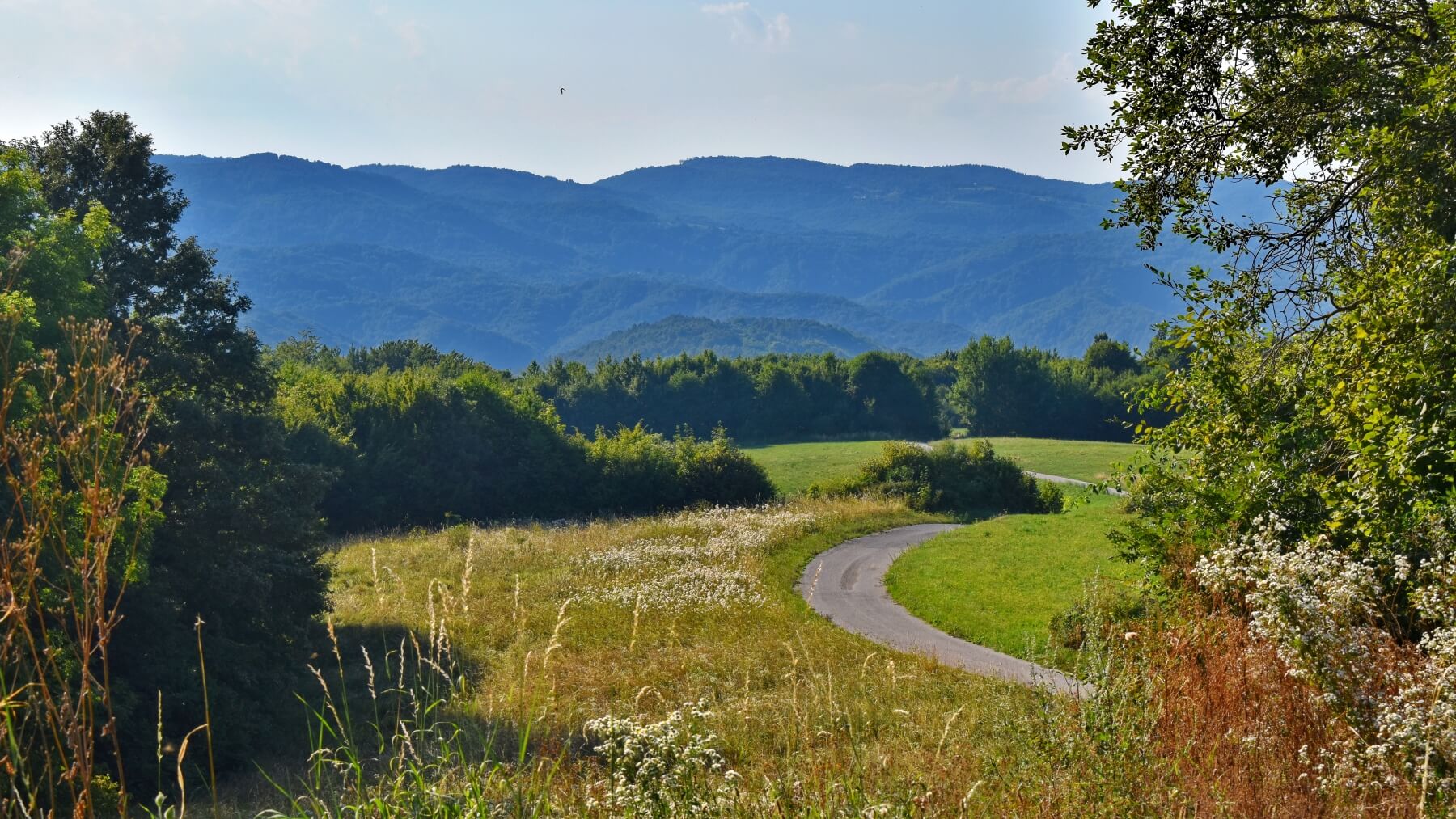
In total, a vast 342m2 of beautiful rural landscape is protected as a Nature Park. Partly, what makes Žumberak Samobor Mountains area so charming is that it is a topography that has been moulded by its inhabitants. Their agricultural efforts can be traced in the lines of fields, the dry stone walls, the crops, animals and produce found here. Their piety is the reason for the rich wealth of historic sacral buildings you can visit in the park.
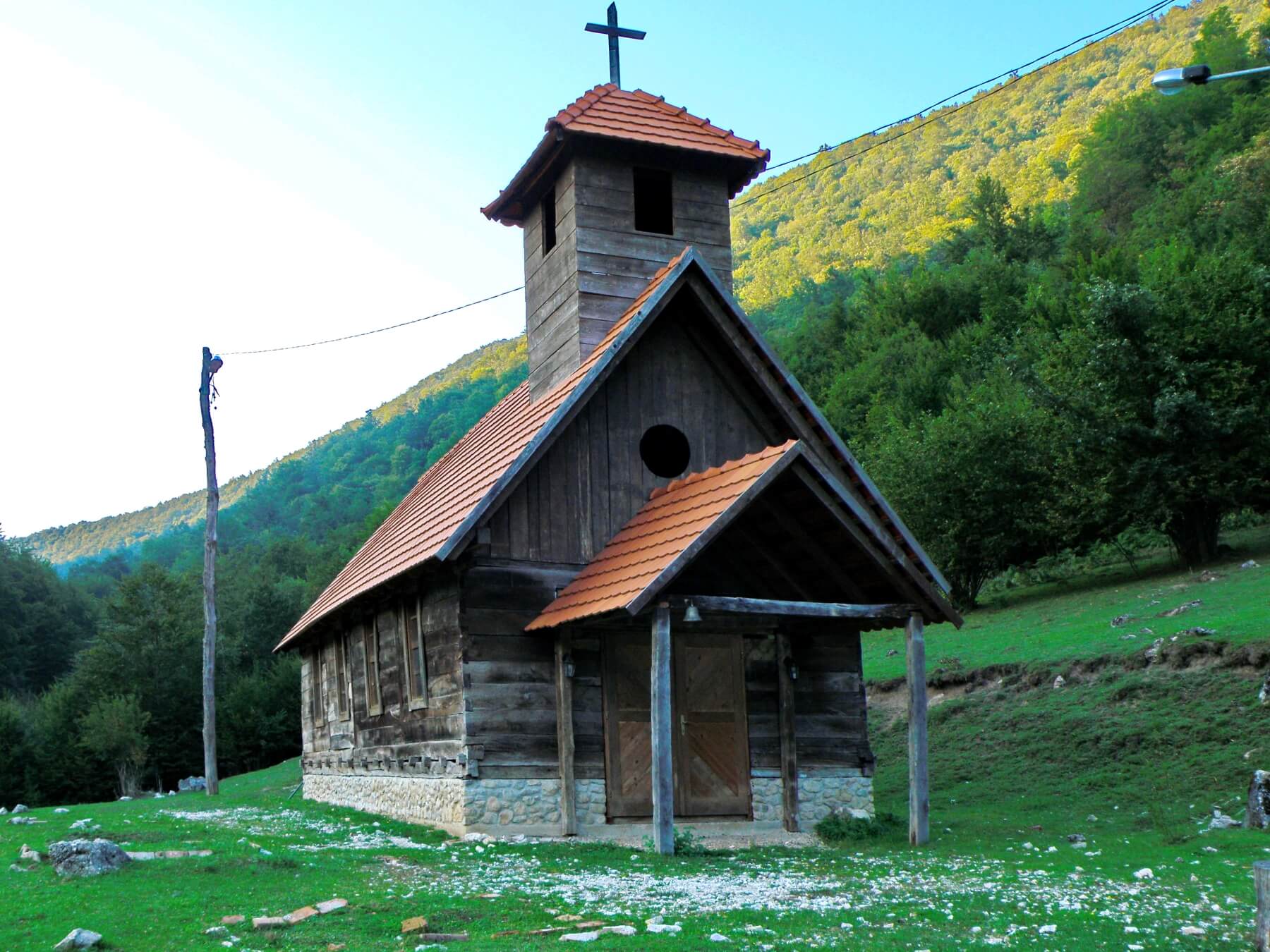
But, this is an area that has undergone extreme population decline over recent decades. In fact, the park area is one of the least densely populated places in Croatia. The agricultural endeavours that helped shaped this pretty place are nowhere near as popular as they once were. However, the park is still inhabited. Traditional life can still be seen in Žumberak Samobor Mountains.
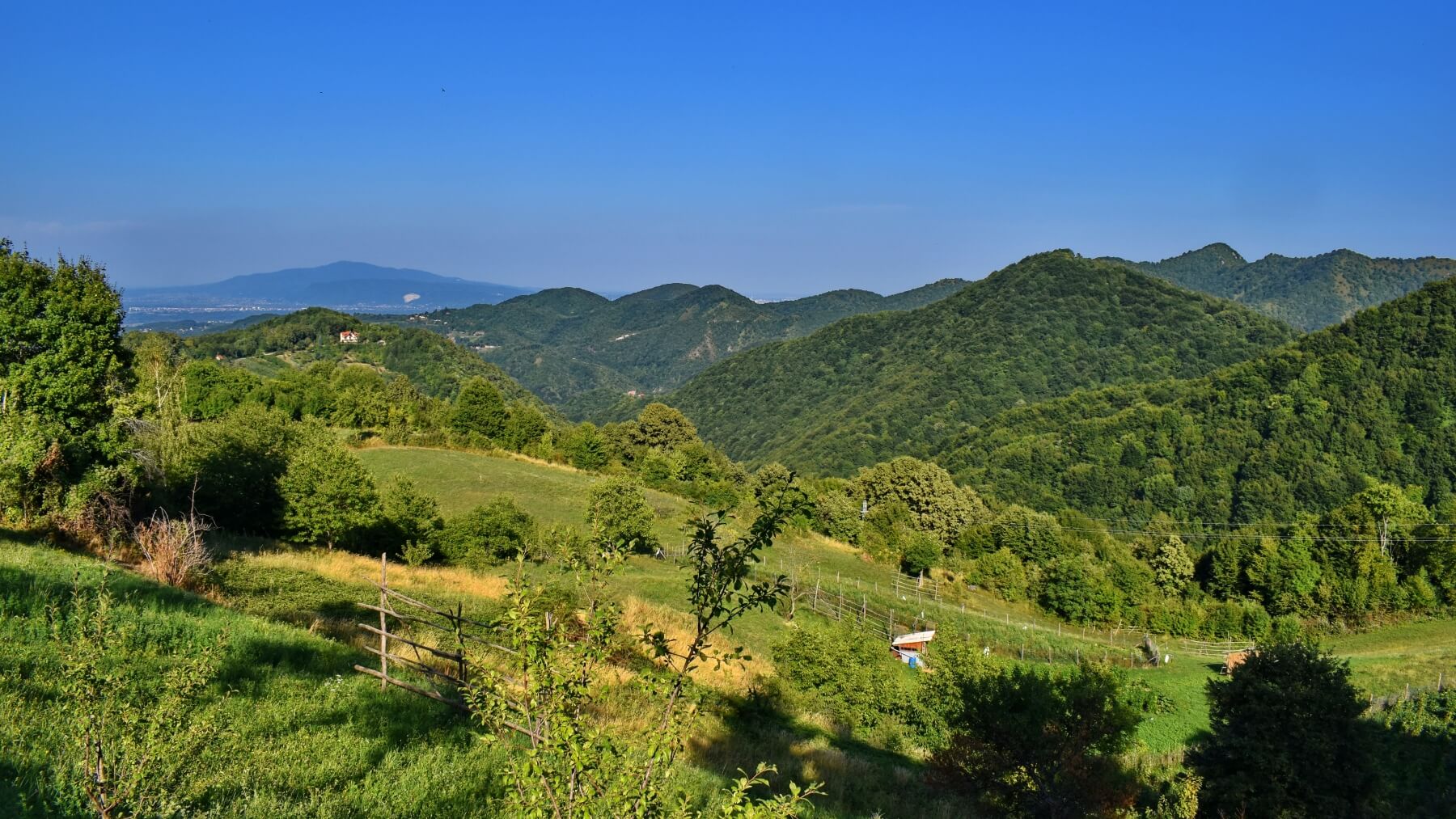
One of the best ways to preserve this beautiful Nature Park, the lifestyles and endeavours of those who live there, is to receive visitors. Visiting such thrilling epic nature is so rewarding in itself, its strange to think that just be being there you're helping to preserve it.
Pronacul: Balancing Tourism, Development and Preservation of Nature
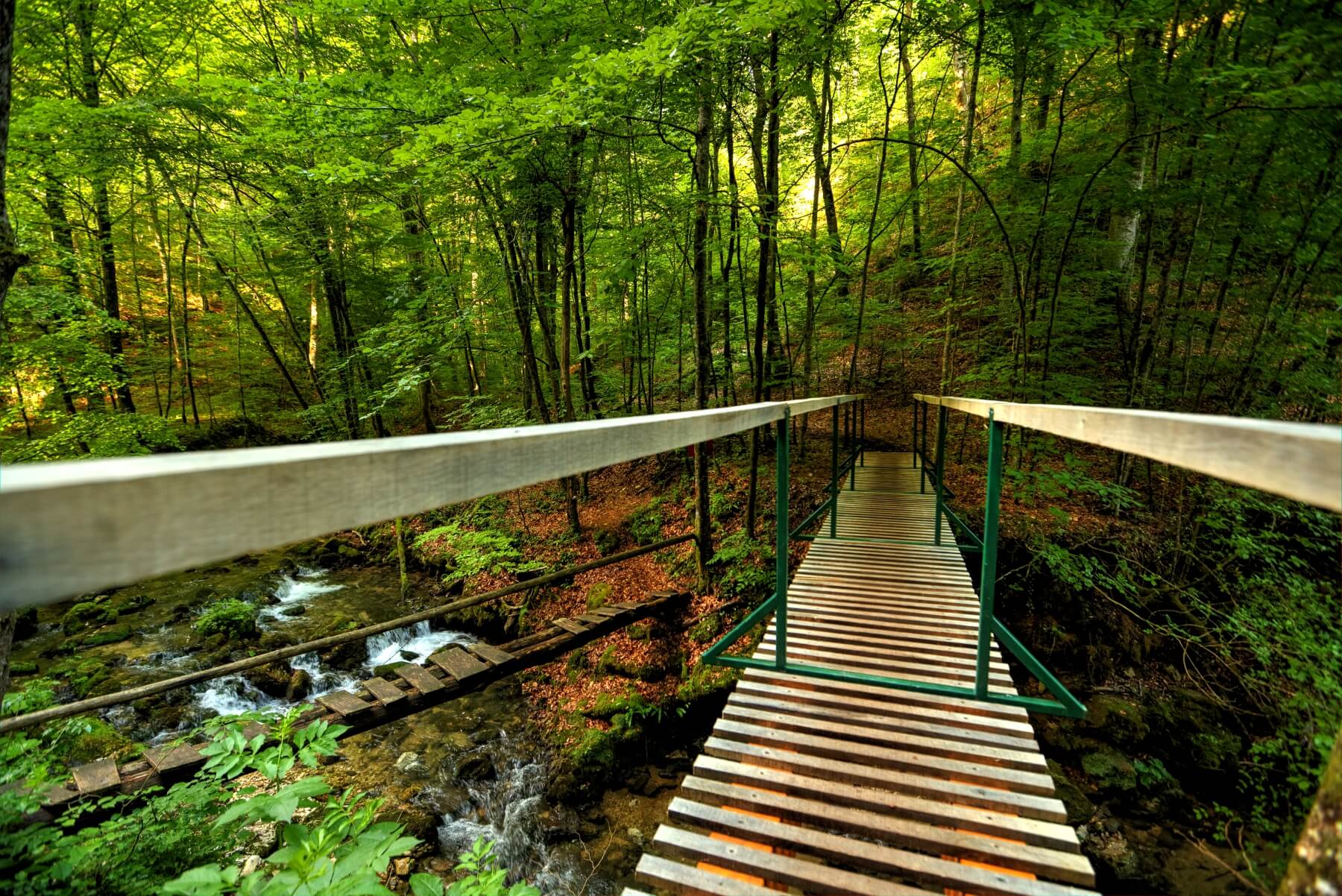 © J. Škof
© J. Škof
Žumberak Samobor Mountains Nature Park and Zagreb County Tourist Board have long been working to balance 1) the preservation of the protected area, 2) increasing and improving the park's visitor offer and 3) implementing development necessary for the quality of life of the local population.
It is to that end that Zagreb County Tourism Board have submitted Žumberak Samobor Mountains Nature Park to join the EU-sponsored Pronacul project. Joining partners in Slovenia, Italy, Greece, Serbia and Bosnia in the scheme, Pronacul's key aim is the promotion of natural and cultural heritage and the development of sustainable tourism in protected areas. The total value of the project is 1.770.348,98 EUR.
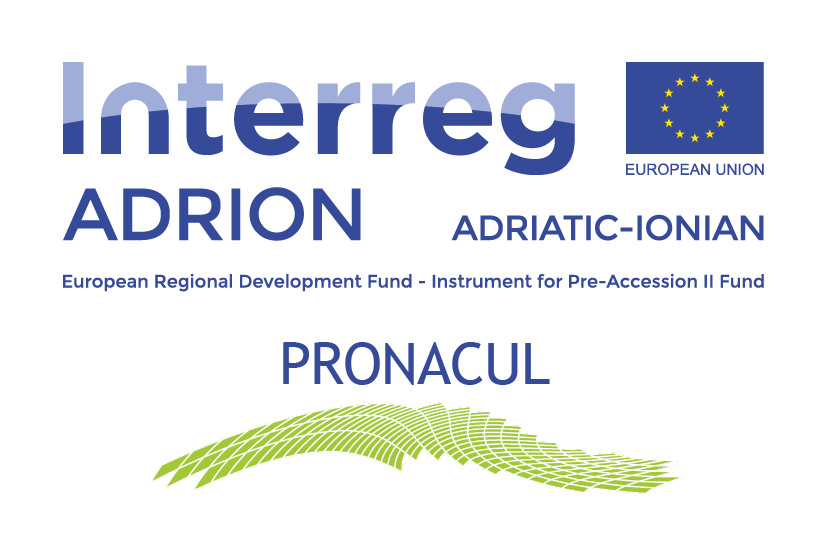
For more ideas of great places to visit and great things to do in Zagreb County, be sure to read our dedicated pages here
Zagreb County Bistra Community Becomes Living Ecomuseum
May 24, 2021 – Preserving the traditions, crafts and heritage of a fascinating corner of Zagreb County, the entire Bistra community has dedicated itself to becoming a living, breathing ecomuseum.
One of the best ways Croatia preserves its heritage is to keep it in use. Diocletian's Palace in Split and the multiple Roman remains in Pula are not preserved behind glass. People live in and among these monuments. They are very much part of the social fabric of today.
Now, one municipality in Zagreb County is about to embrace such notions across its whole territory. The entire Bistra community, located less than 5 km north of the edges of Zagreb City, will become a living, breathing ecomuseum.
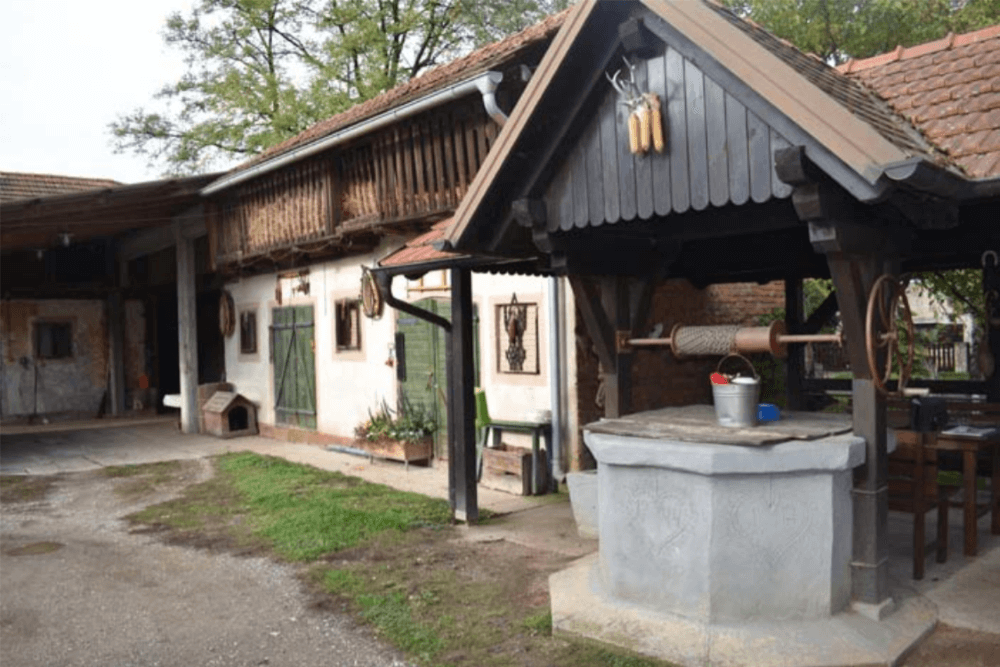 © Udruga Ekomuzej Bistra
© Udruga Ekomuzej Bistra
What is an ecomusem?
While sustainability is an aspect of the ecomuseum concept, an ecomuseum is not strictly about ecological strategies. Instead, it is more about designating a territory - in this case, the Bistra community - as an ever-evolving social and cultural museum.
Whereas a normal museum might be a building, exhibits and guides, an ecomuseum is a place, its heritage, the people who live there … and the skills and memory they have which define the area.
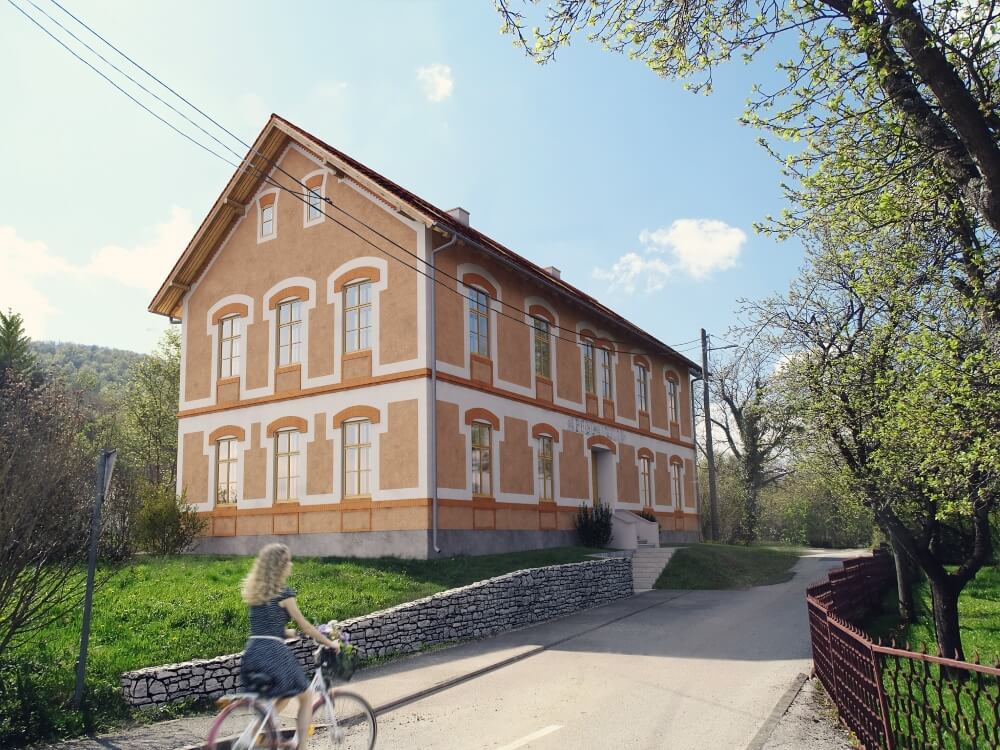 © Lovro Bauer (Fabrika arhitekti d.o.o.)
© Lovro Bauer (Fabrika arhitekti d.o.o.)
Old school building in Poljanica Bistranska
Central to the Bistra community ecomuseum project is the renovation of a special old school building in Poljanica Bistranska. It is a significant and nationally protected work of industrial architecture from 1878. Within Zagreb County, it is one of the few preserved school buildings from that period. Back in the days when it was a school, it held a garden and orchard where school children grew fruits and vegetables to eat and distribute to the poor.
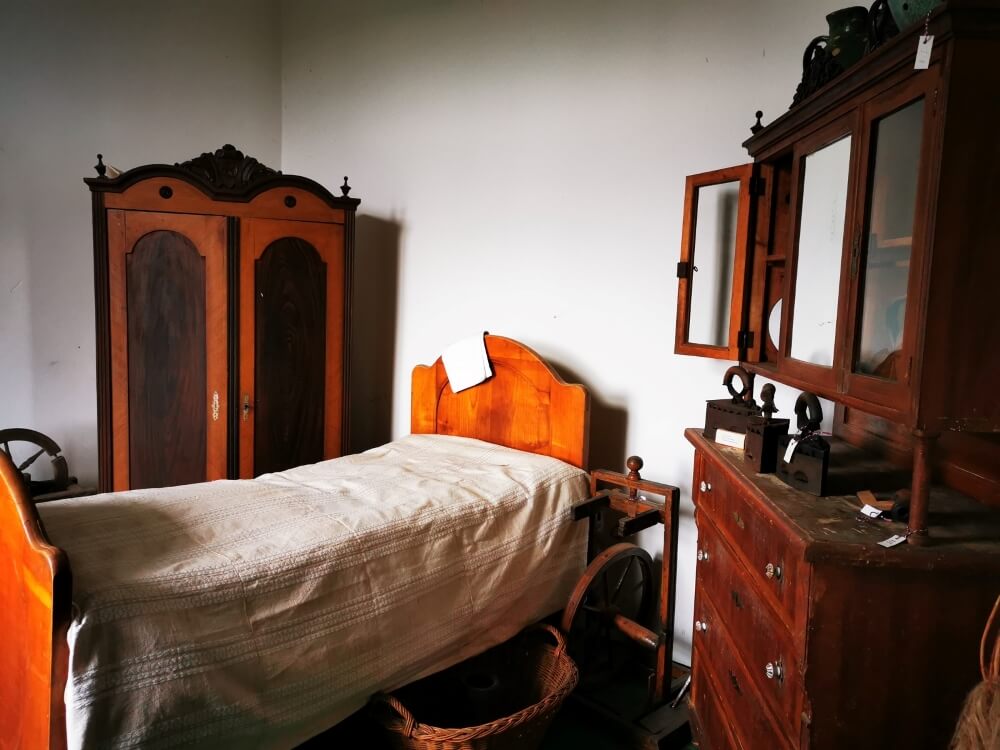 © Lina Malek / Udruga Ekomuzej Bistra.
© Lina Malek / Udruga Ekomuzej Bistra.
The building is in the process of undergoing a HRK 11,979,150 renovation, largely funded by the European Union from the European Structural and Investment Funds. Upon completion, the building will showcase examples of how the Bistra community have lived through the ages. Additionally, it will have a permanent exhibition called Bistra 1209 (when Bistra is first mentioned). Traditional culture, life and customs of the Bistra community will be displayed. For example, wedding customs, folklore, traditional decoration of people and space, agriculture, produce, superstitions and beliefs.
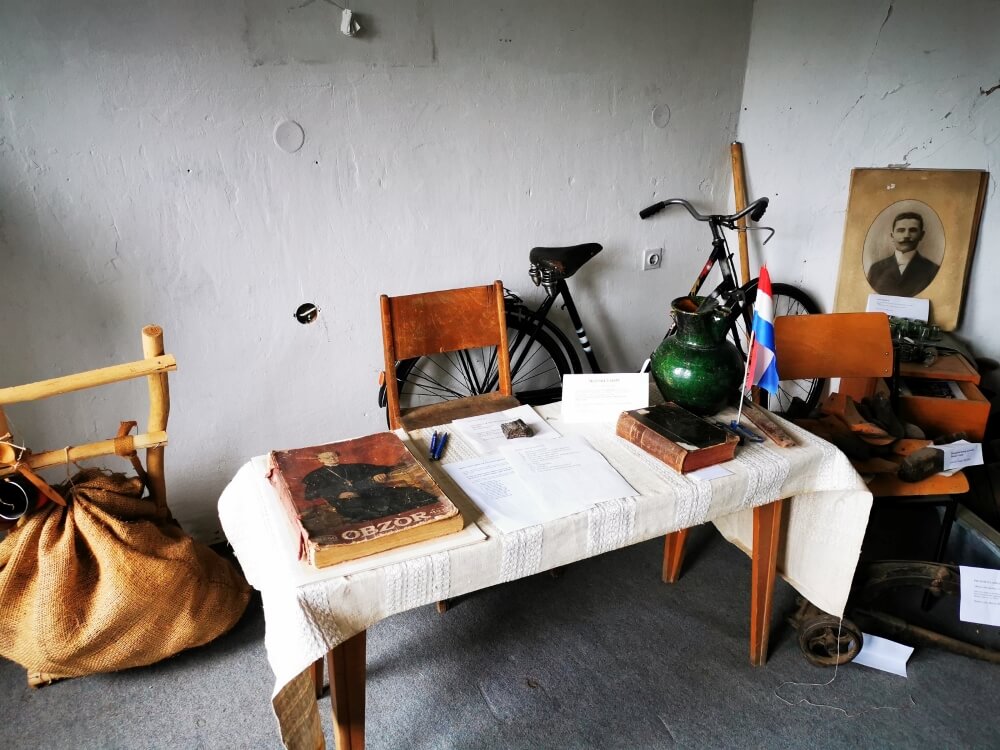 © Lina Malek / Udruga Ekomuzej Bistra.
© Lina Malek / Udruga Ekomuzej Bistra.
Ecomuseum in the Bistra community
Outside of the building, more aspects of the Bistra community to be protected under the ecomuseum project include, buildings, industry and arts & crafts. For instance, over 200 traditional wooden hut structures have been identified in the area. Some are incredibly picturesque and still very much in use.
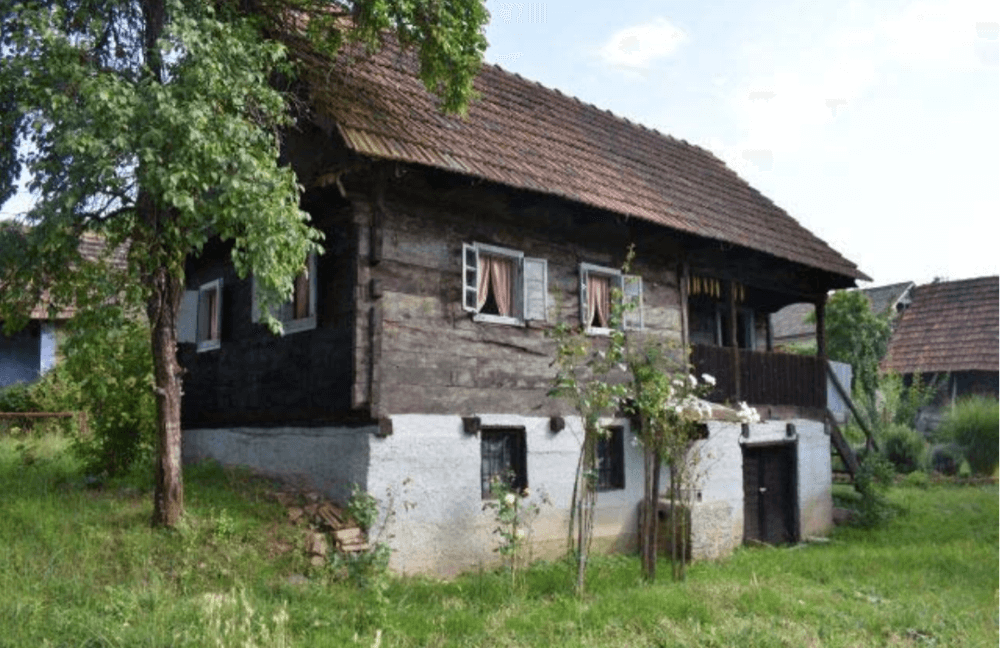 © Udruga Ekomuzej Bistra
© Udruga Ekomuzej Bistra
Within the region's key arts & crafts, the production of jewelry will be preserved. The making of kraluš – a type of neck jewelry using multicolored glass beads – is traditional in this part of northwestern Croatia. Within the canon of this recognised, regional skill, the Bistra community has two inclusions unique to them - bistranski kraluš and kravatlin.
Within the section of industry, the area's traditional production of wood charcoal in vuglenice (charcoal pits) is included. A centuries-old practice, it was once highly significant to the economic sustainability of the highland and forest regions of Croatia.
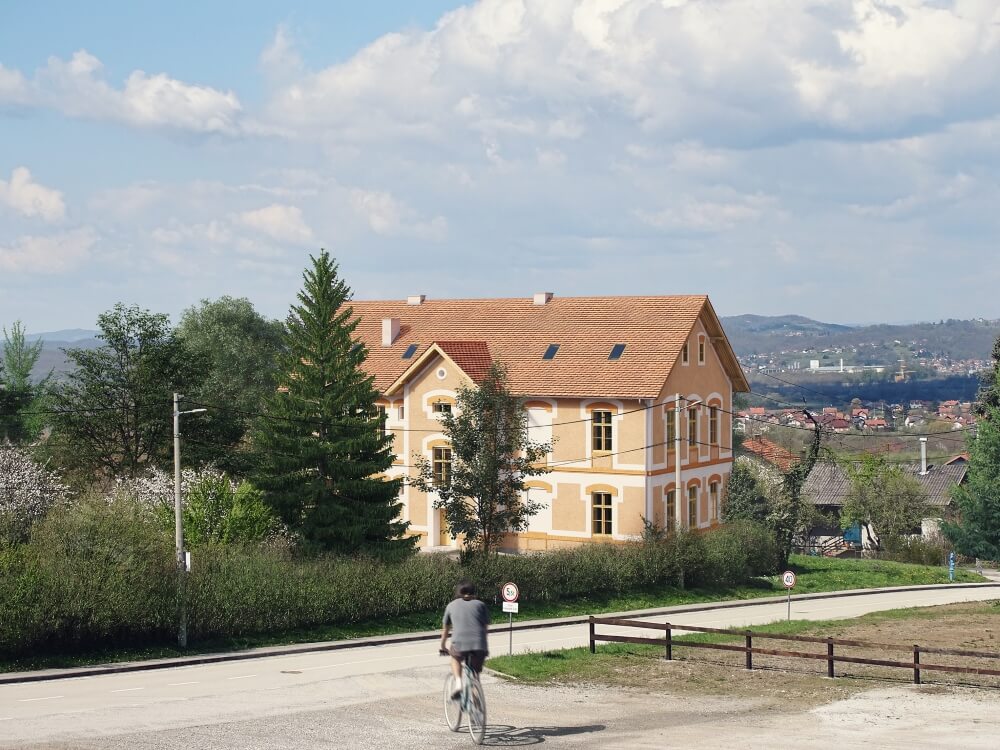 © Lovro Bauer (Fabrika arhitekti d.o.o.)
© Lovro Bauer (Fabrika arhitekti d.o.o.)
The completion of work on the old school building of Bistra community ecomuseum is expected by September 2023. But, the development of the area itself as an ecomuseum is a project that is happening now and will never end. Like Bistra's beloved Medvednica Nature Reserve or it's famous Oršić Castle in Gornja Bistra, you can go discover and enjoy them today.
Both the author and Total Croatia News would like to extend their thanks to the following for providing the assets and information necessary for this article: Zagreb County Tourist Board, Klementina Batina and Lina Malek of Udruga Ekomuzej Bistra.
Tourist Boards in Zagreb County Develop Gourmet and Cultural Tourism
January 19, 2021 – Tourist boards in Zagreb County are uniting in two projects – to develop and promote cultural and gourmet tourism.
The new Law on Tourist Boards and the Promotion of Croatian Tourism encourage the tourist boards' association, both project-wise and formally. Local and regional tourist boards, as well as tourist boards and local self-government units that do not have an established tourist board for their area, may join a project (agreement) association.
Many tourist boards have already taken advantage of this opportunity, such as the Zadar Archipelago and Southern Istria tourist boards, and more recently, the tourist boards in Zagreb County.
Namely, they unite to promote and develop cultural and gourmet tourism. As the Zagreb County Tourist Board director Ivana Alilović points out, their goal is to intensively promote the Zagreb Green Ring region and existing tourist products and programs.
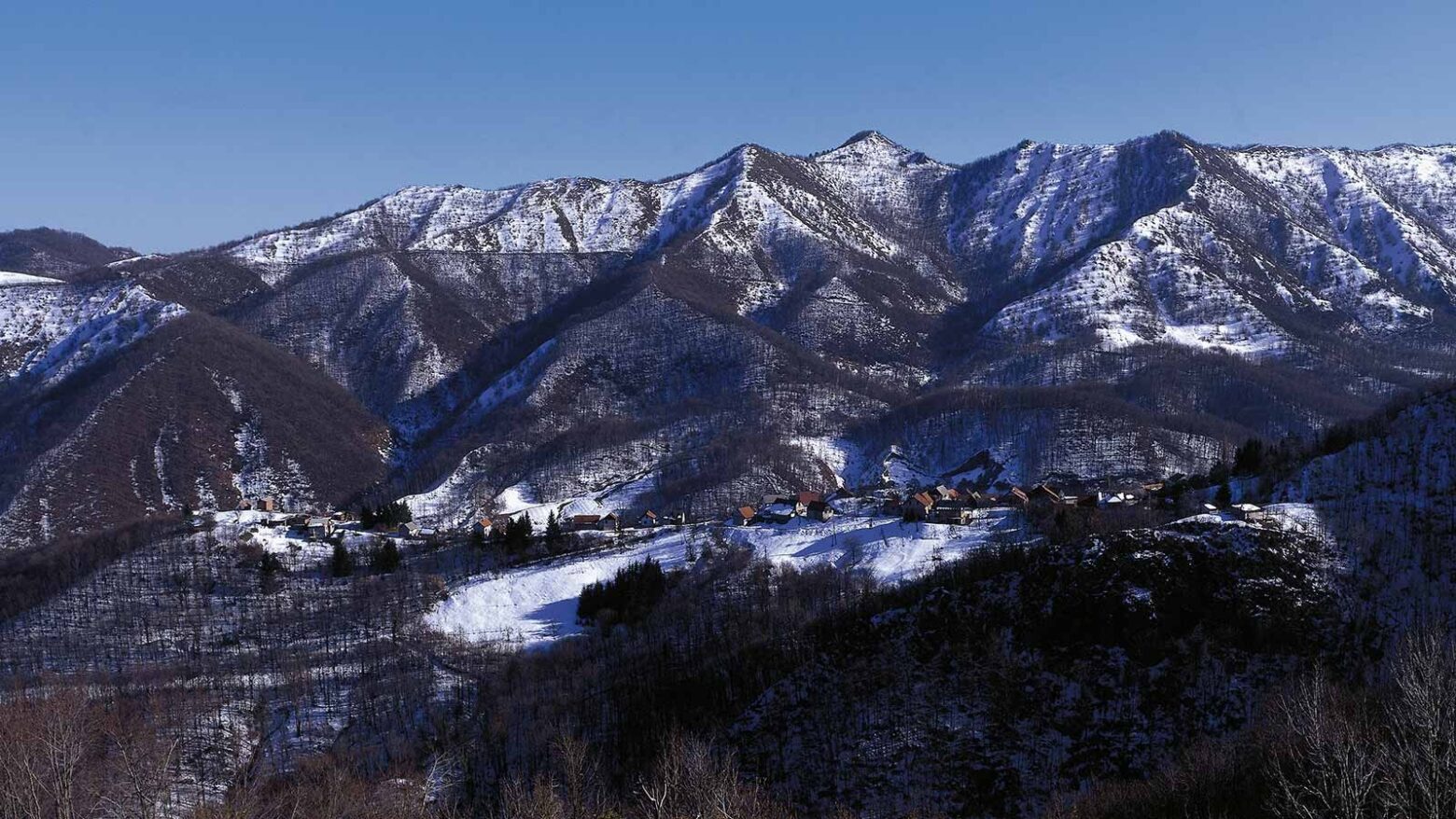
Scene from Zagreb County / Romeo Ibrišević, Zagreb County Tourist Board
"Our goal is integrated quality management of the Zagreb County's tourist destination product, which will reduce the gap between the level of quality that tourists expect and the level of quality that the destination can provide and deliver. Also, we want to improve the quality and content of Zagreb County tourism product, increase tourist satisfaction and tourist spending in Zagreb County and the benefits for entrepreneurship in catering and tourism," says Alilović.
Gourmet tourism in Zagreb County
Local tourist boards of Jastrebarsko, Samobor, and Sveti Ivan Zelina cities have concluded an agreement on the local Zagreb County Tourist Boards' association. In this first project, the joint activity will be the development of gourmet tourism. Wine roads and cheese roads are among the many tourist attractions of rural, eno, and gastro tourism of Zagreb County.
Vineyards and wine cellars in Zagreb County are located on three wine roads – Plešivica Wine Road, Zelina Wine Road, and Samobor Wine Road. Along wine roads, you can find Purtugizec Plešivica and Kraljevina Zelina wines from the Zagreb County brand, as well as Bermet, a traditional and widely recognized Samobor aromatized wine.
Also, there are wines produced from indigenous varieties Plavec yellow, sweet Zelenac, and Šipelj, and many other wines such as Chardonnay, Sauvignon, black, gray, and white Pinot, Rhine Riesling, Traminer, Frankovka, Škrlet, yellow Muscat, Šipon.
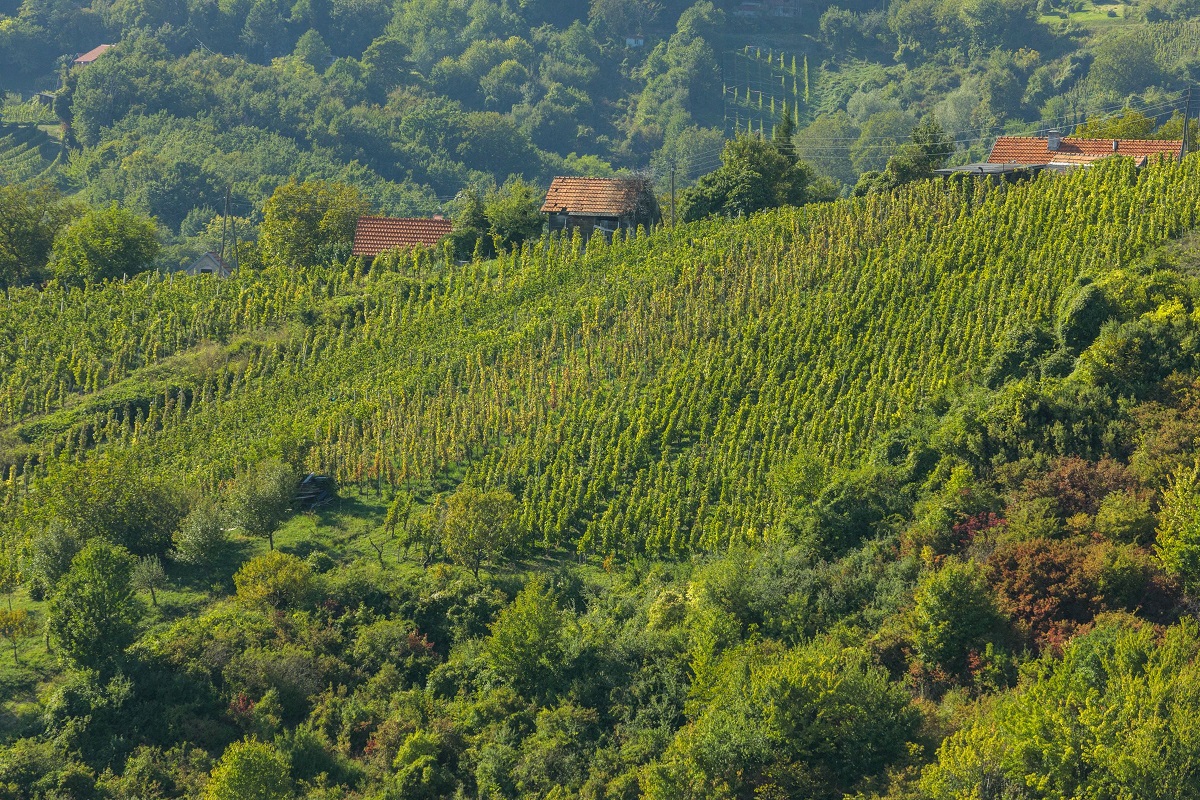
Vineyards in Jastrebarsko / Copyright Romulić and Stojčić
The main goals of the association through the gourmet tourism project are:
- The smart specialization of Zagreb County.
- The development of a tourist destination for gourmet tourism.
- Improving the value chain of gourmet tourism.
- Digitalization and application of new technologies.
- Multi-sector connectivity.
- Development of local production systems (Agri-food).
- Positioning and promotion of Zagreb county.
Cultural tourism in Zagreb County
Cultural tourism in Zagreb County is based on protected natural heritage and cultural and historical heritage. Zagreb County has a rich treasury of natural heritage and beauty. It has many protected natural areas, which contribute to the development and success of cultural, hiking, picnic, and sustainable tourism in Zagreb County.
The association project aims to establish a basis for the integrated management of cultural tourism. Alilović says they want to create a recognizable tourist destination product that will be the main instrument for encouraging tourism competitiveness in Zagreb County. She adds that cultural resources are the leading destination's product in the promotion of a tourist destination, and what makes one destination different from the other is its intangible cultural heritage.
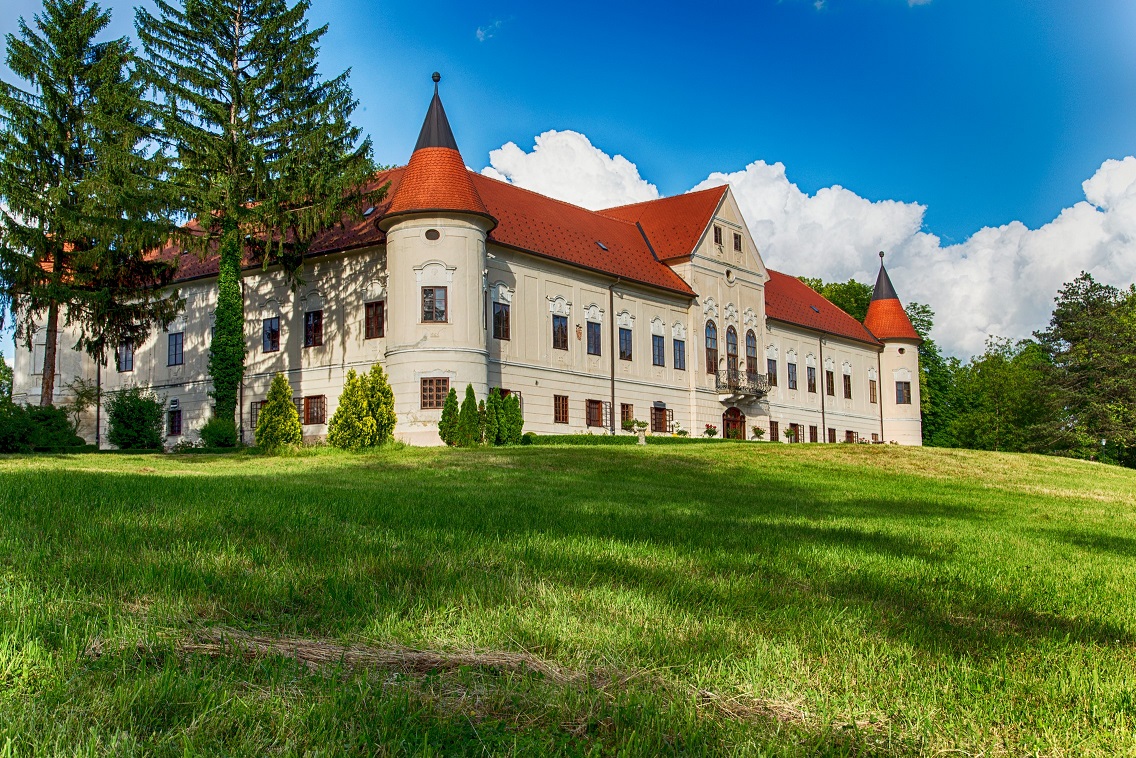
Lužnica Castle, Zaprešić / Zagreb County Tourist Board
"Heritage is the essential element by which a tourist destination's management attracts tourists to the destination. It is an attractive basis for branding. Creativity based on traditional intangible heritage thus pushes the boundaries of the mere functionality of a product.
Through the example of a cultural thematic route, we seek to show how myth can become a potential attractive basis for the development of mythological tourism in Zagreb County. The thematic route's stories and locations offer a choice according to criteria of collective and personal importance. Therefore, the thematic route is an open system that can be toured individually or organized with expert tourist guidance.
Special attention was given to the local identity. For example, the customs of St. George and St. John were highlighted, as well as other customs that are traditionally woven into the Zagreb County and surrounding regions," says Alilović.
The tourist offer of Zagreb County abounds in cultural and historical heritage, such as stories and legends, wooden construction, sacral construction, indigenous architecture, and archaeological finds and monuments of its rich past.
Zagreb County can also boast more than 200 cultural and historical heritage sites. Among them, castles Novi dvori Jelačićevi are a unique example of a complete manorial-economic complex preserved to this day. Then there are forts, manor houses, rich wooden sacral heritage, of which the most prominent is the chapel of St. Barbara in Velika Mlaka. A beautiful example of autochthonous secular architecture is the manor house (curia) Modić-Bedeković in Donja Lomnica. A special attraction is the memorial room of Alojzije Stepinac in Krašić.
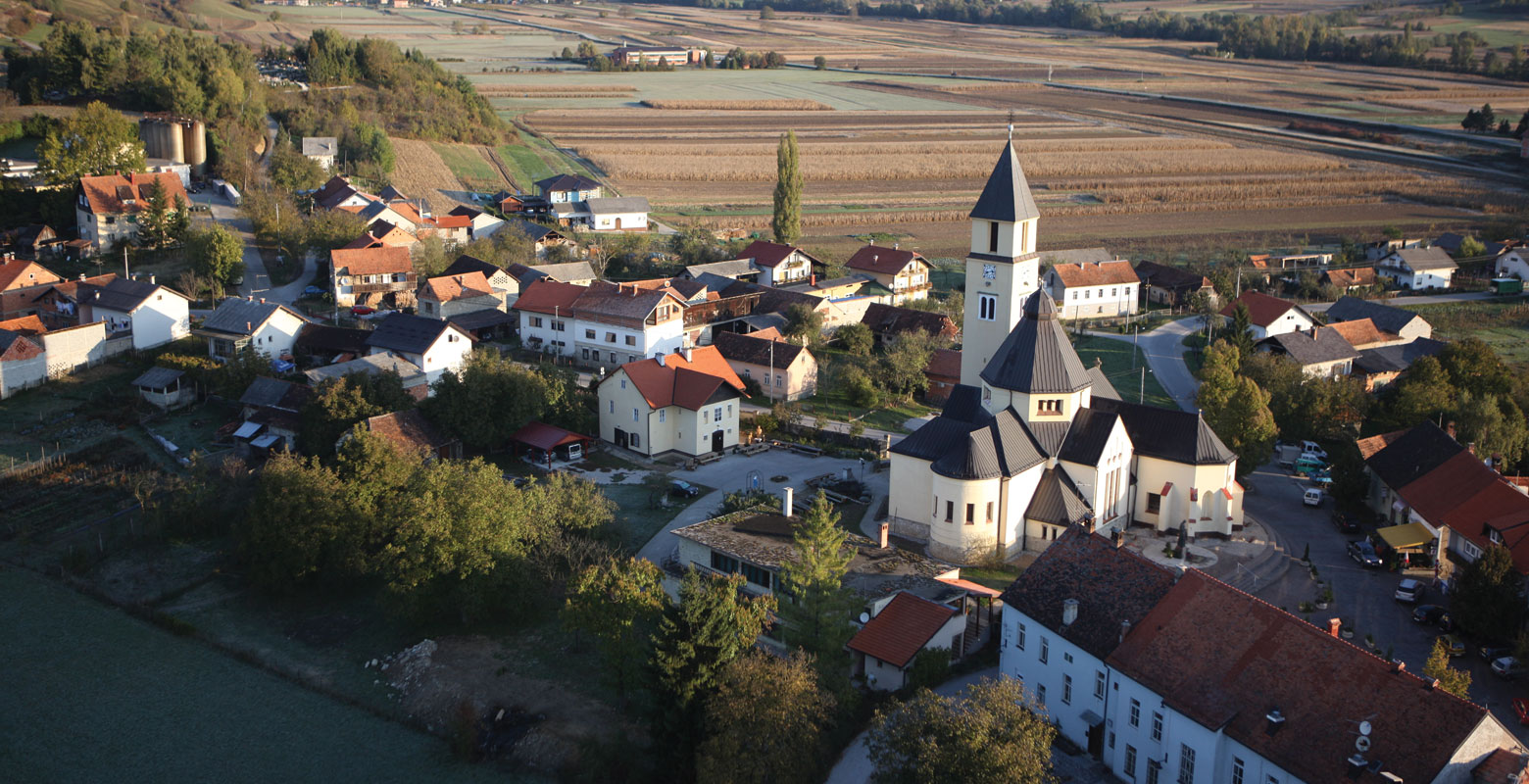
Krašić, Zagreb County / Zagreb County Tourist Board
Valuable is the archeological finds in Ščitarjevo, not far from Velika Gorica, and Budinjak (10th-6th centuries BC), one of the most important prehistoric archaeological sites in Croatia.
The project area includes the tourist boards of the cities of Zaprešić, Velika Gorica, Vrbovec, and Dugo Selo, the tourist boards of the municipalities of Pisarovina and Krašić, and the tourist board of area of the Sava-Sutla valley and hills.
"Agreements of project association in the Zagreb County Tourist Board are an example of planned activities. It is clear that the destination through joint action has the opportunity to better position itself in the market and develop projects that will stimulate overall economic development," said Alilović.
Alilović concludes that the association should result in numerous synergy effects. Not only in quality but also much-needed cost-effectiveness of promotion and project implementation.
For the latest travel info, bookmark our main travel info article, which is updated daily.
Read the Croatian Travel Update in your language - now available in 24 languages.
Join the Total Croatia Travel INFO Viber community.
In Cultura Veritas: Successful International Cooperation of 40 Winemakers
December 6, 2020 – With the project In Cultura Veritas, 200 kilometers of wine roads and 80 cultural heritage sites were connected in the cross-border area between Zagreb County in Croatia and the Obsotelje and Kozjansko subregions in Slovenia.
As Lokalni.hr reports, the main goal of this recently completed project, which lasted 28 months and is worth one million euros, was to contribute to the attractiveness, attendance, and protection of the cultural heritage of the area and increase economic activity through the development of a new sustainable cross-border destination. The goals were also to strengthen the capacity of local stakeholders and the comprehensive promotion of tourist destinations from the Zagreb County and the Slovenian subregions Obsotelje and Kozjansko.
The In Cultura Veritas project was implemented by Zagreb County, with partners the Museum Documentation Center and the Association of Croatian Travel Agencies. Slovenian partners were the Sotla Development Agency, the Municipality of Šmarje pri Jelšah, and the Maribor Agricultural and Forestry Institute.
On behalf of Zagreb County, the project was presented by Ivana Rendulić Jelušić, who pointed out that thanks to this project, the attractiveness of the offer of cultural and wine tourism in Zagreb County was increased following the requirements of modern visitors.
The cooperation of about 40 winemakers from the area of Zelinska, Samoborska, and Plešivička wine roads, the towns of Samobor, Jastrebarsko, and Sveti Ivan Zelina, and their city museums have borne fruit.
As Večernji.hr reports, the attractions of wine and cultural tourism within the new destination have been promoted by the application of modern digital tools, the improvement of the visitor infrastructure, and the renewal of cultural heritage.
This project idea was developed thanks to the recognition of common and insufficiently promoted tourism potentials in the cross-border project area. The area has a rich and somewhat forgotten cultural and historical heritage preserved in about 80 cultural heritage sites located along 200 km of wine roads.
The centuries-old tradition of wine production is an important part of life in this area, and the quality of the wine is confirmed by numerous awards that adorn the walls of wineries on Plešivica, Zelina, Samobor (Croatia), and Šmarje-Virštanj wine roads (Slovenia). It is in this area that the oldest vine in the world is located, the one from Maribor. Also, the fluttering and fresh white wine Kraljevina, which is believed to have been drunk by the famous Beethoven, is an autochthonous variety produced only in the Zelina area in Croatia.
Zagreb County was the leading partner of this project and thus digitized the tourist offer of the new cross-border tourist destination. A digital catalog with the cultural and wine offer of this area is available on the project website, where you can find information about winemakers, museums, natural heritage sites, photographs, multimedia content, and interesting facts and legends about famous people associated with the project area.
The digital catalog is also available on a mobile application, as well as on tourist machines and smart benches set up by the Zagreb County in the center of the cities involved in the project – Sveti Ivan Zelina, Jastrebarsko, and Samobor.
To read more about lifestyle in Croatia, follow TCN's dedicated page.


